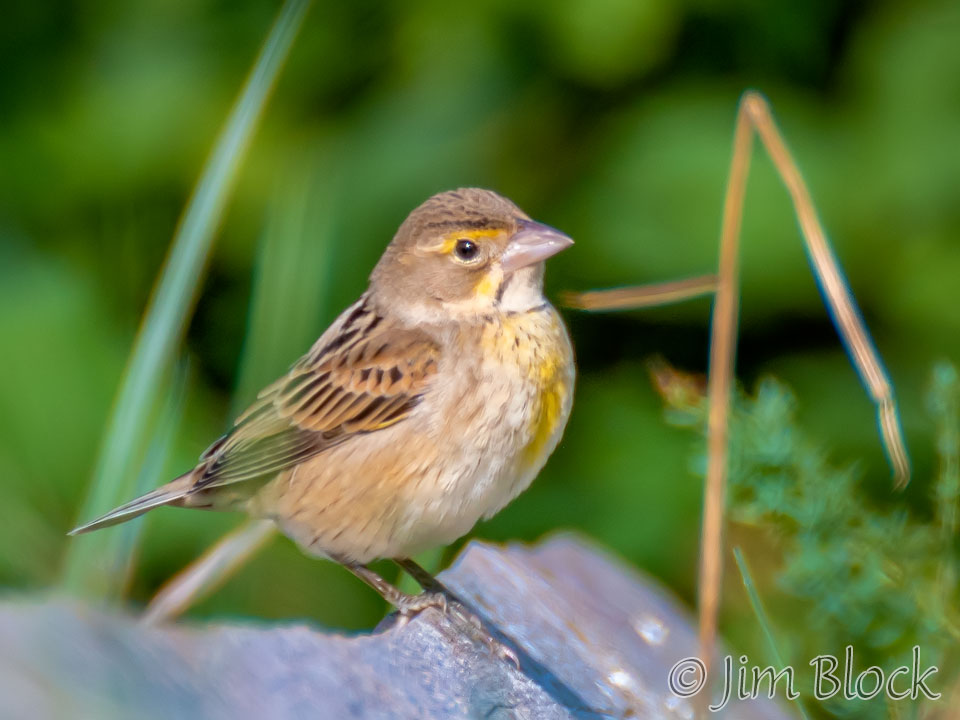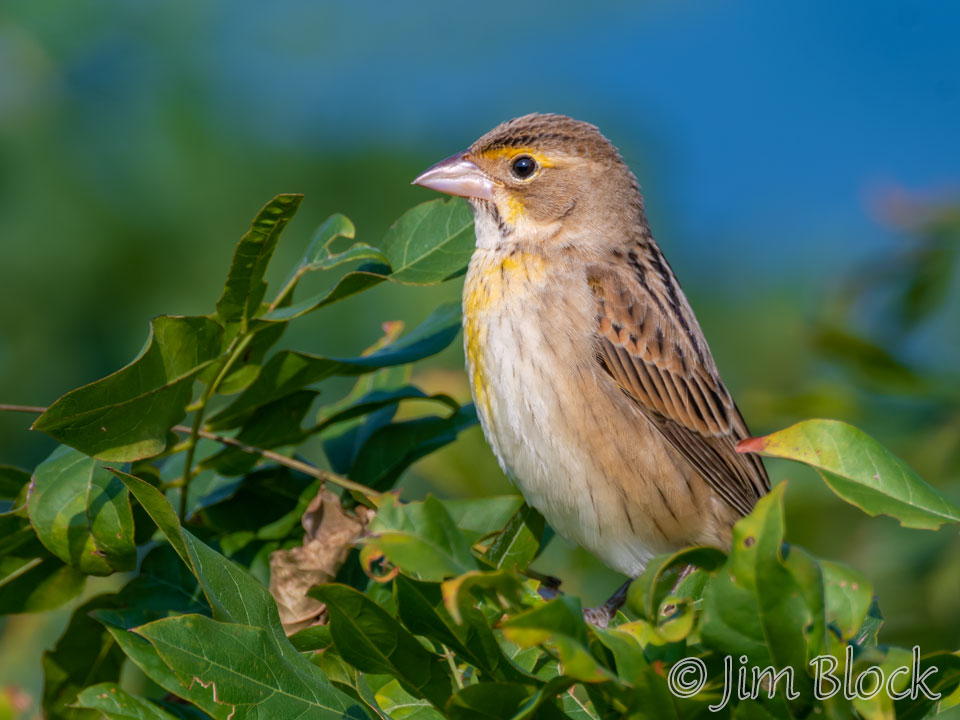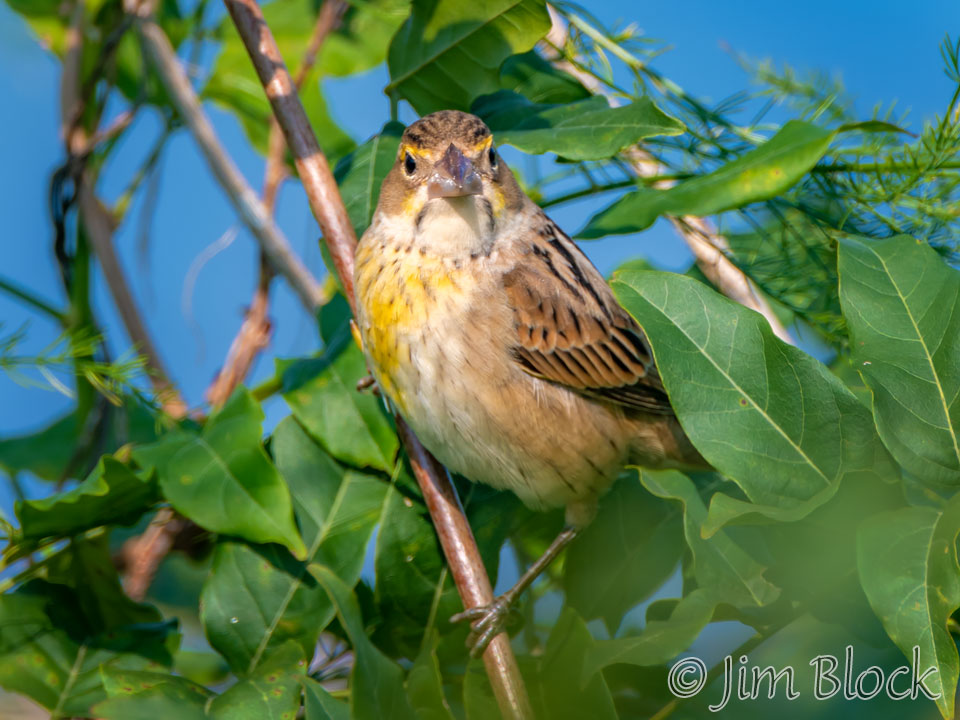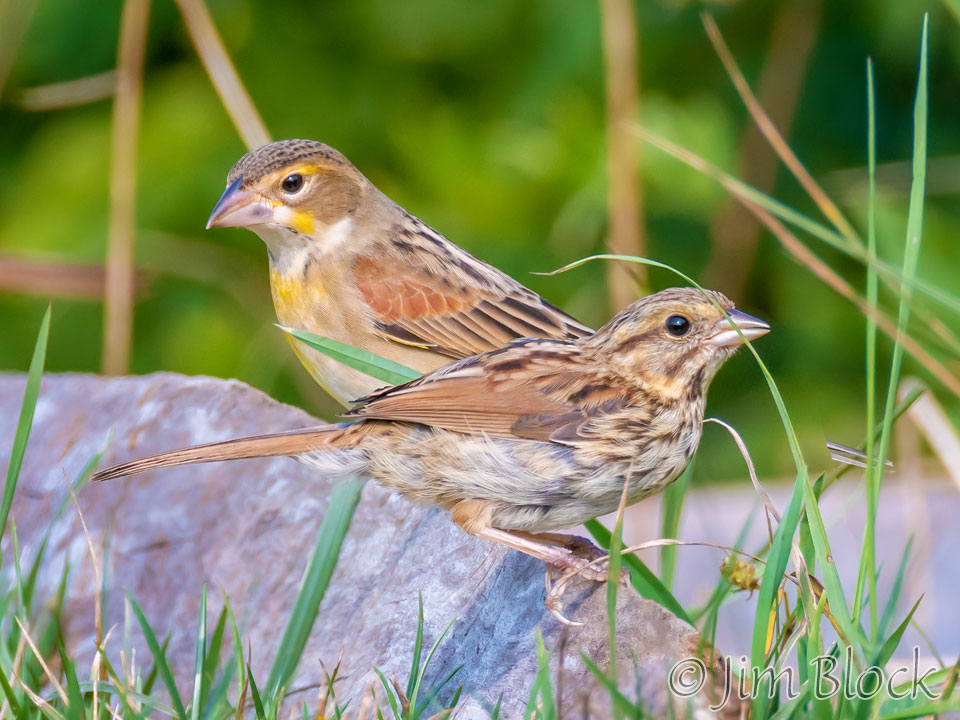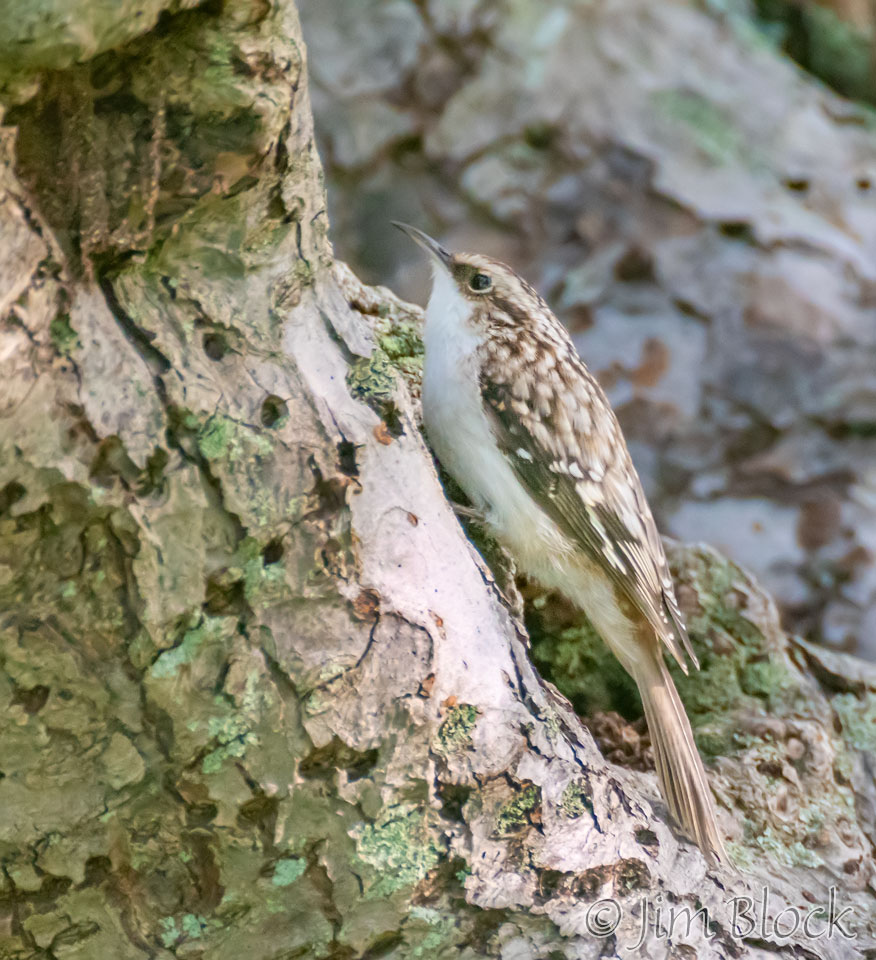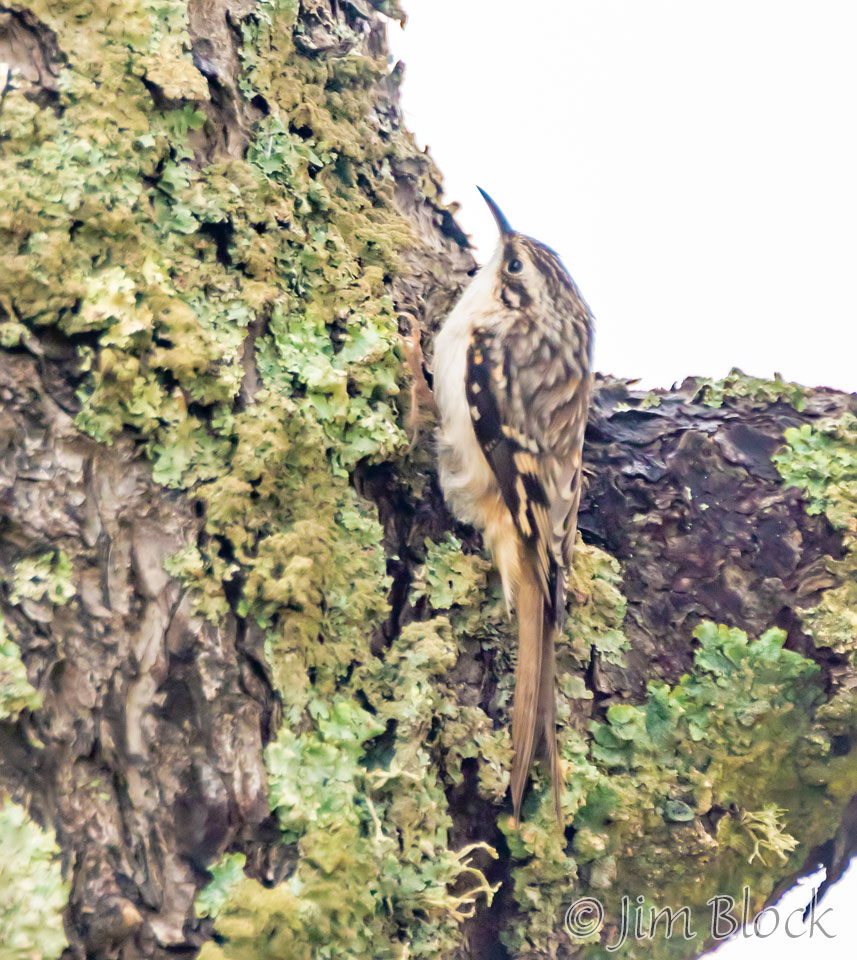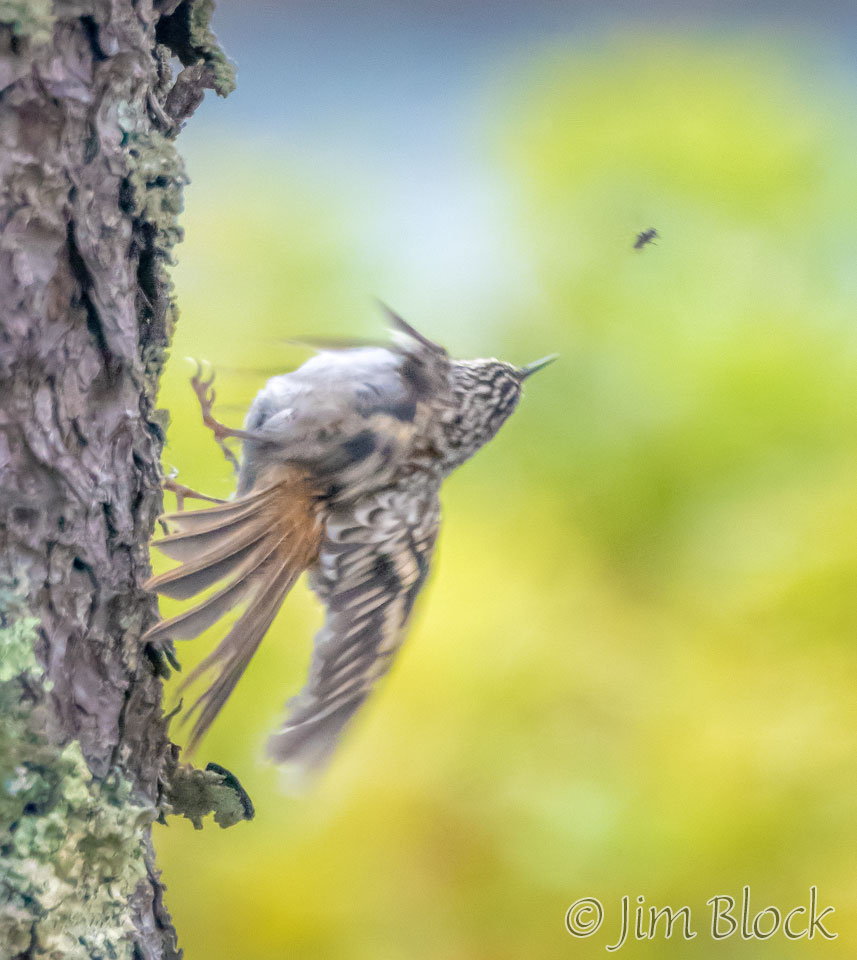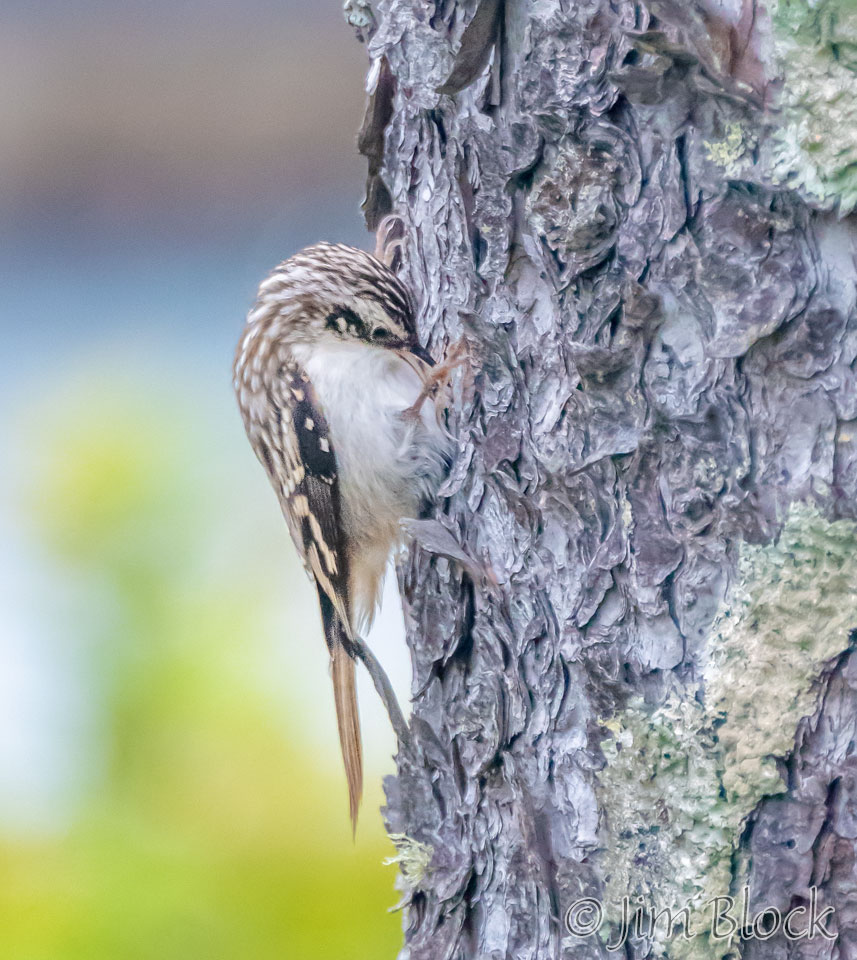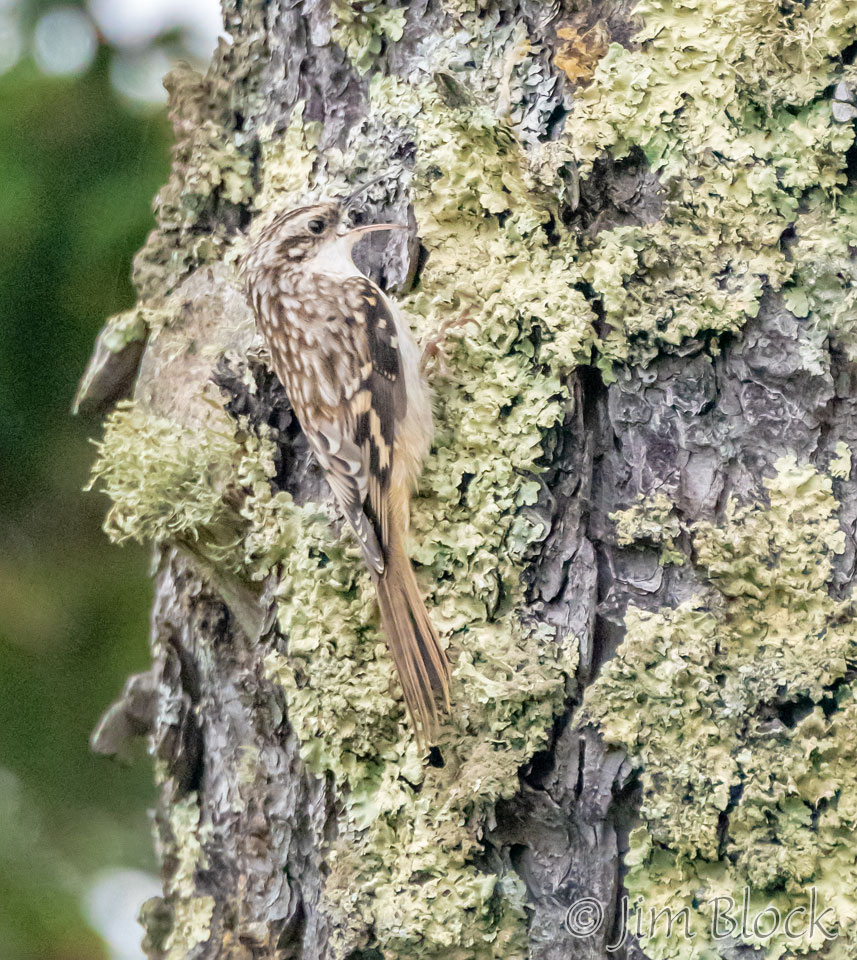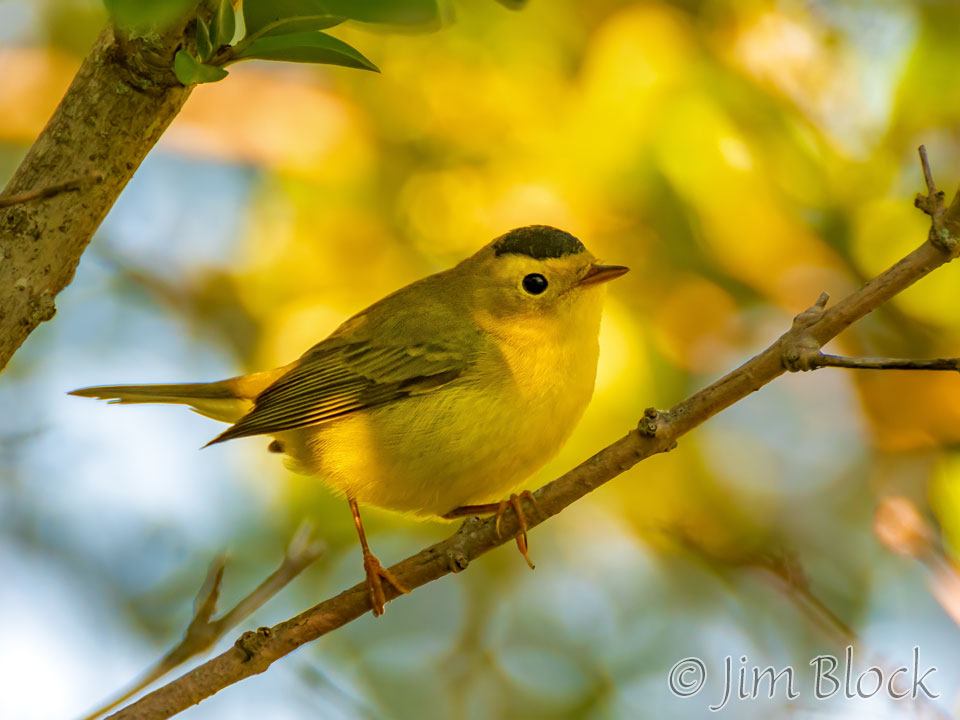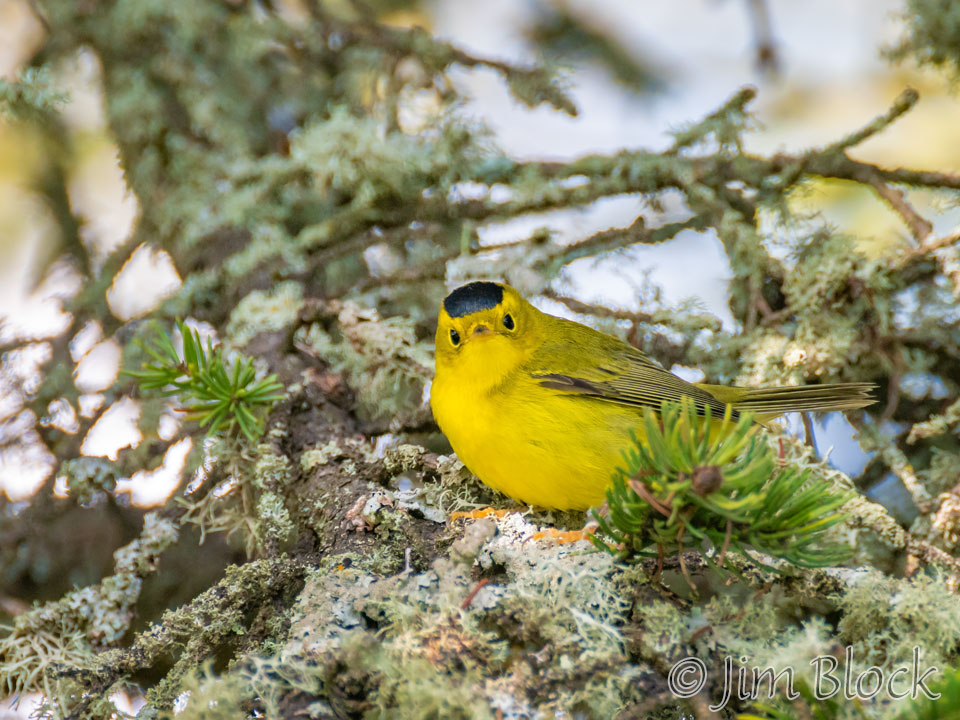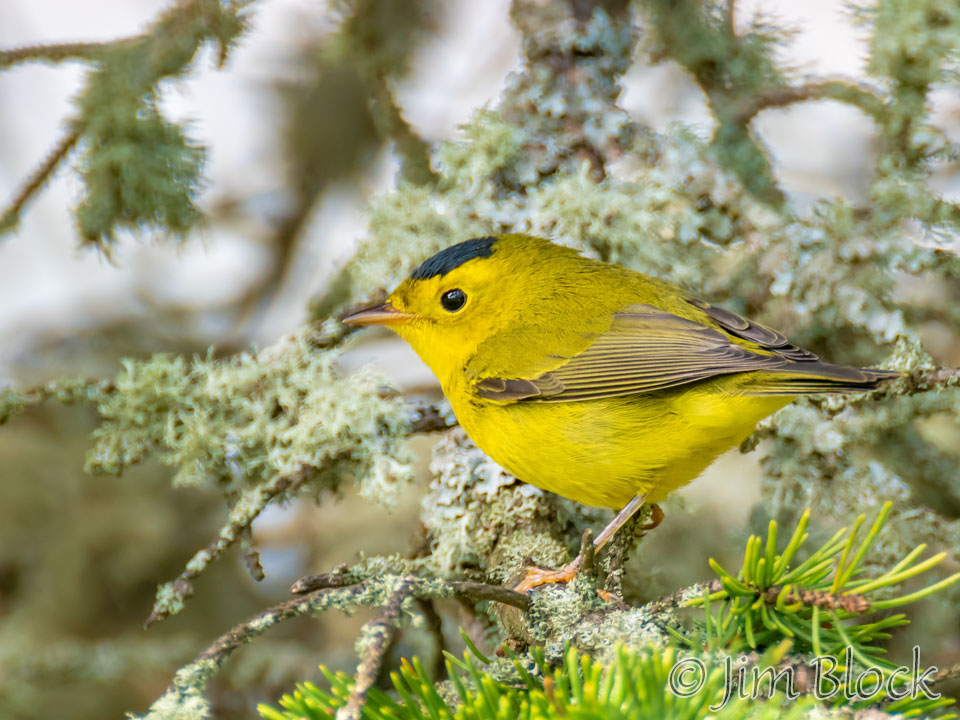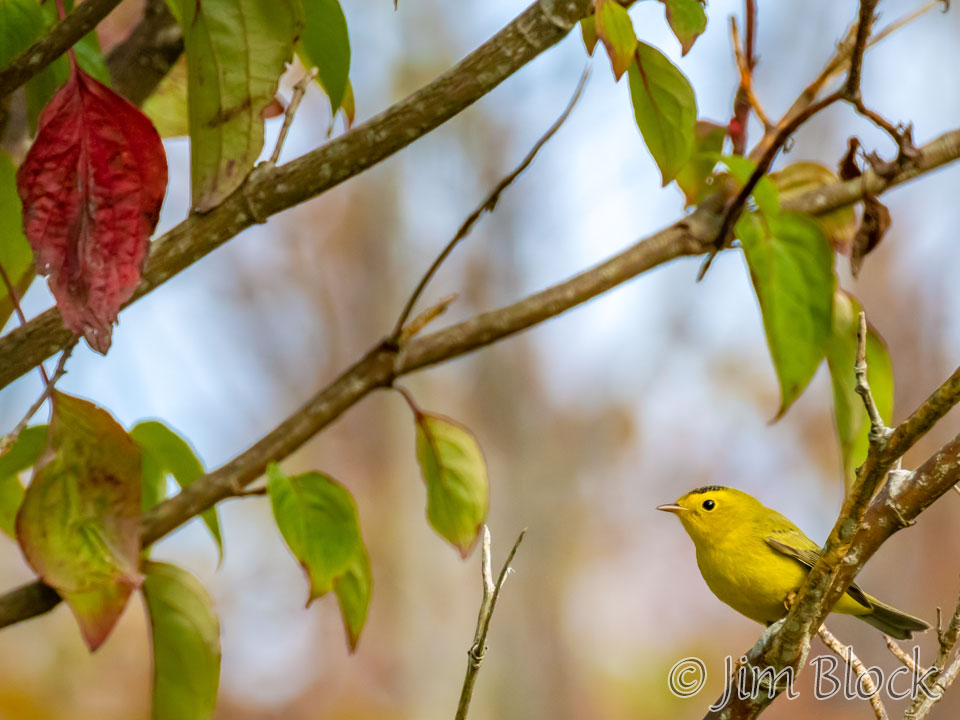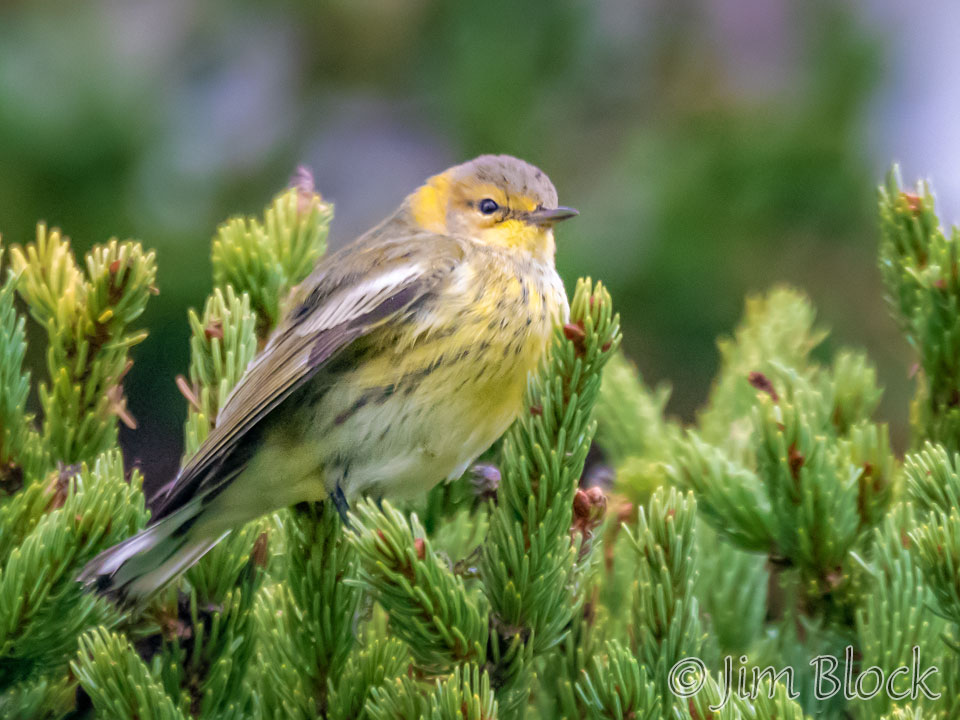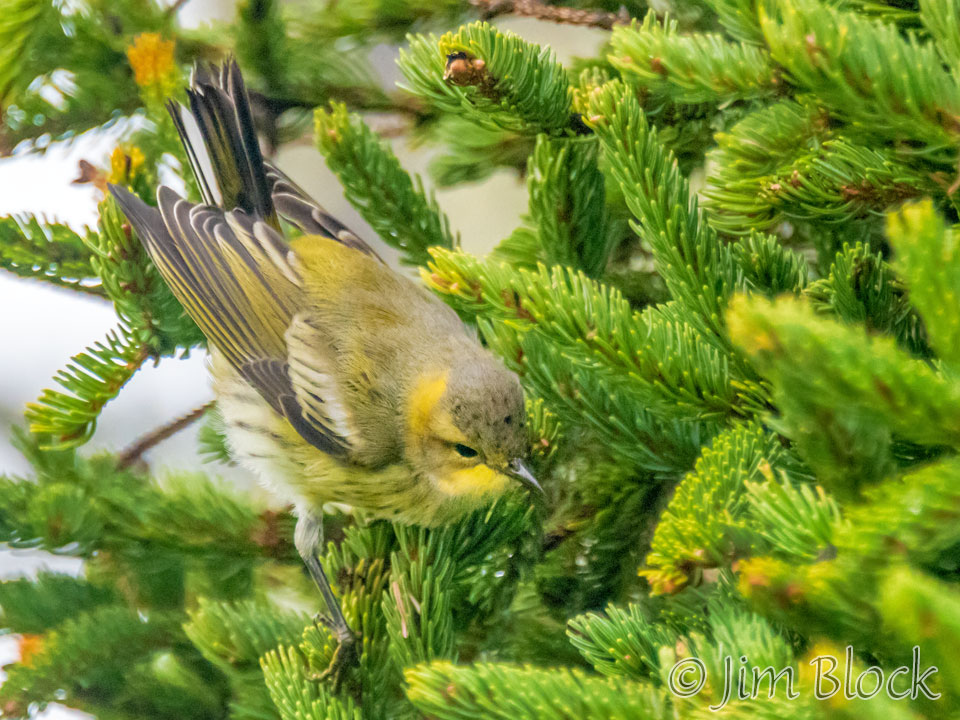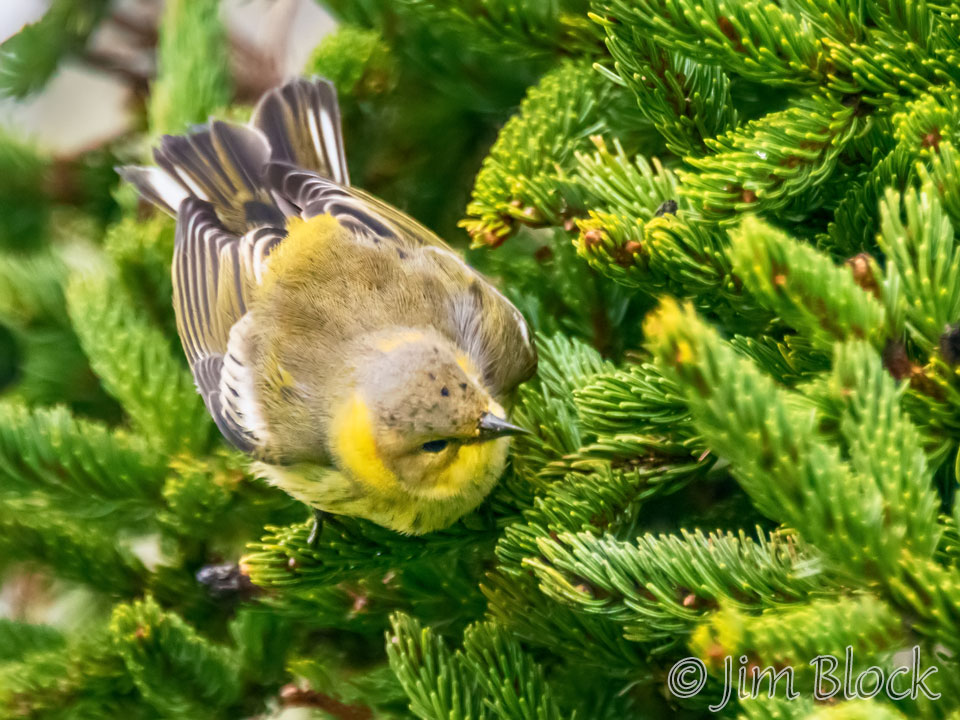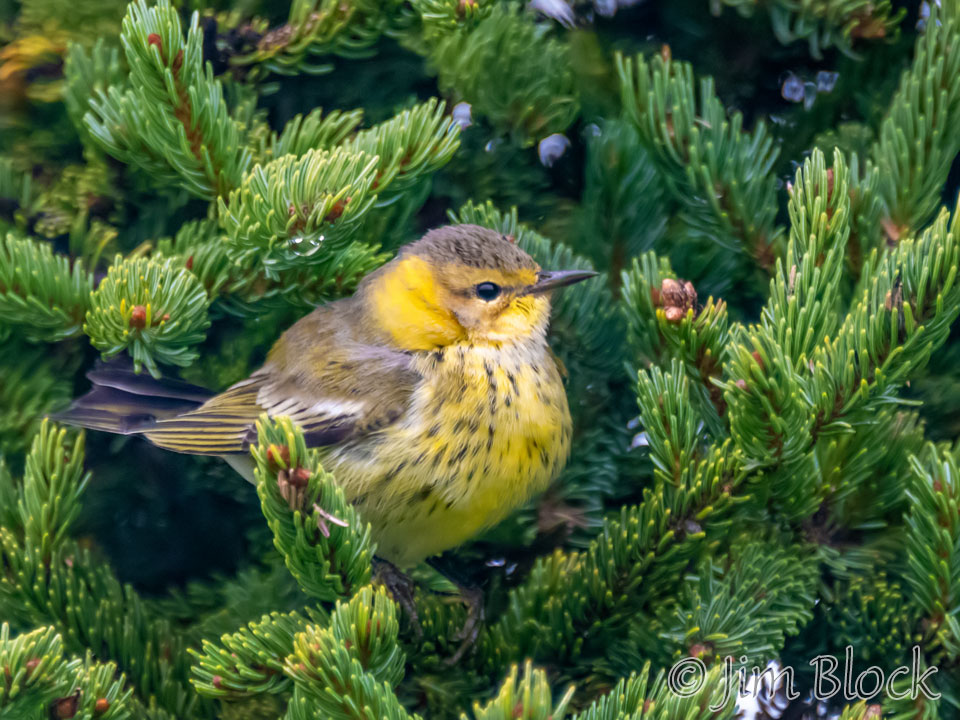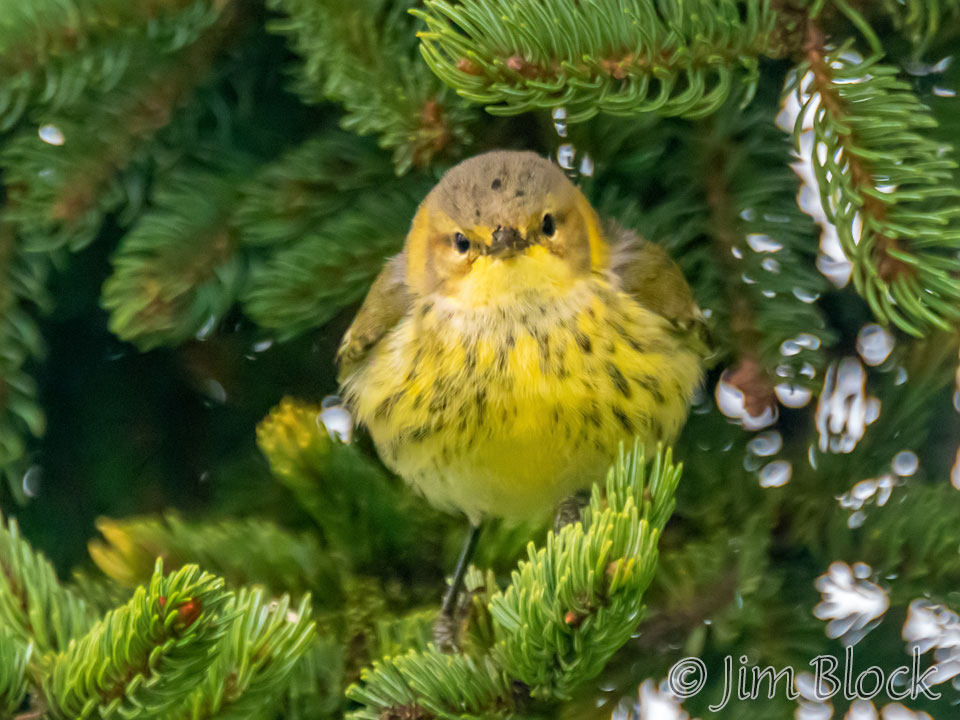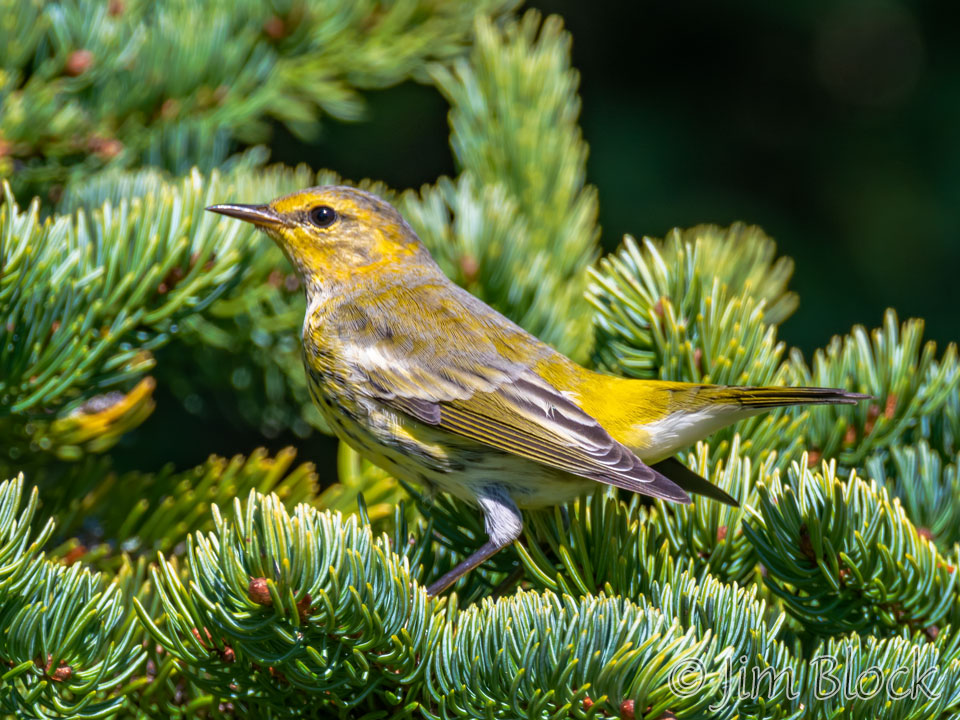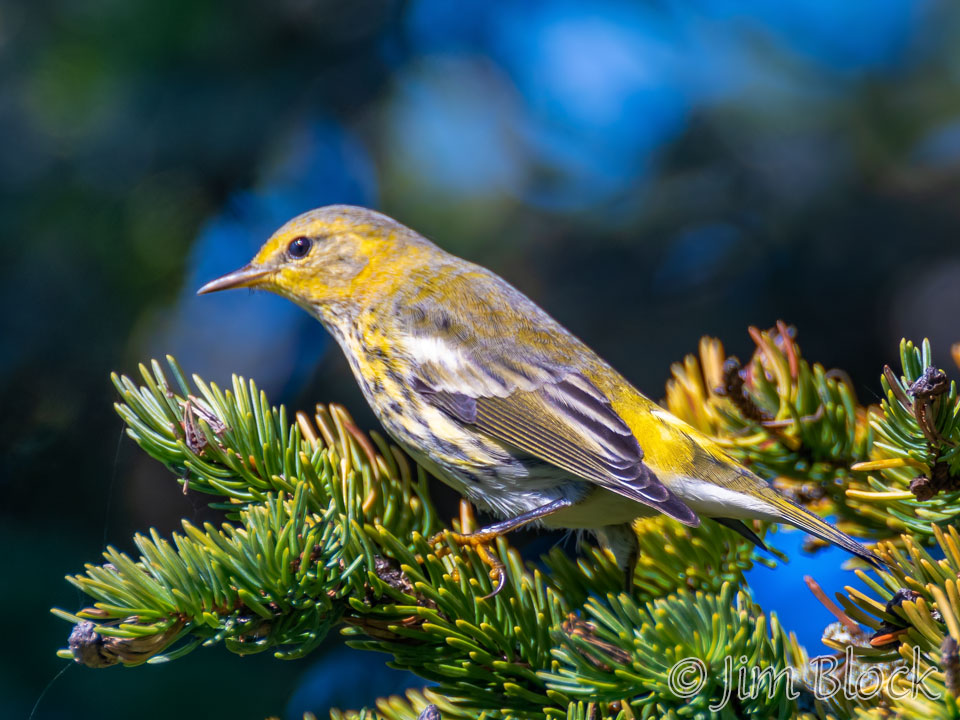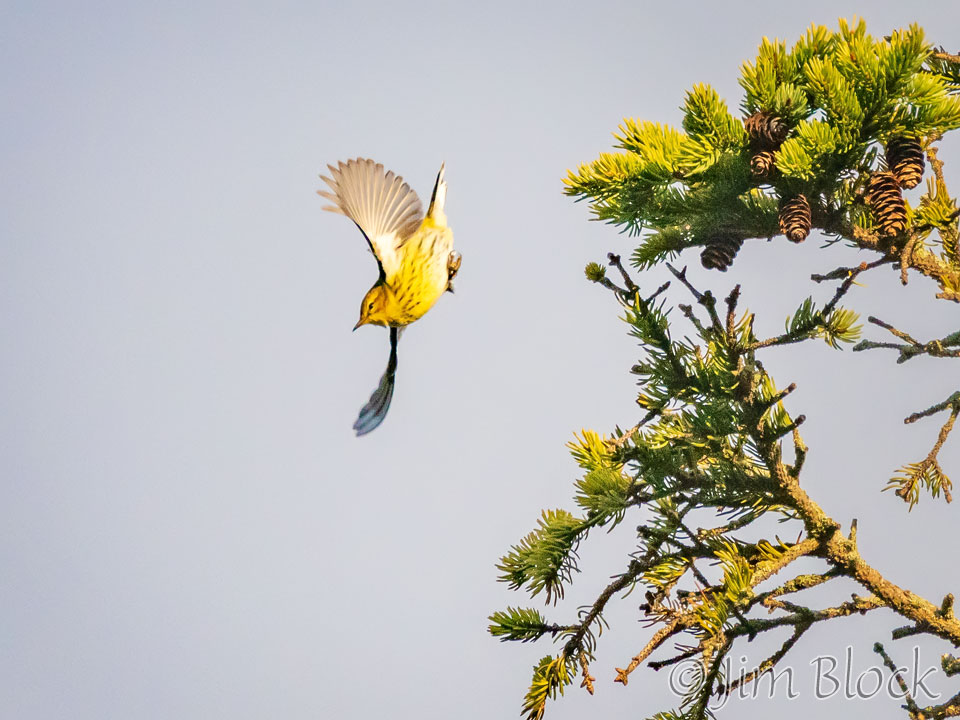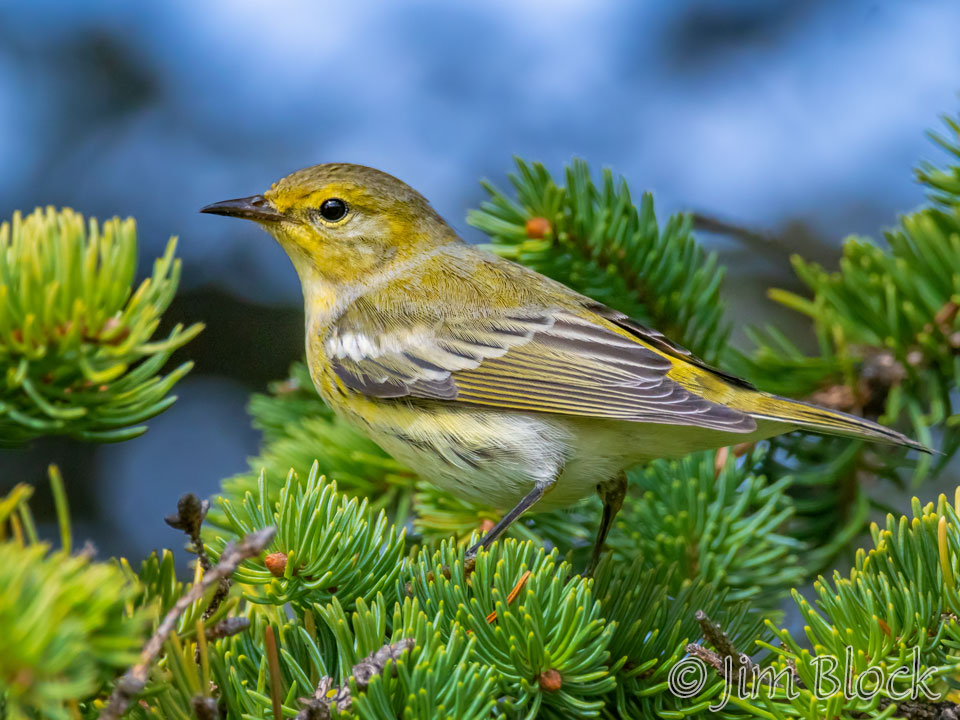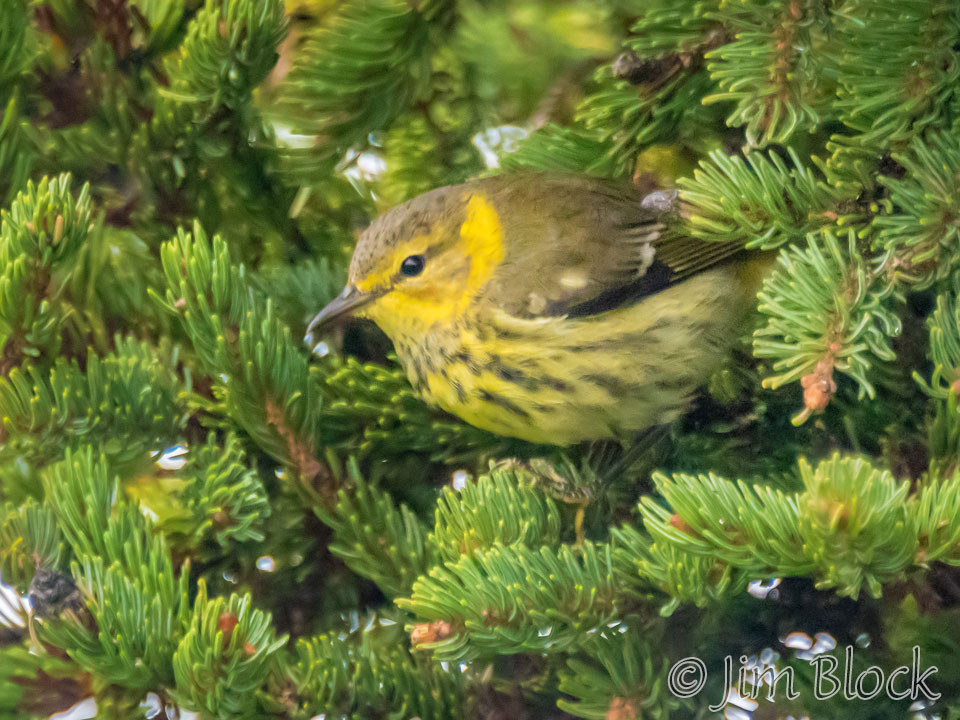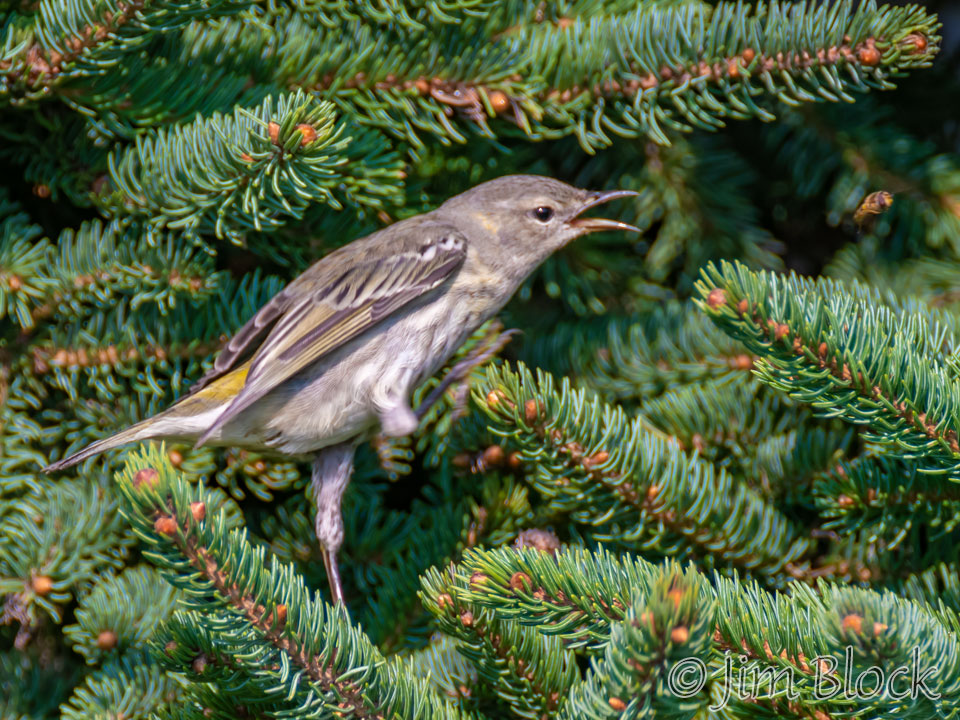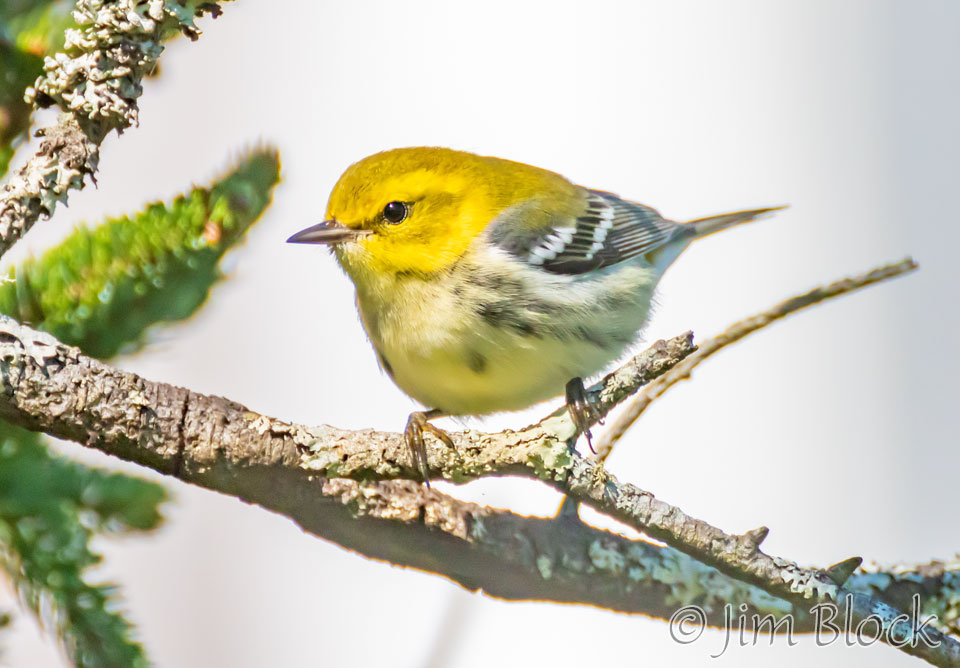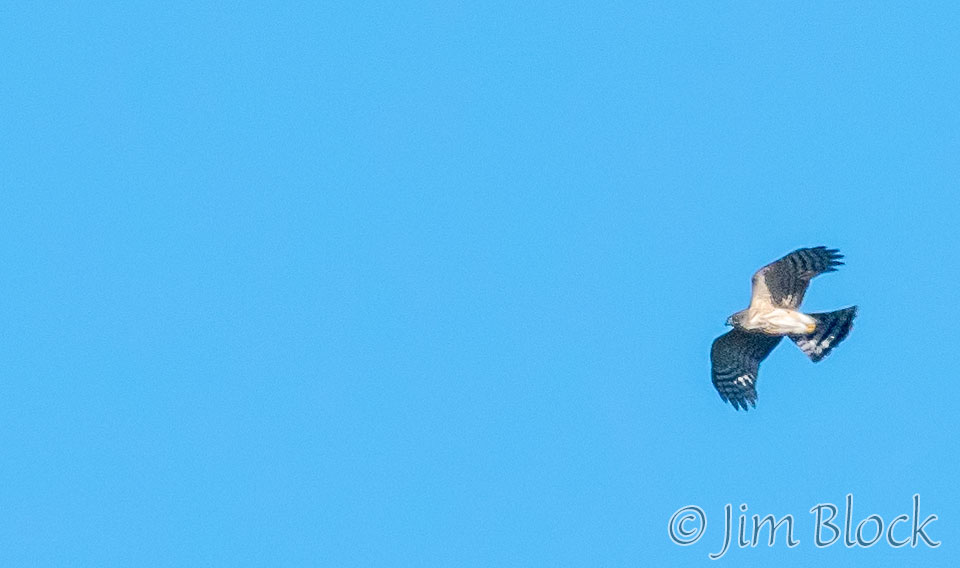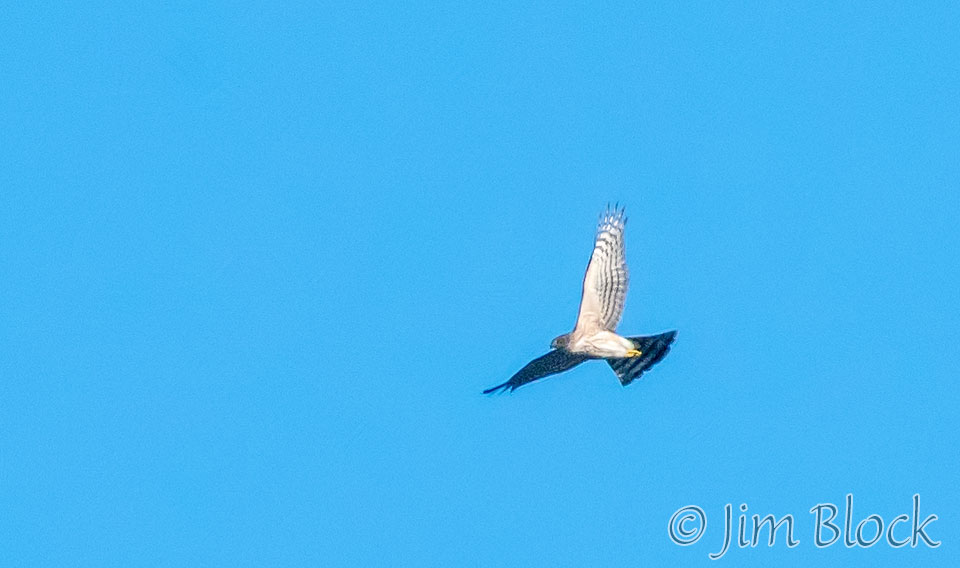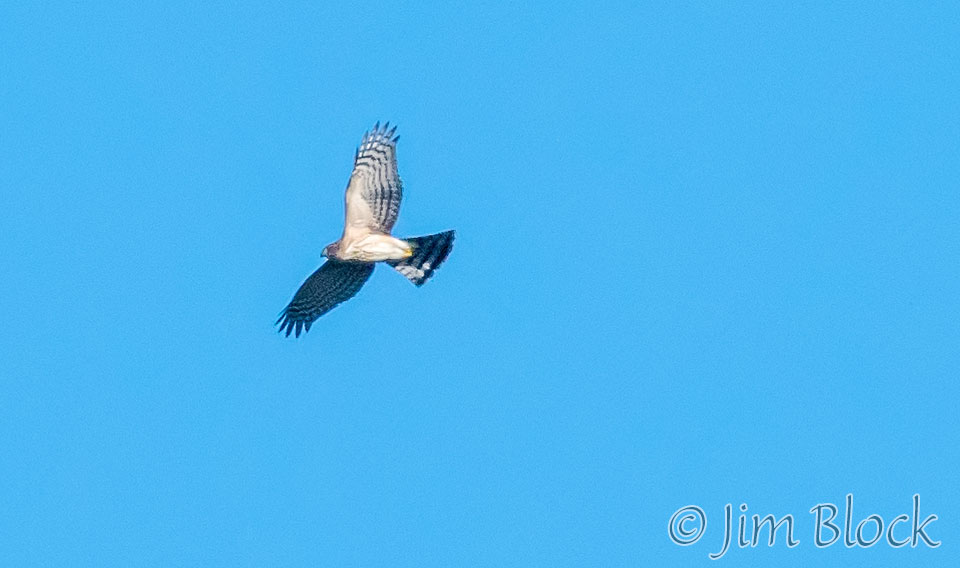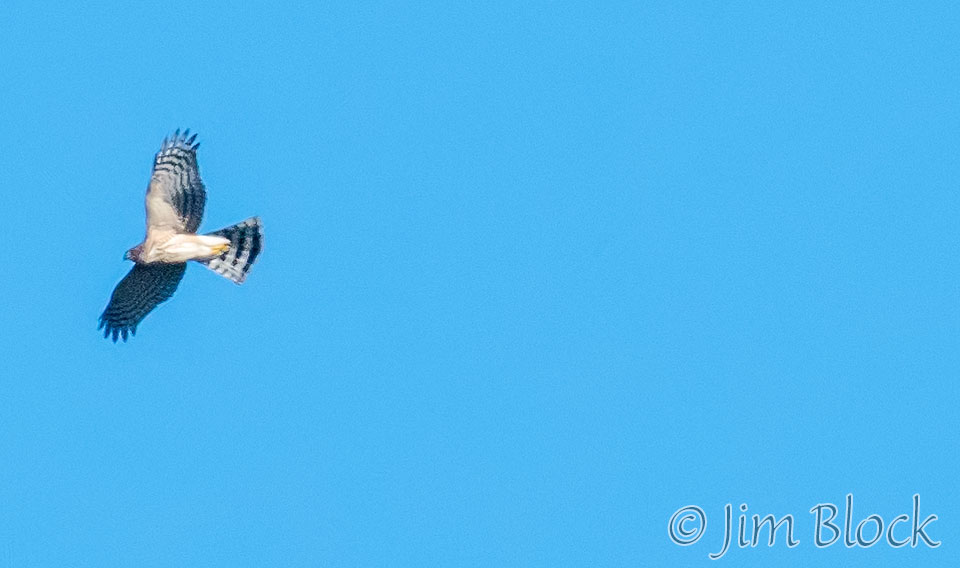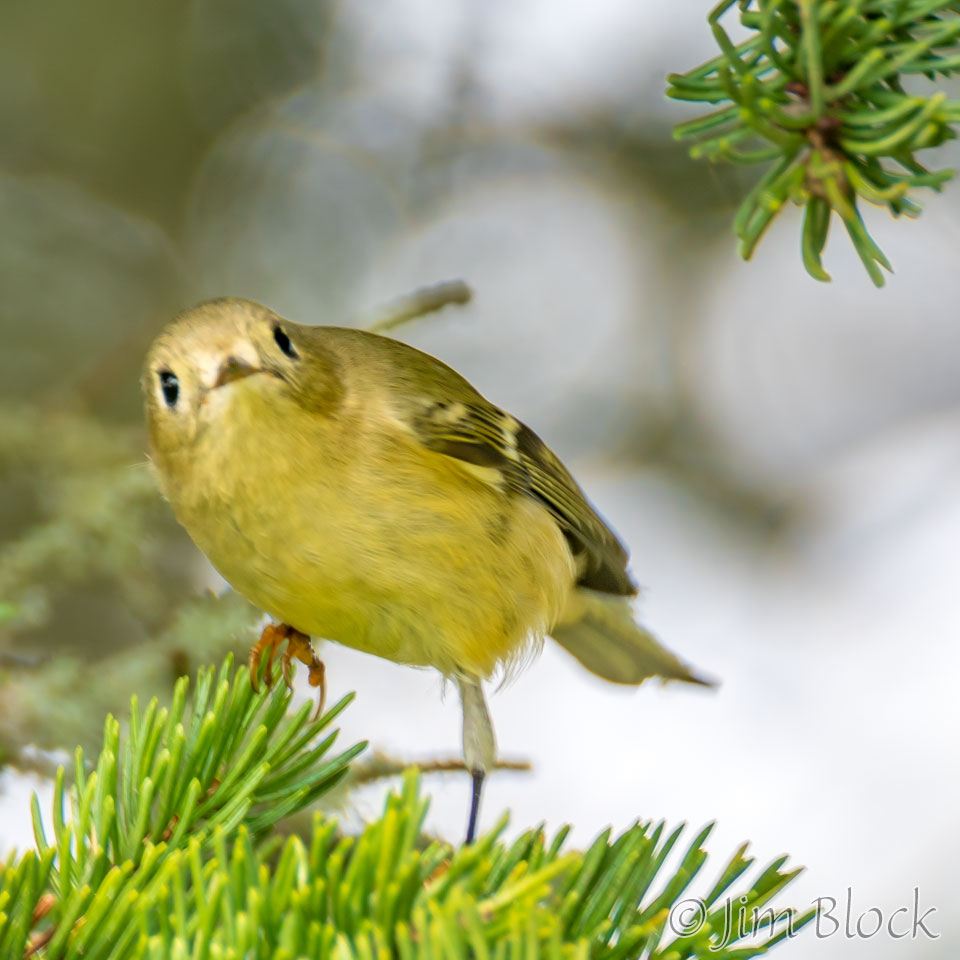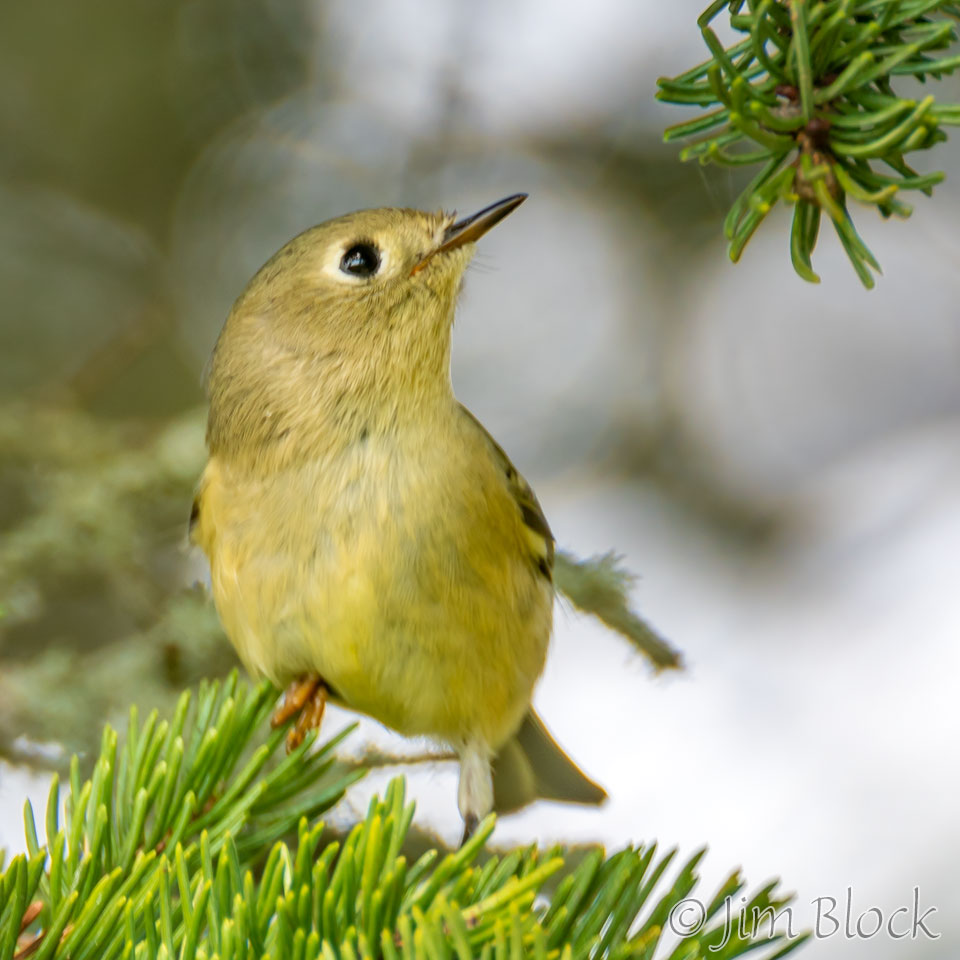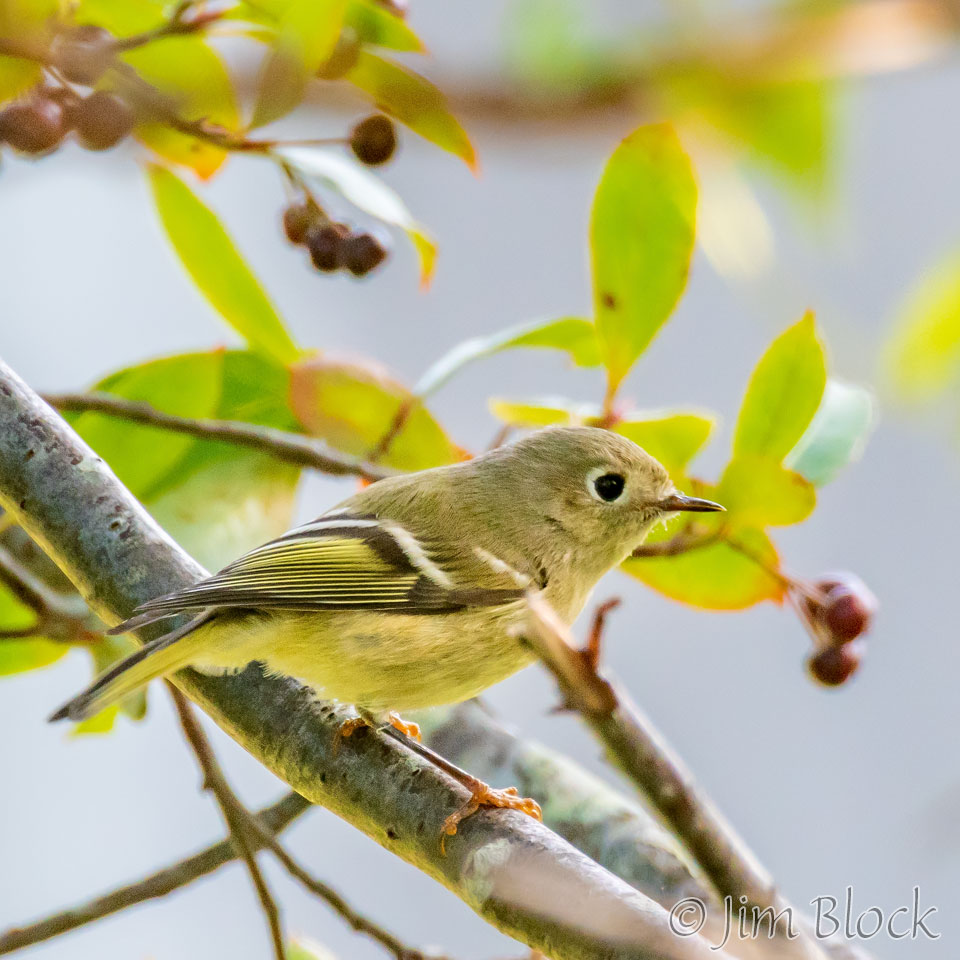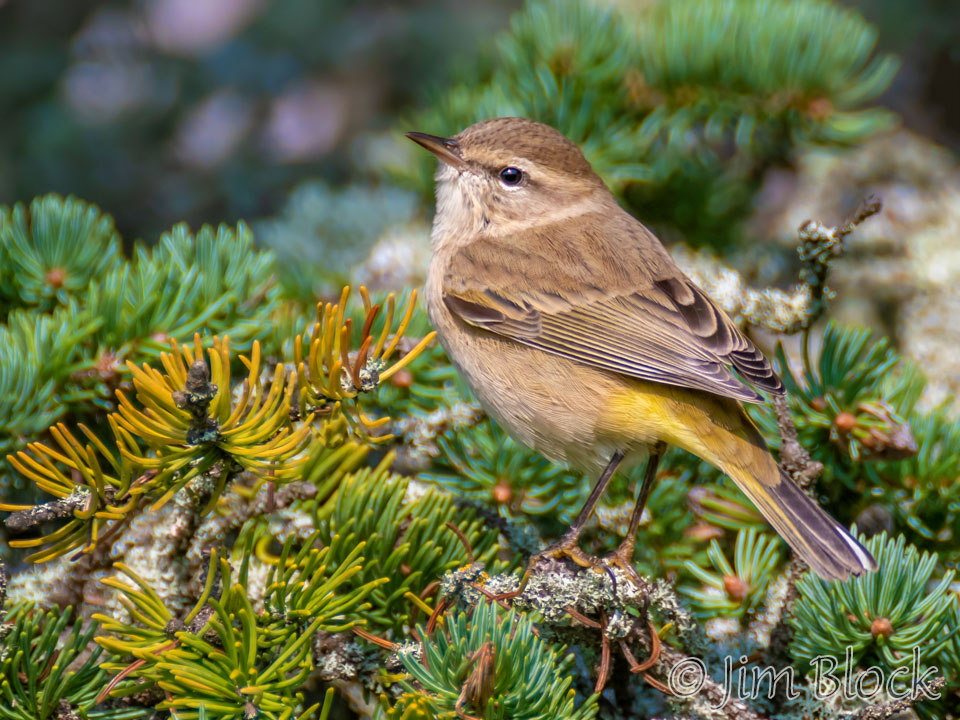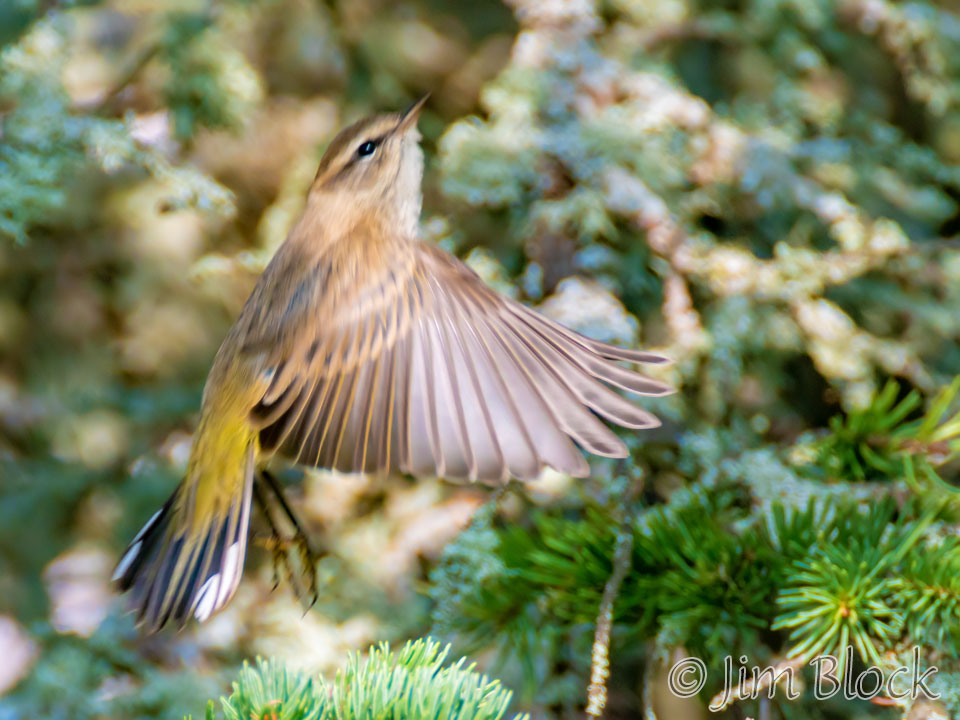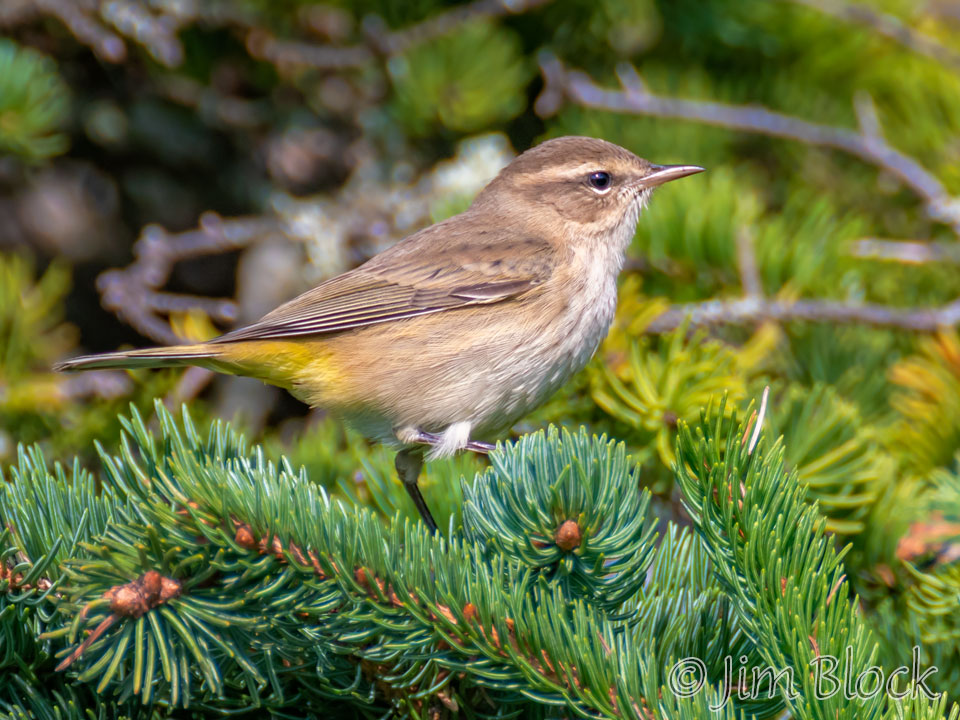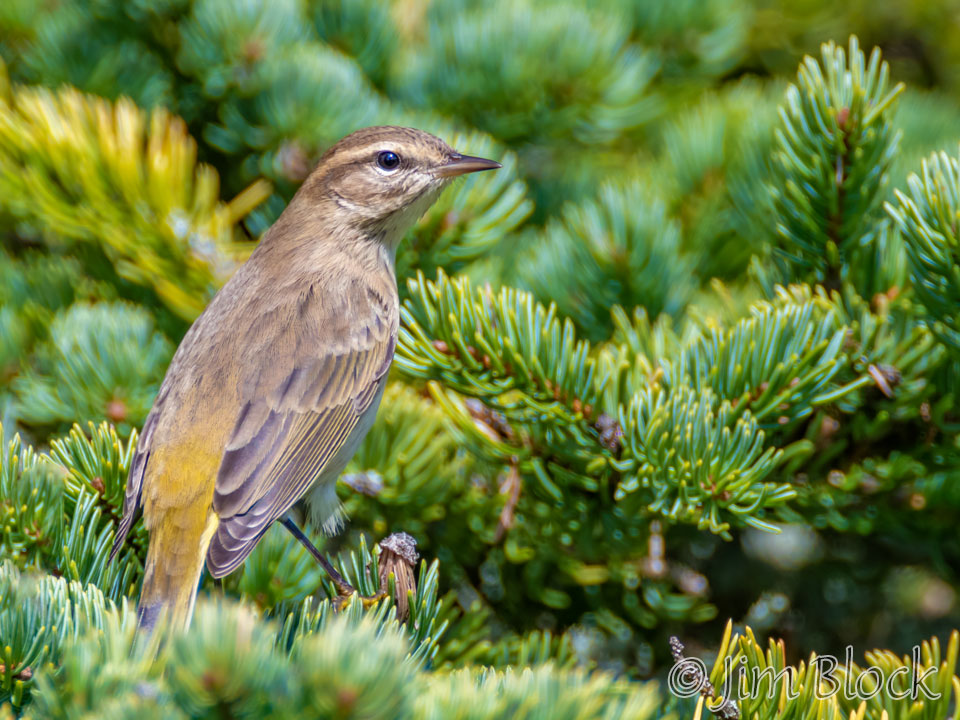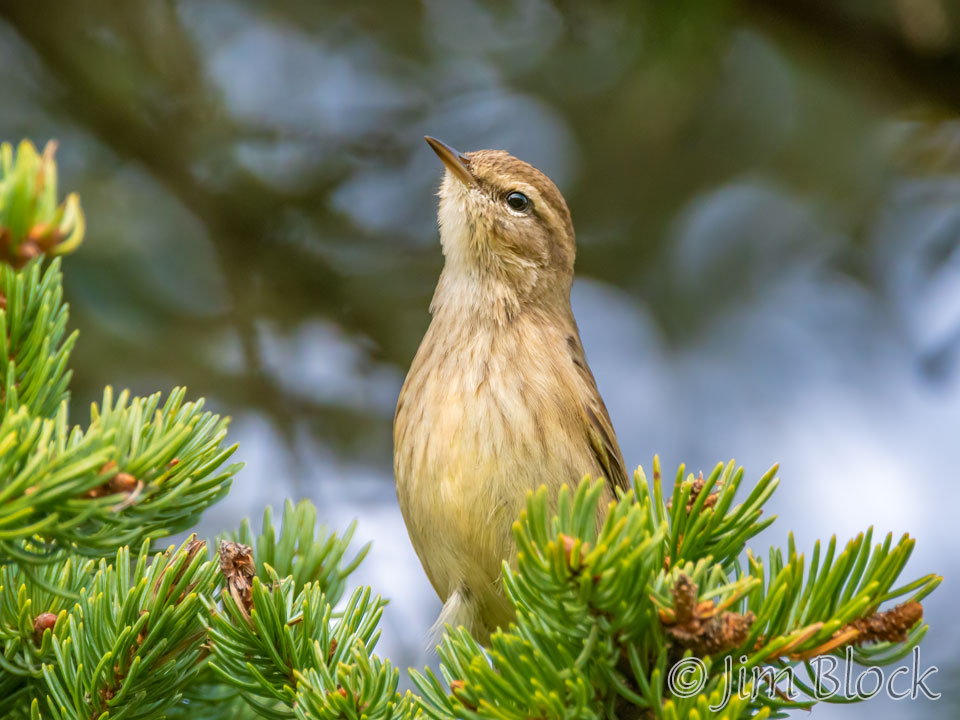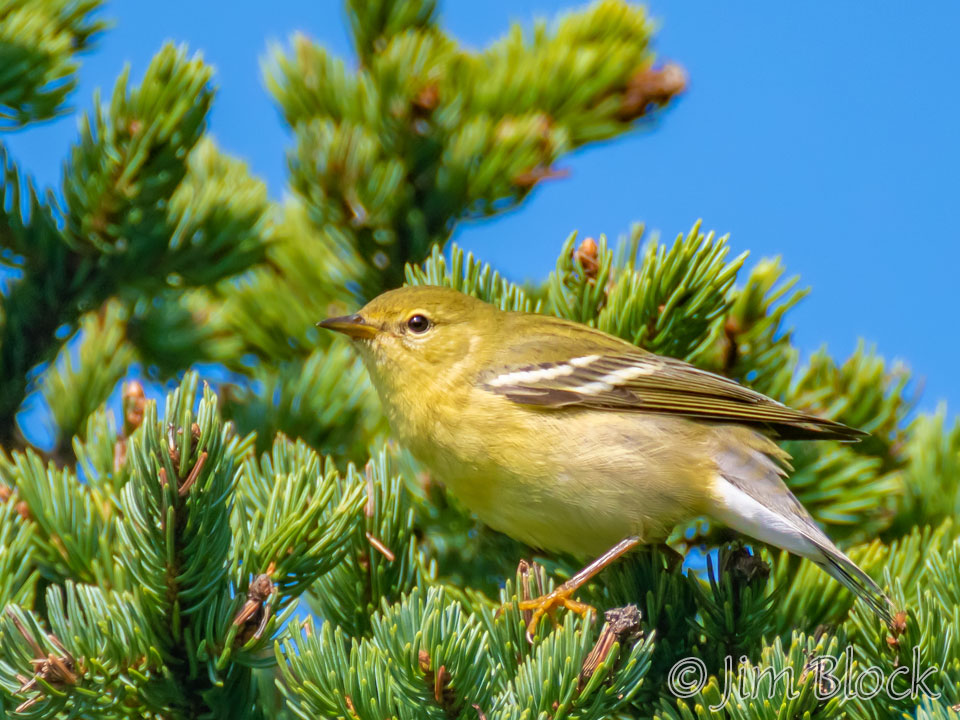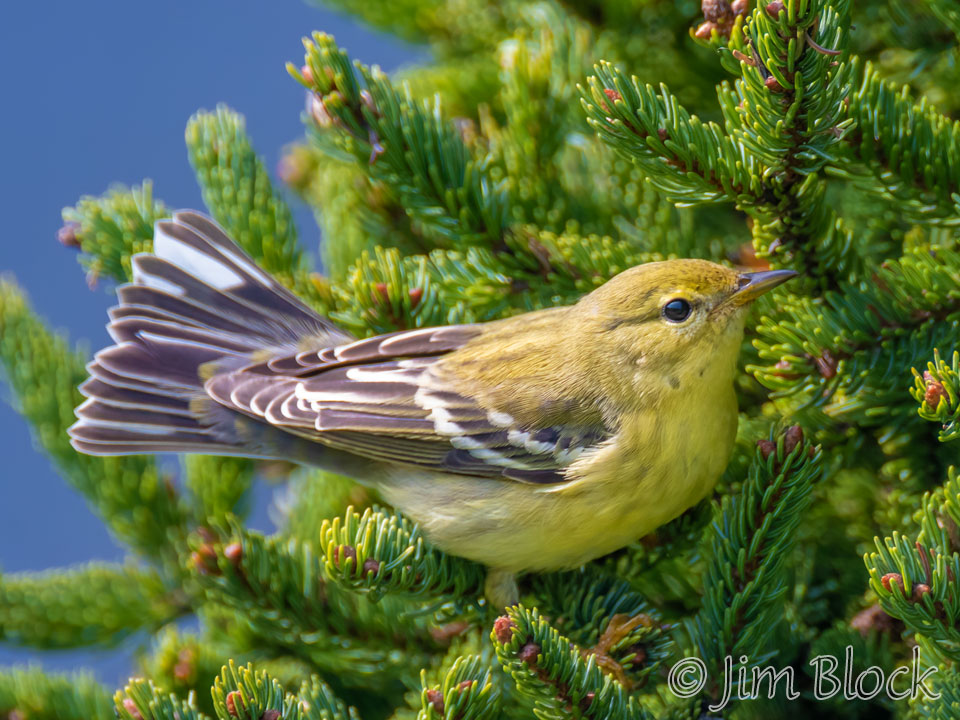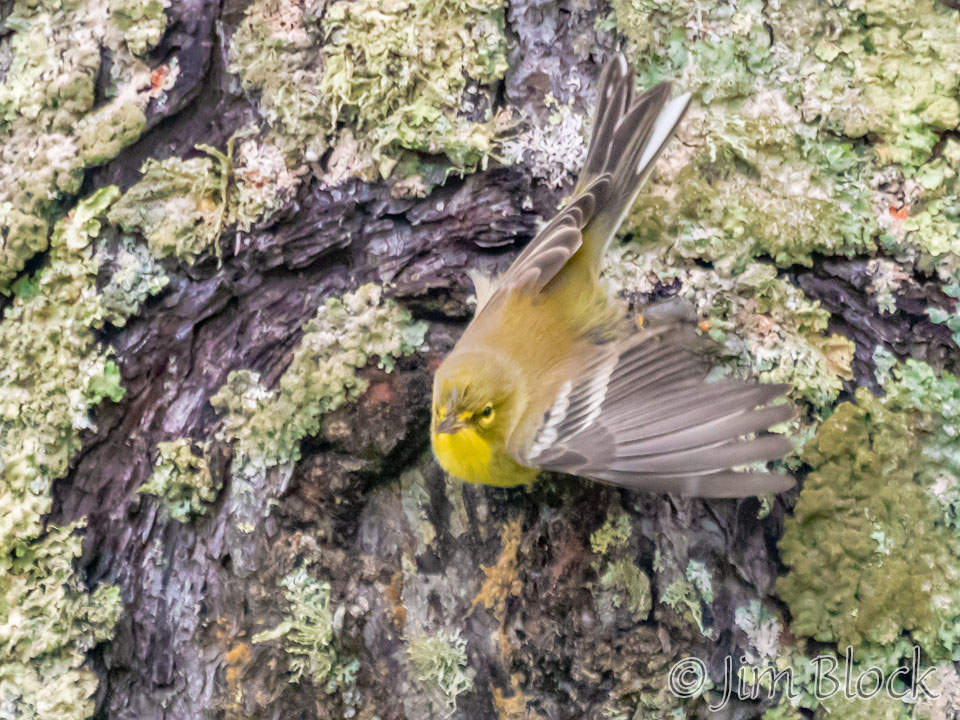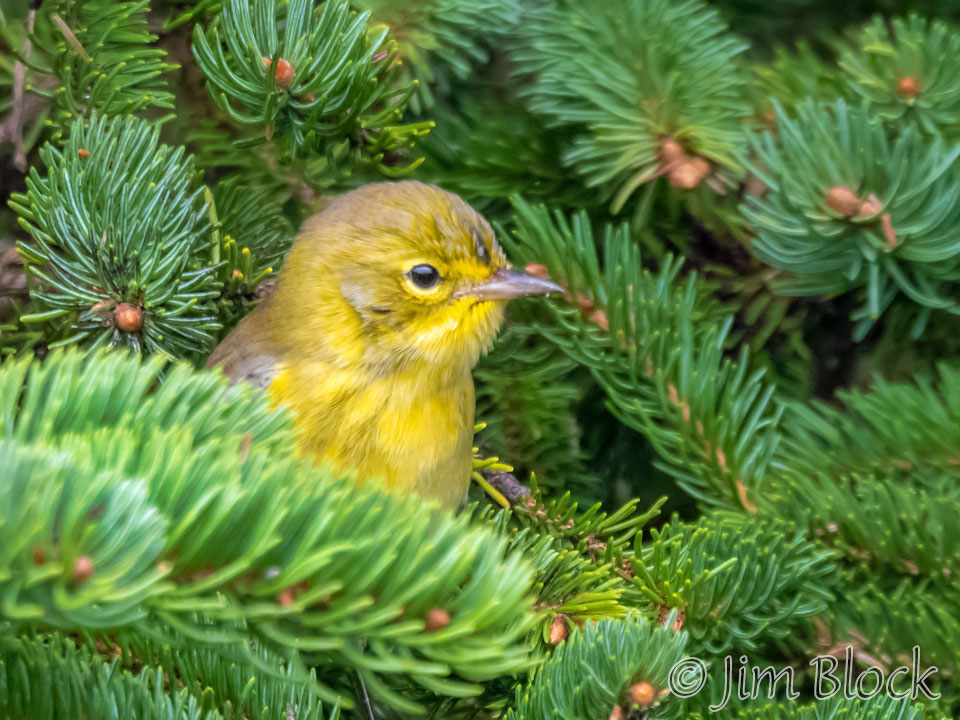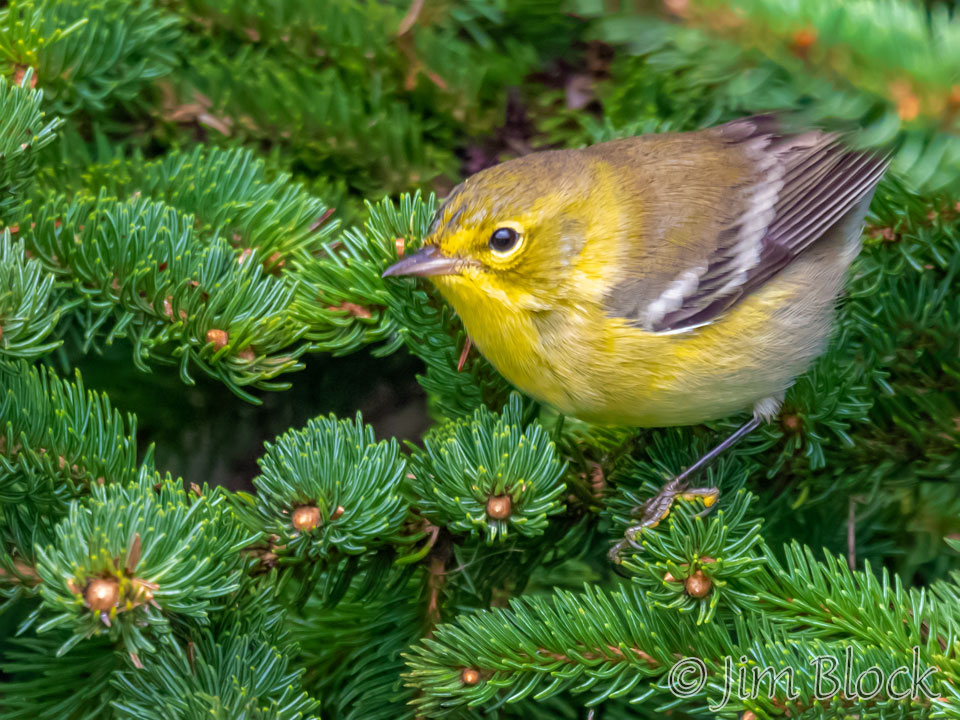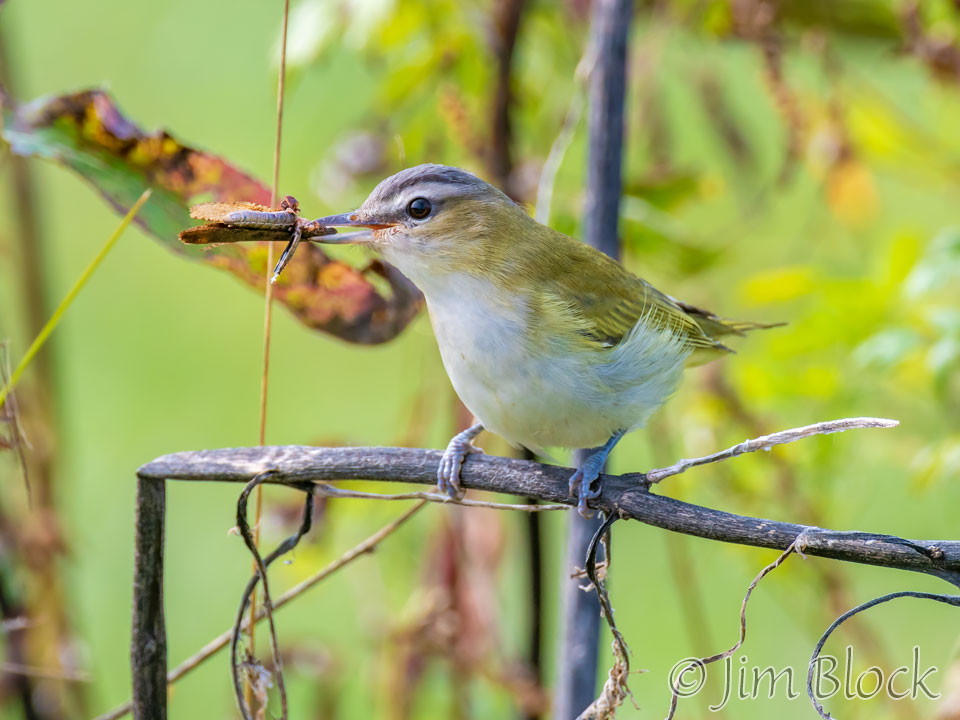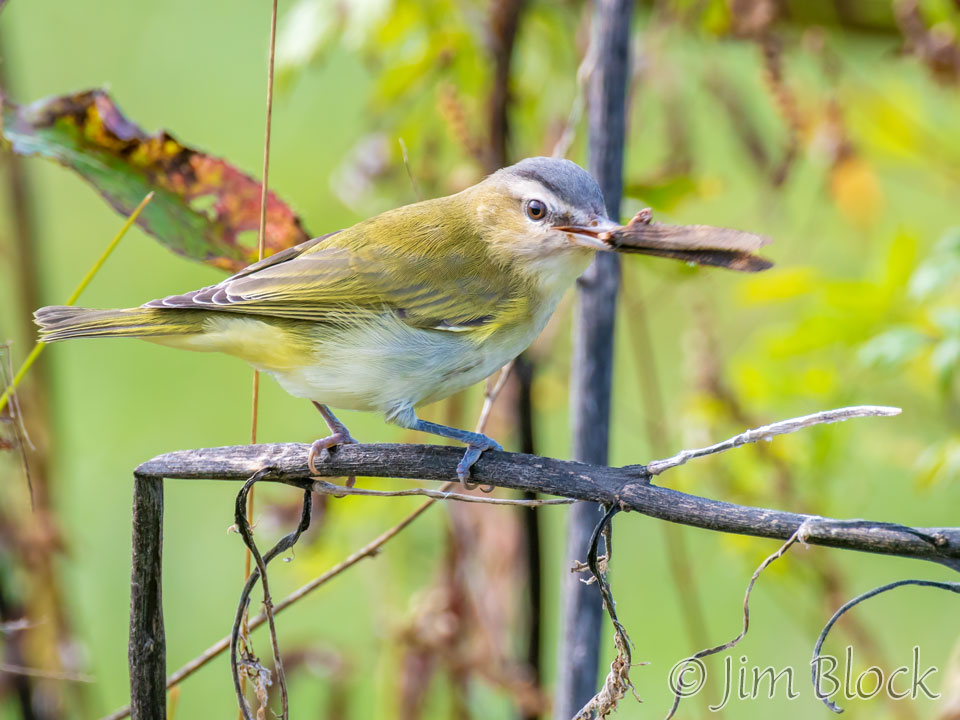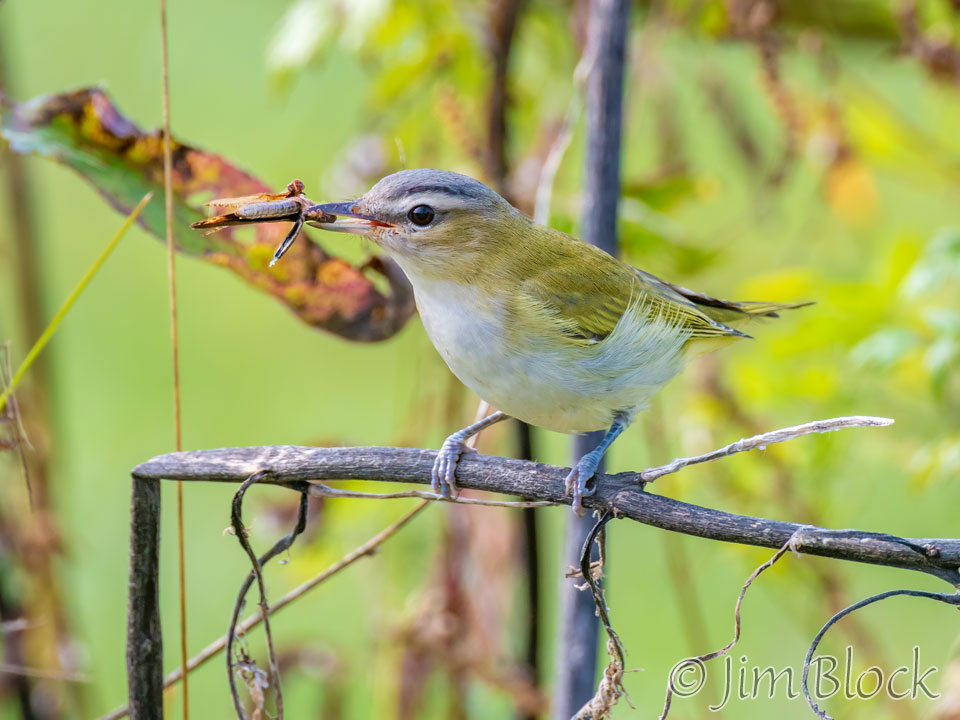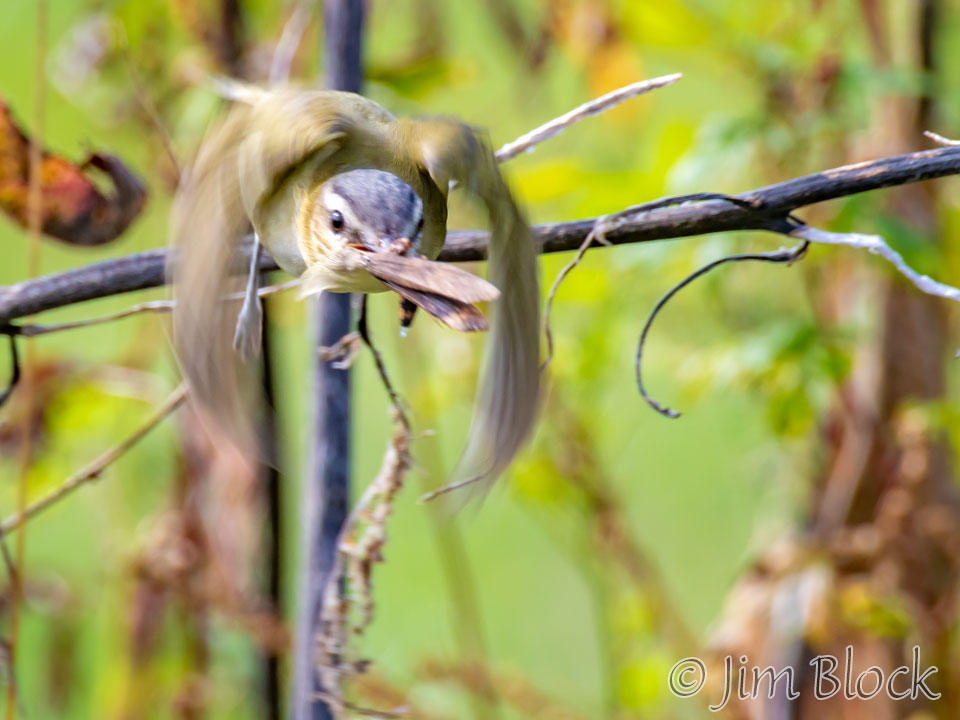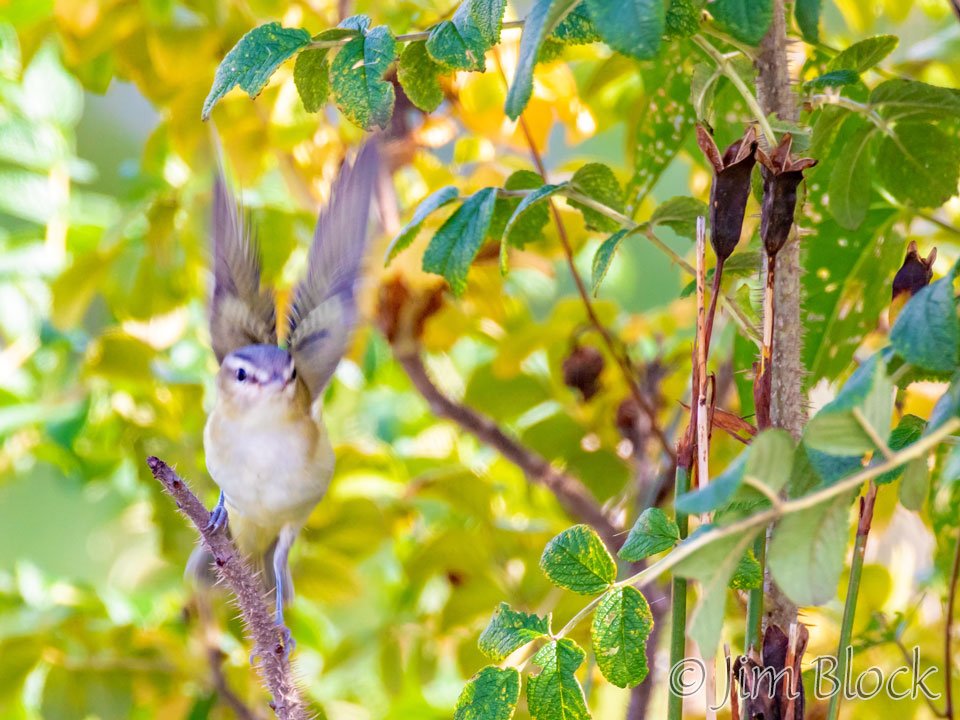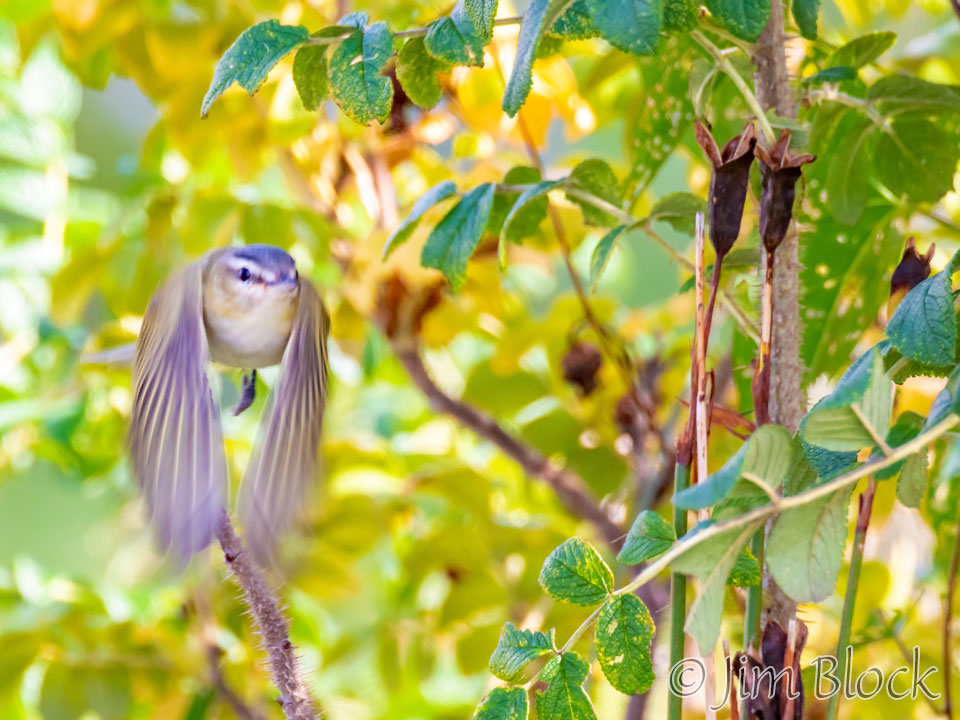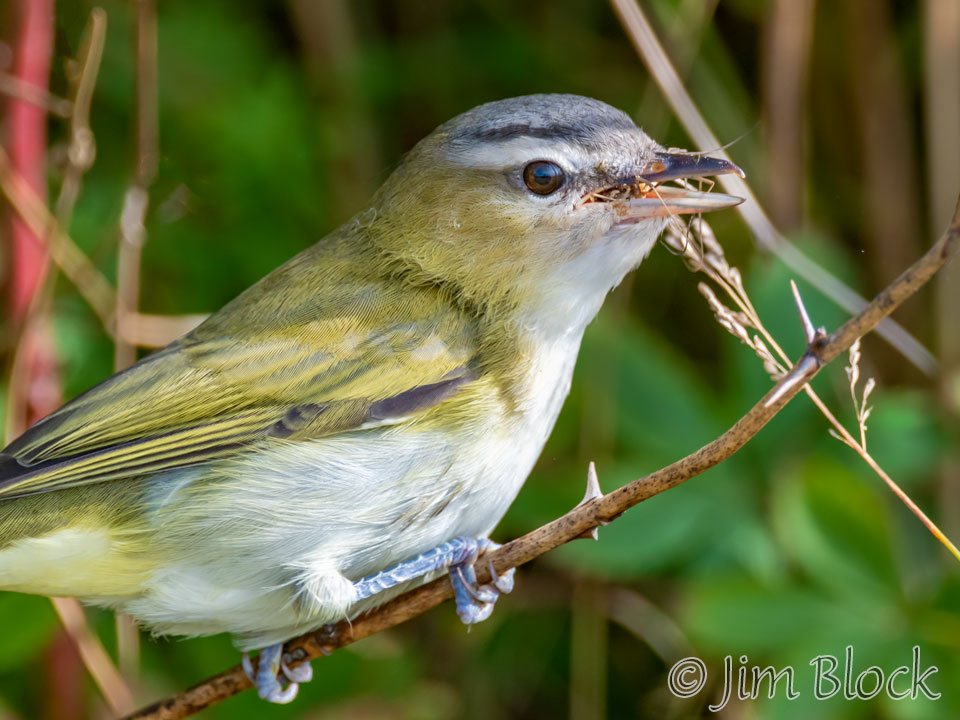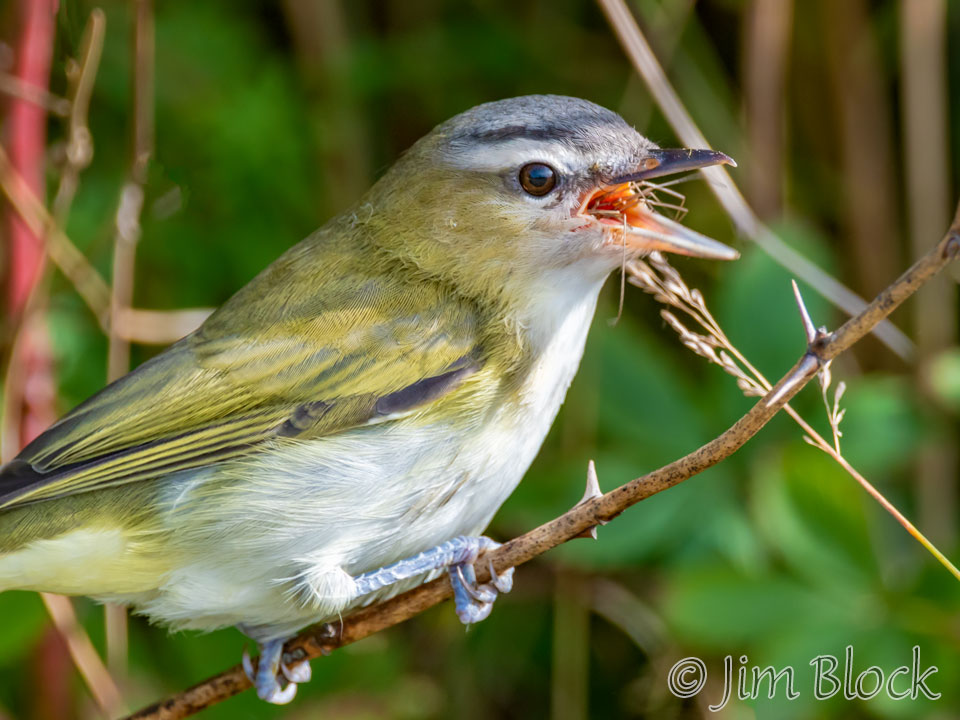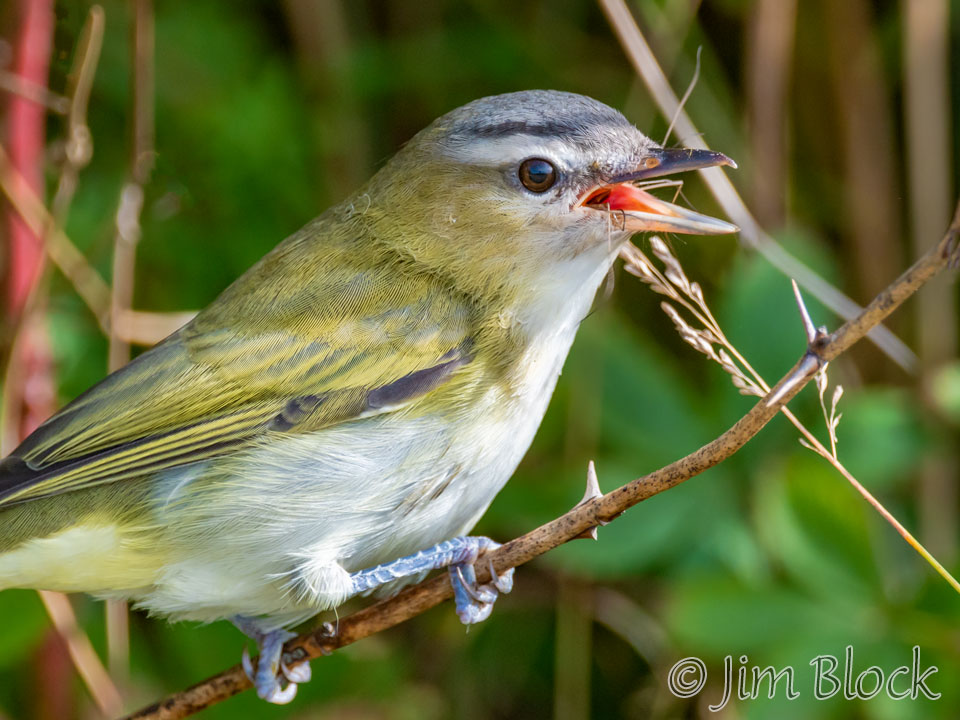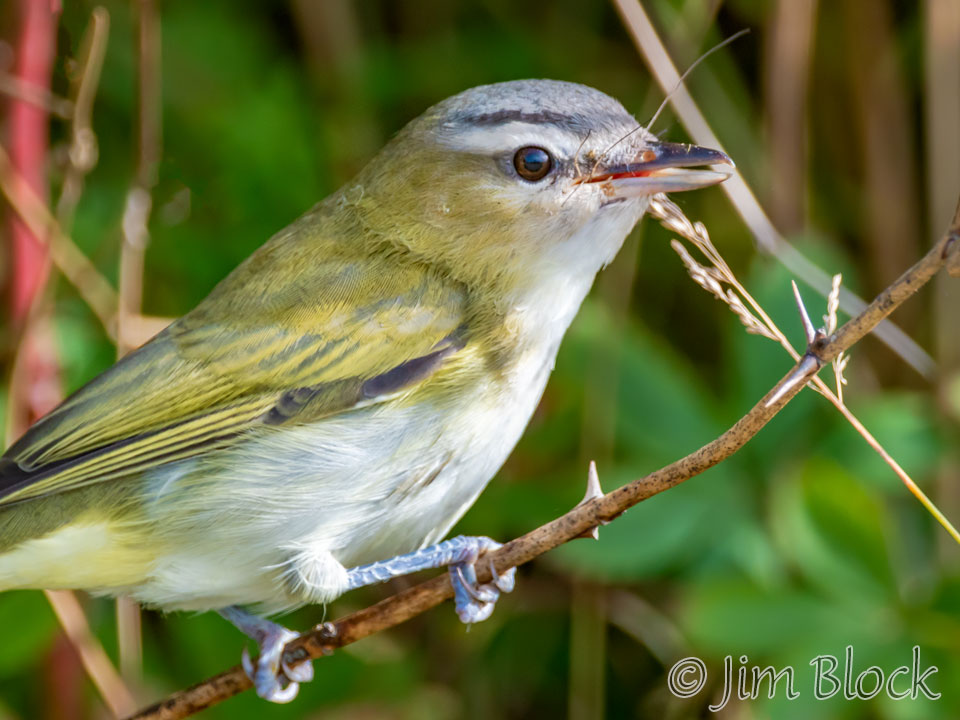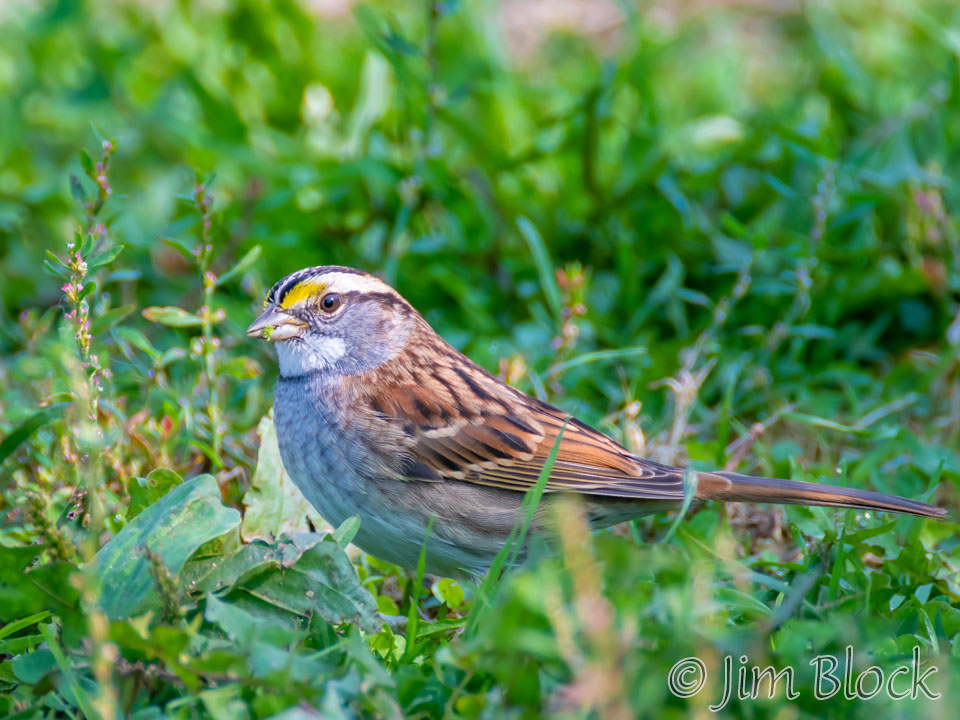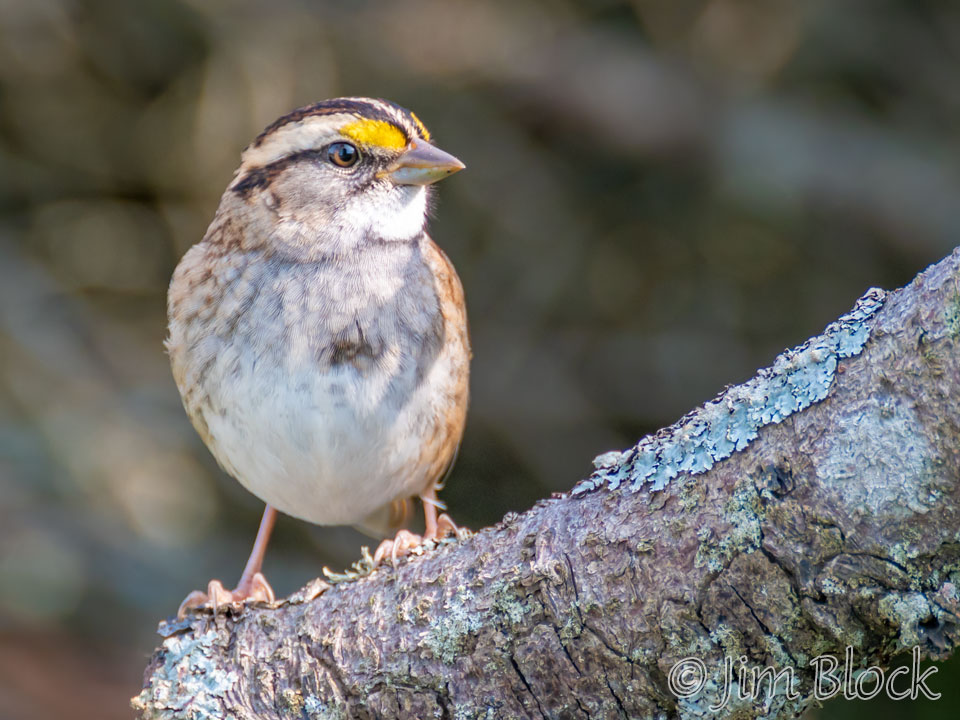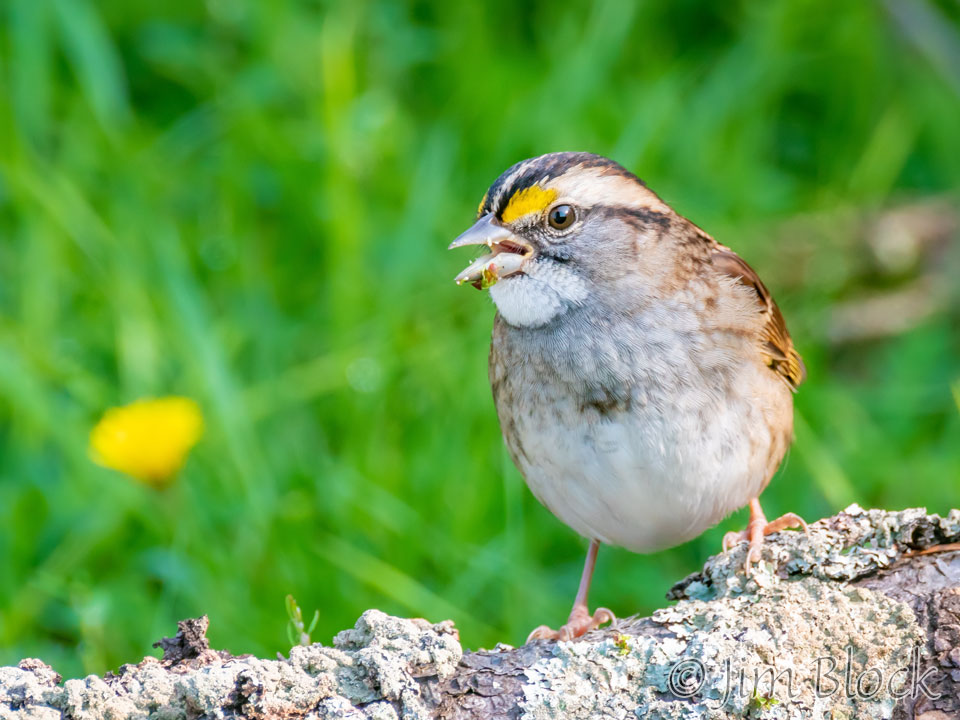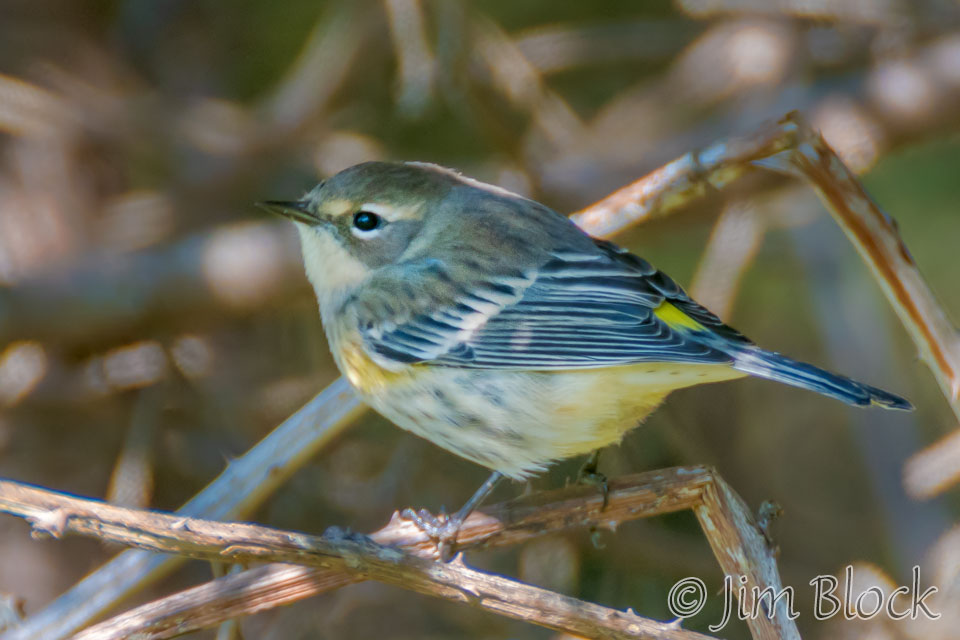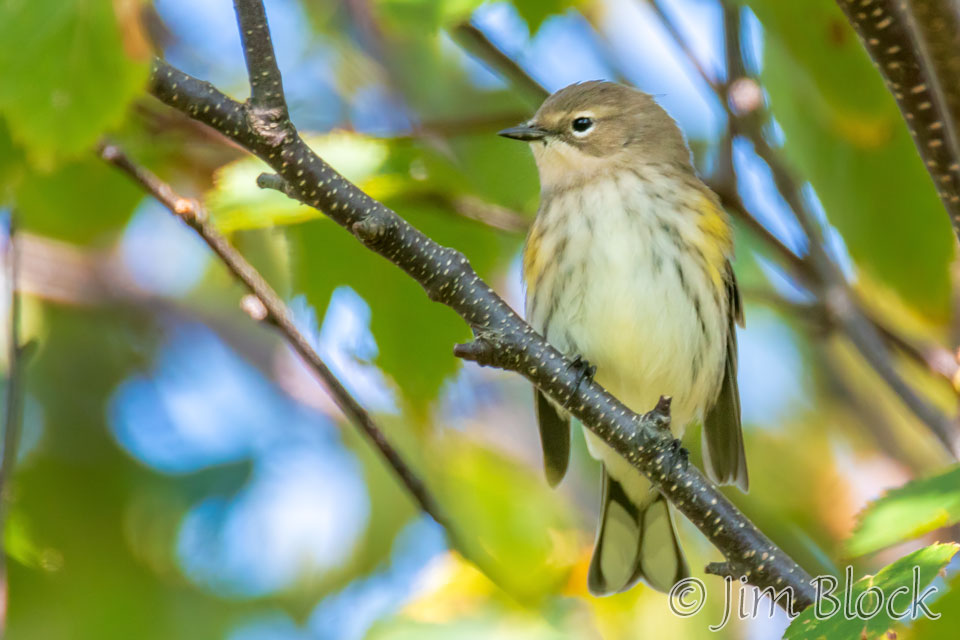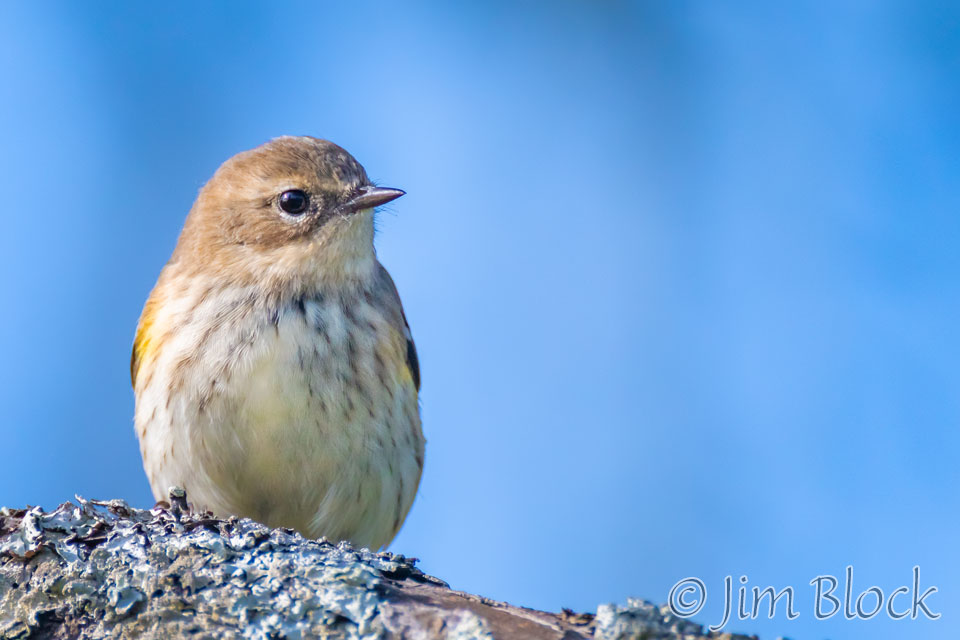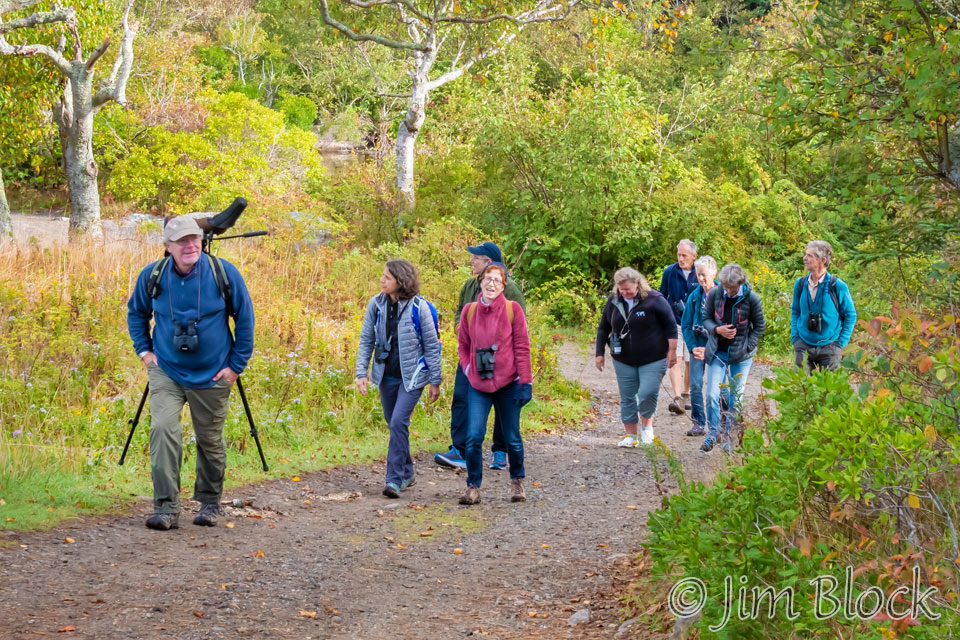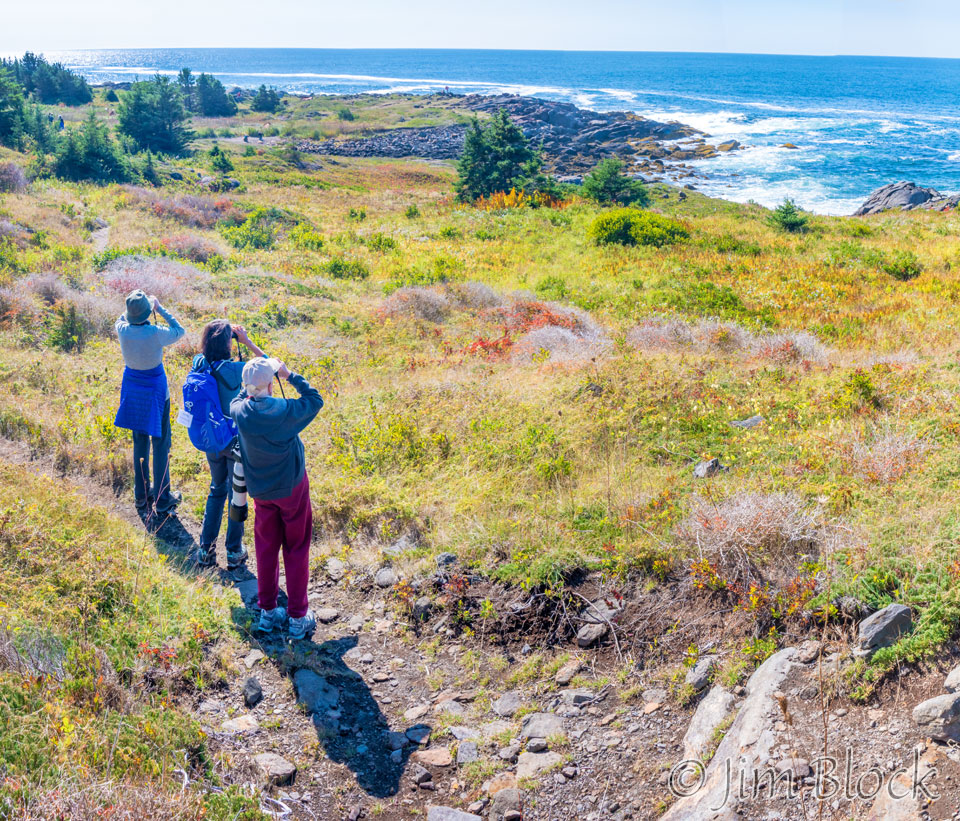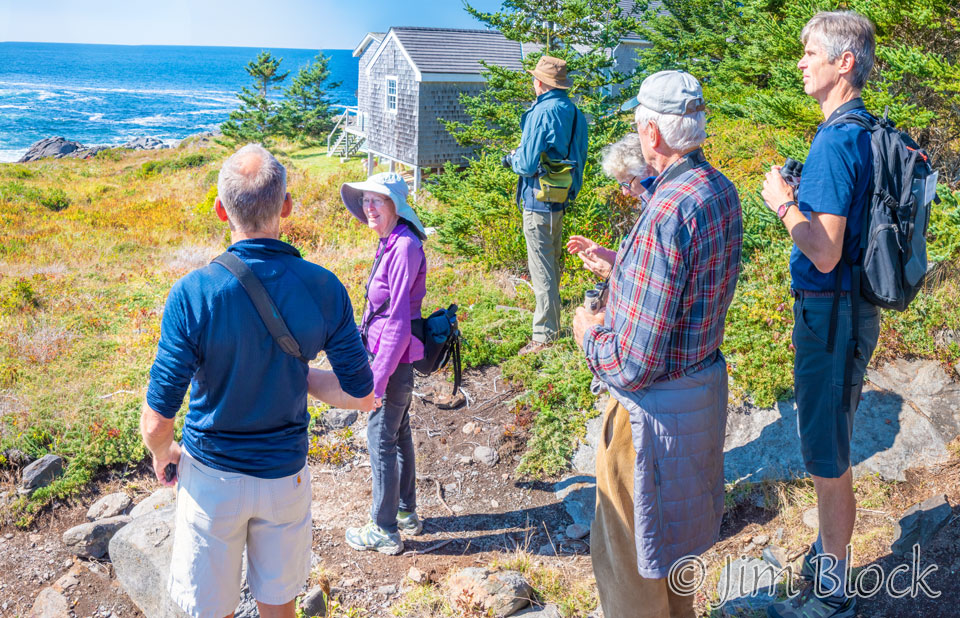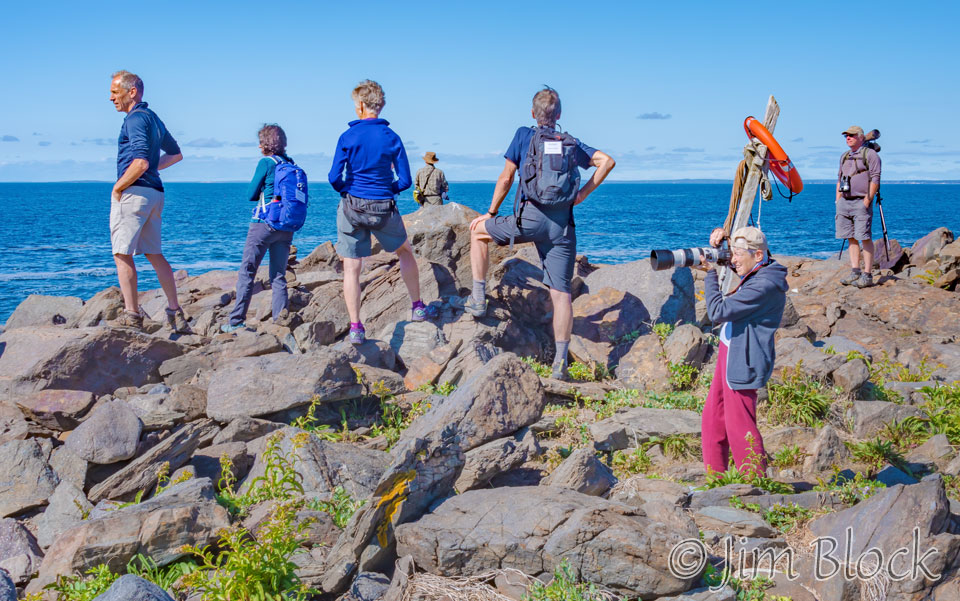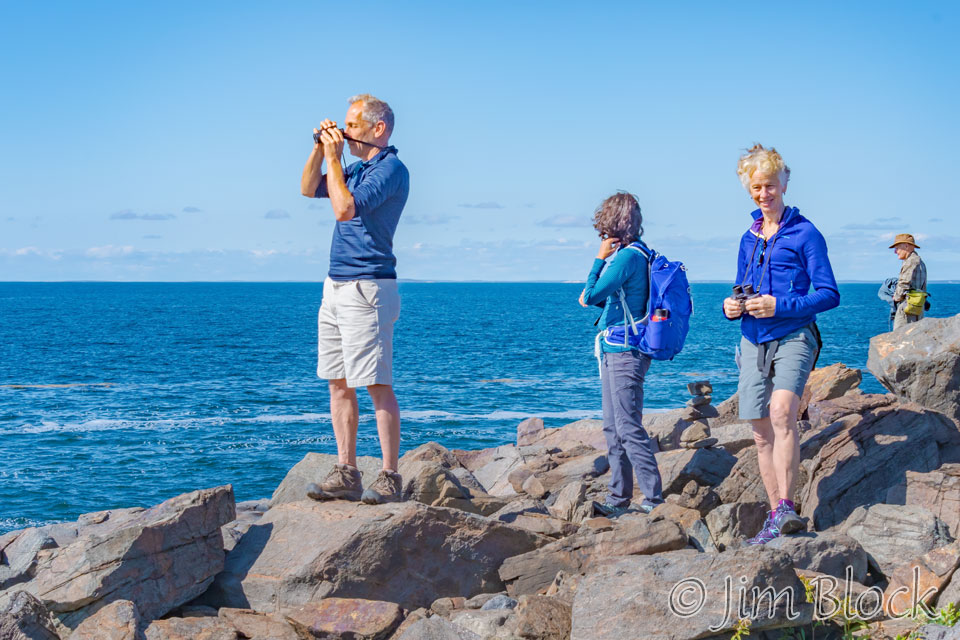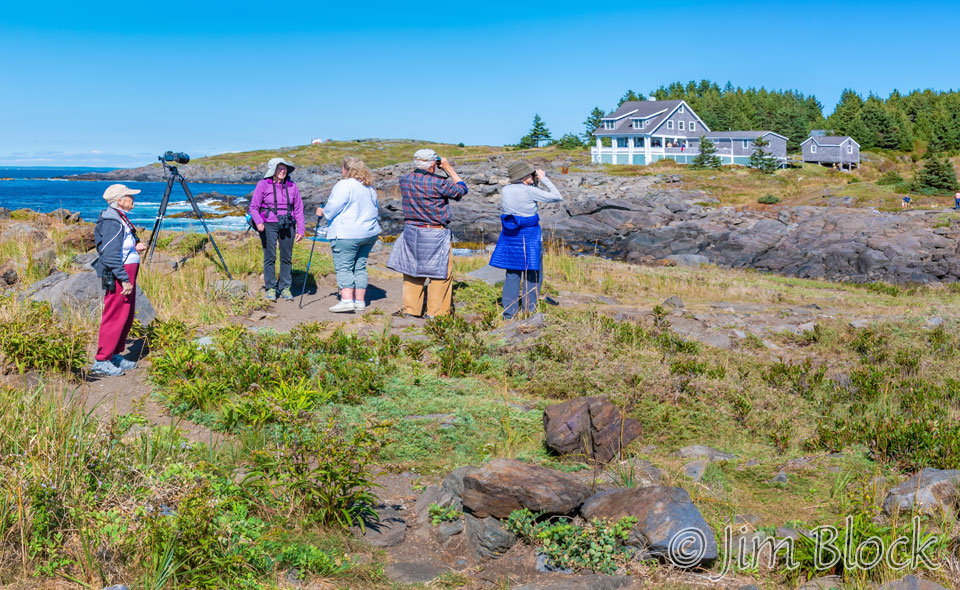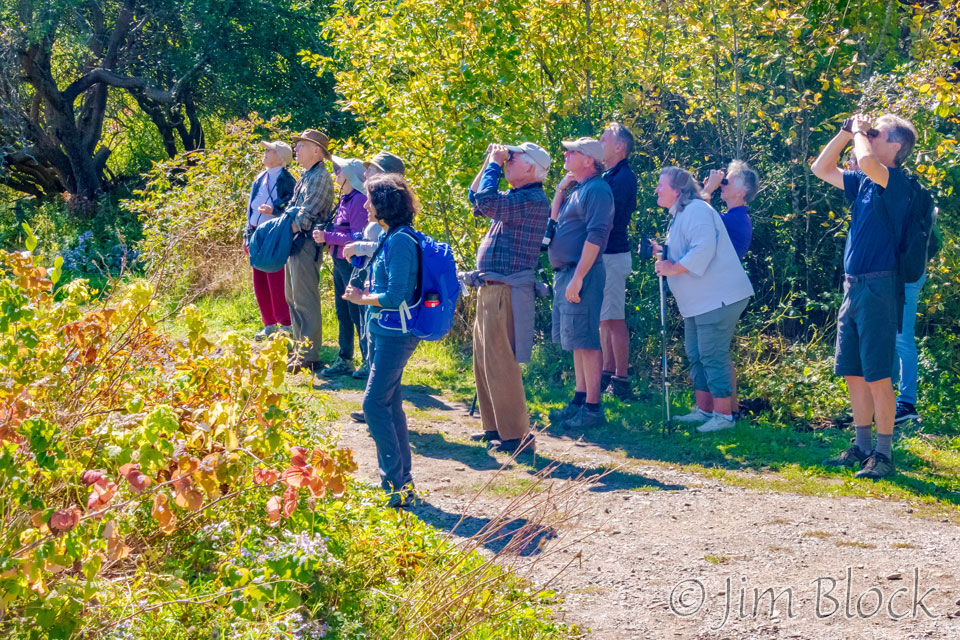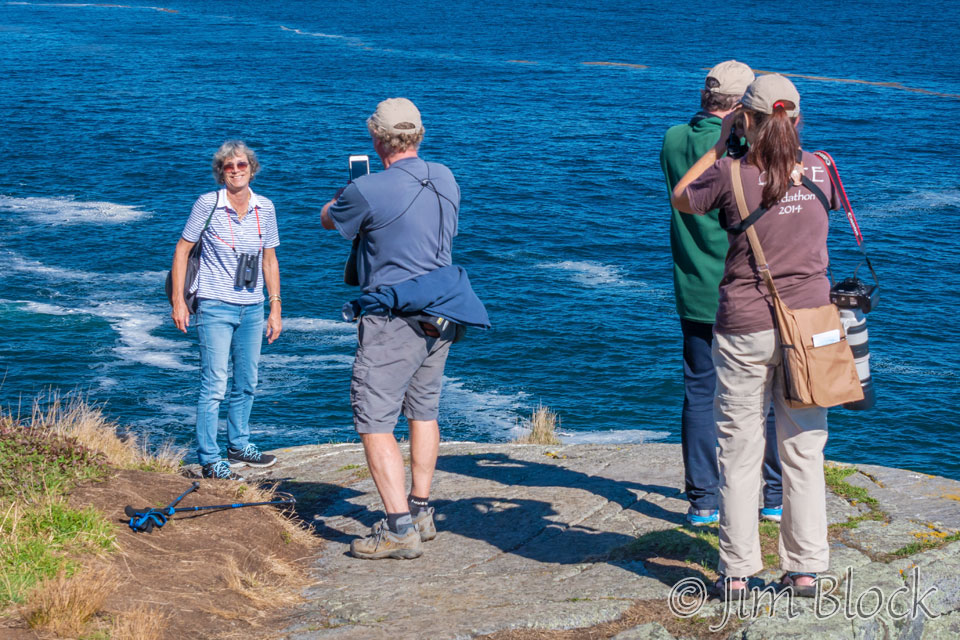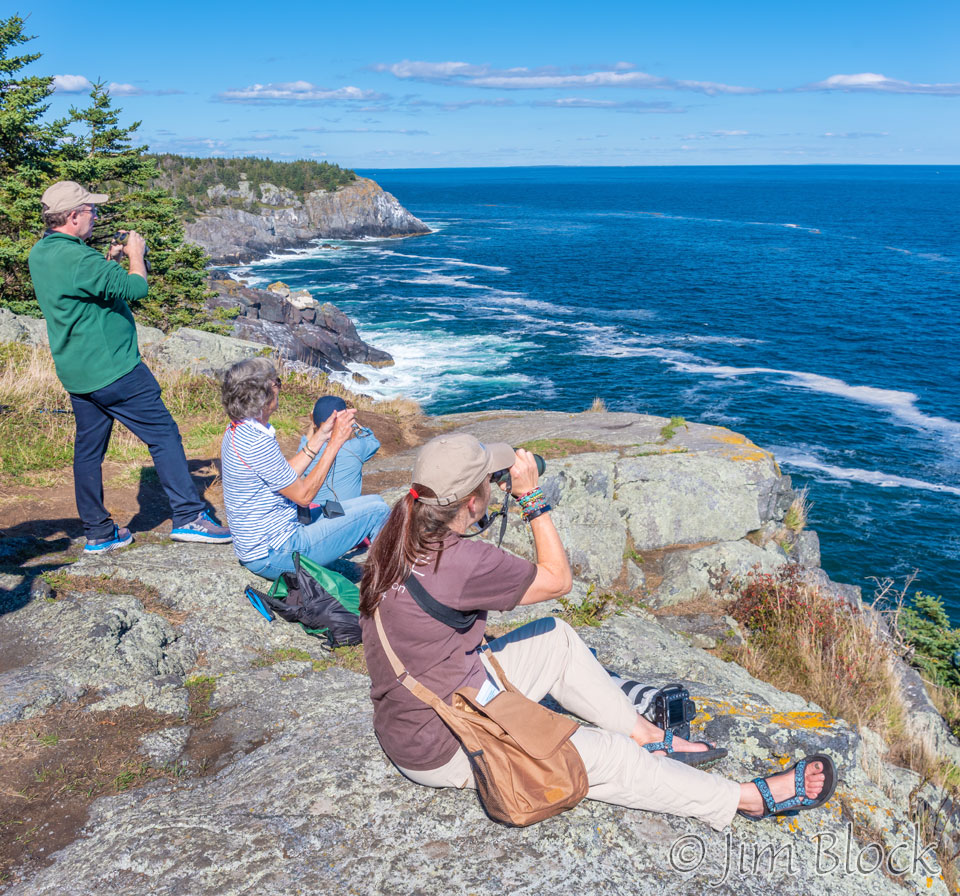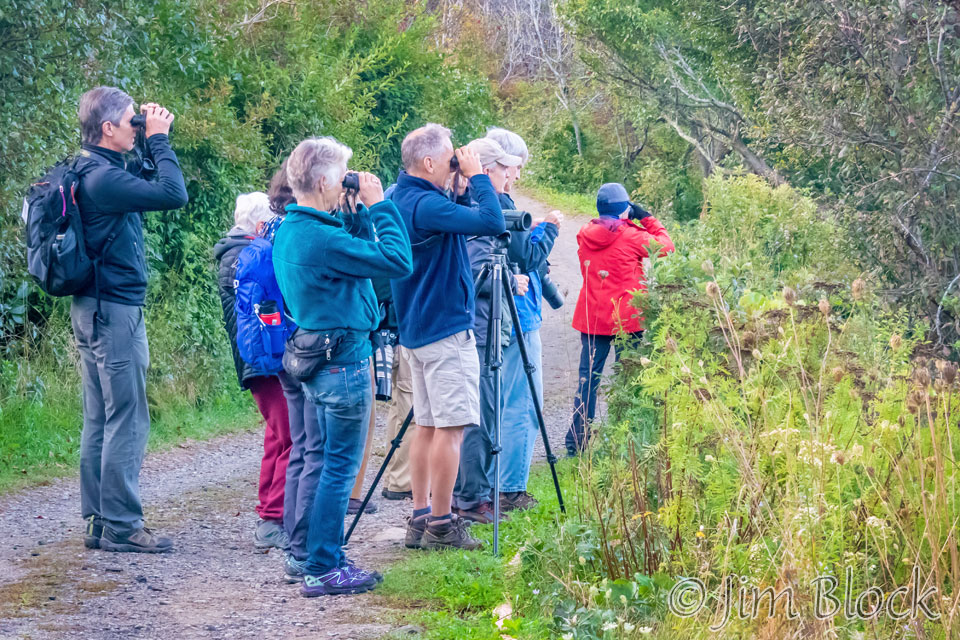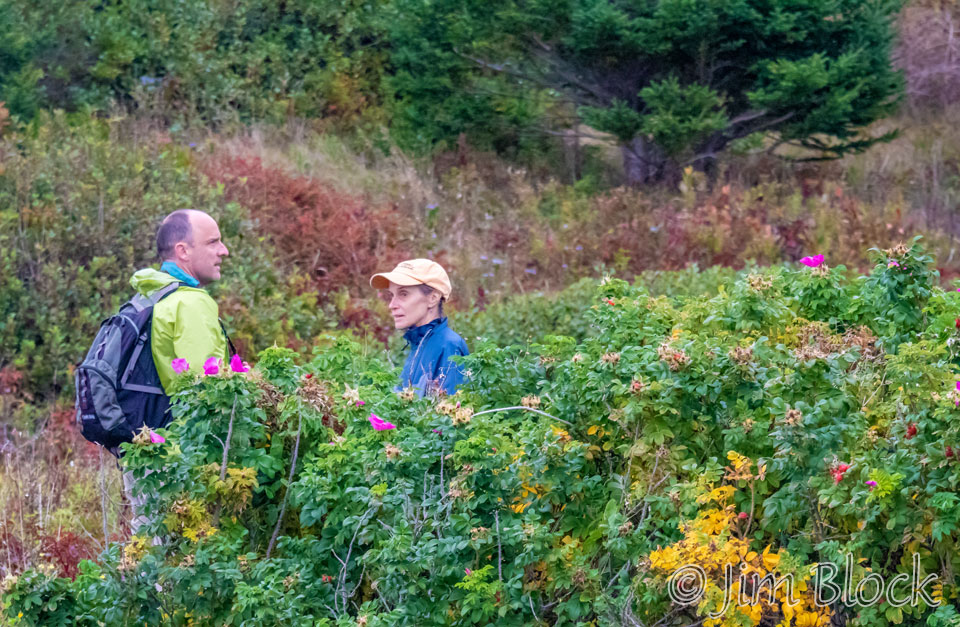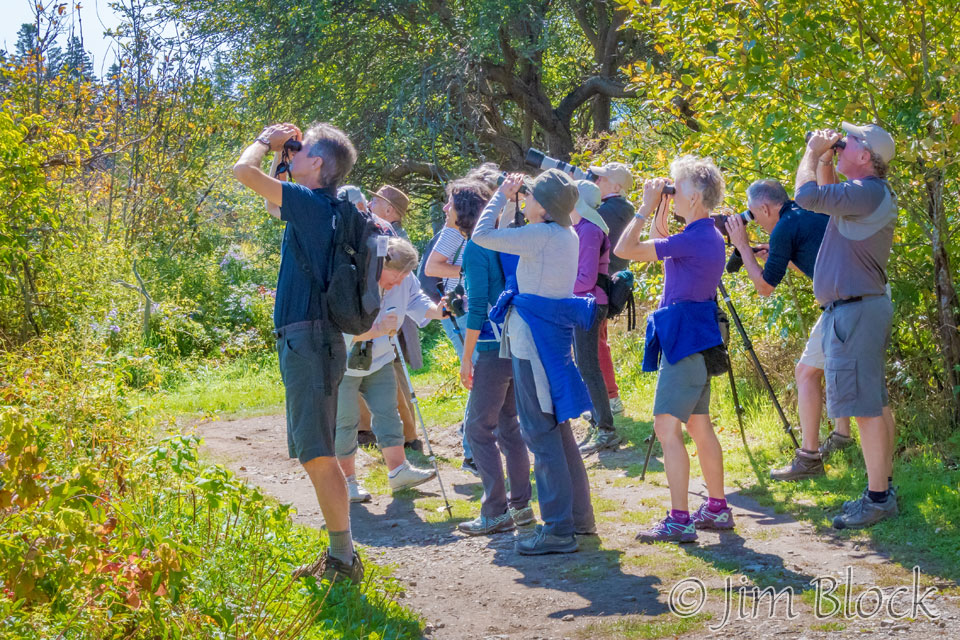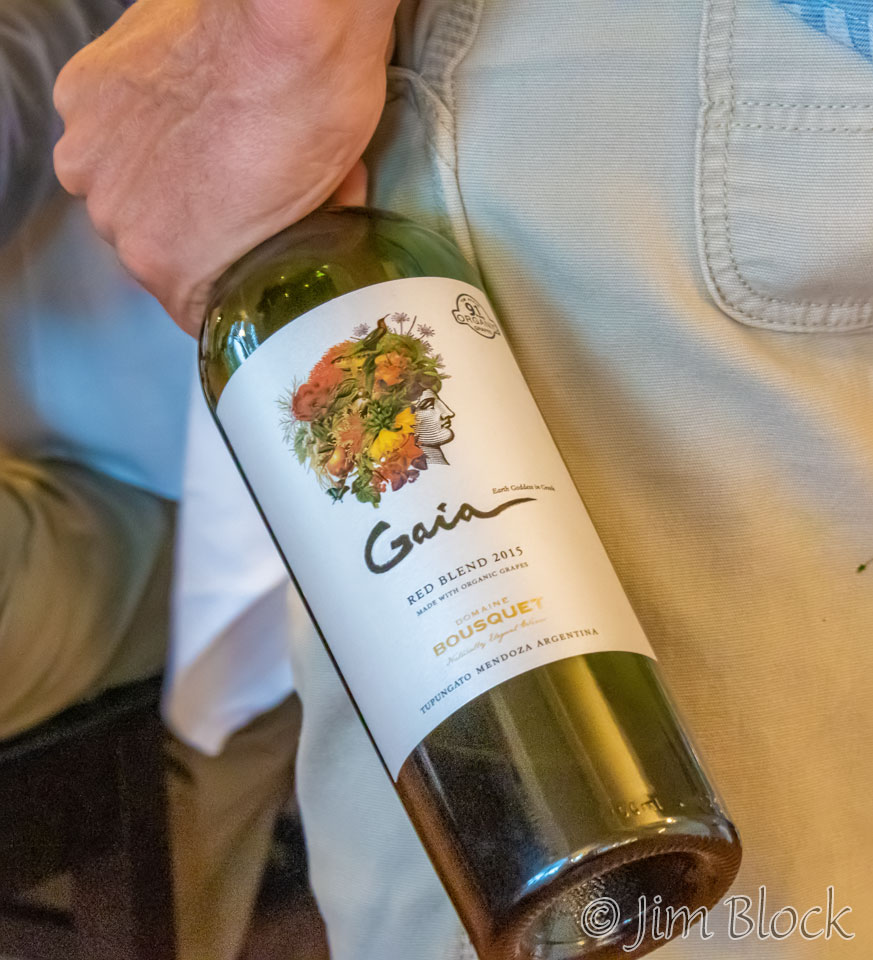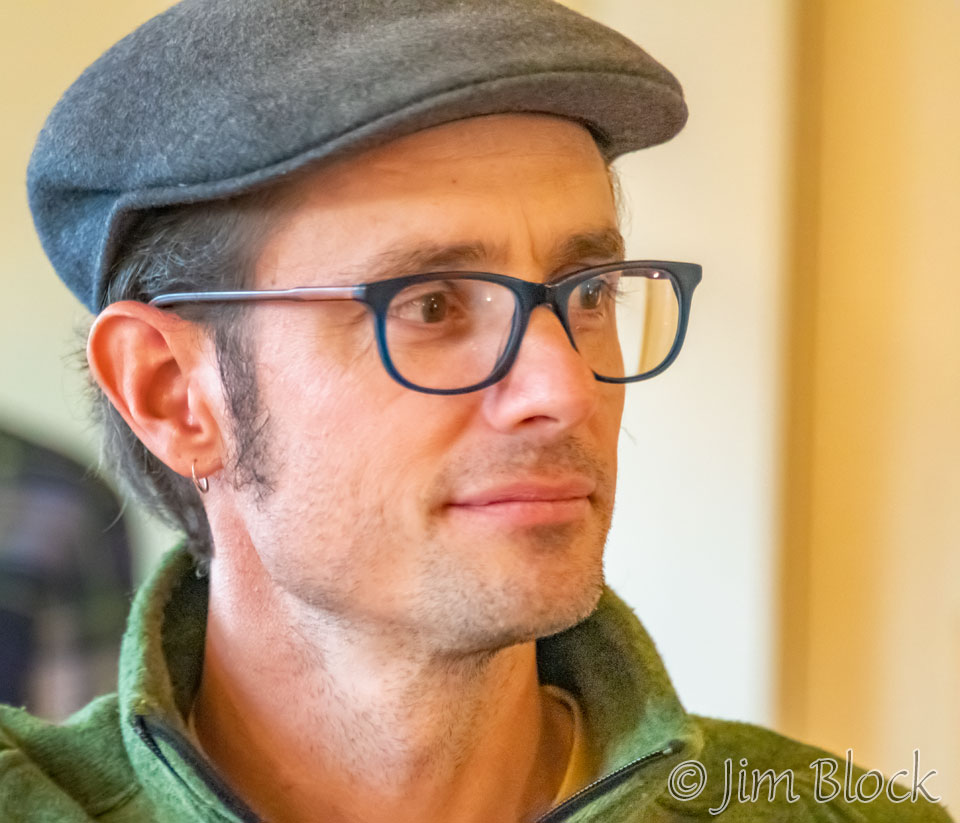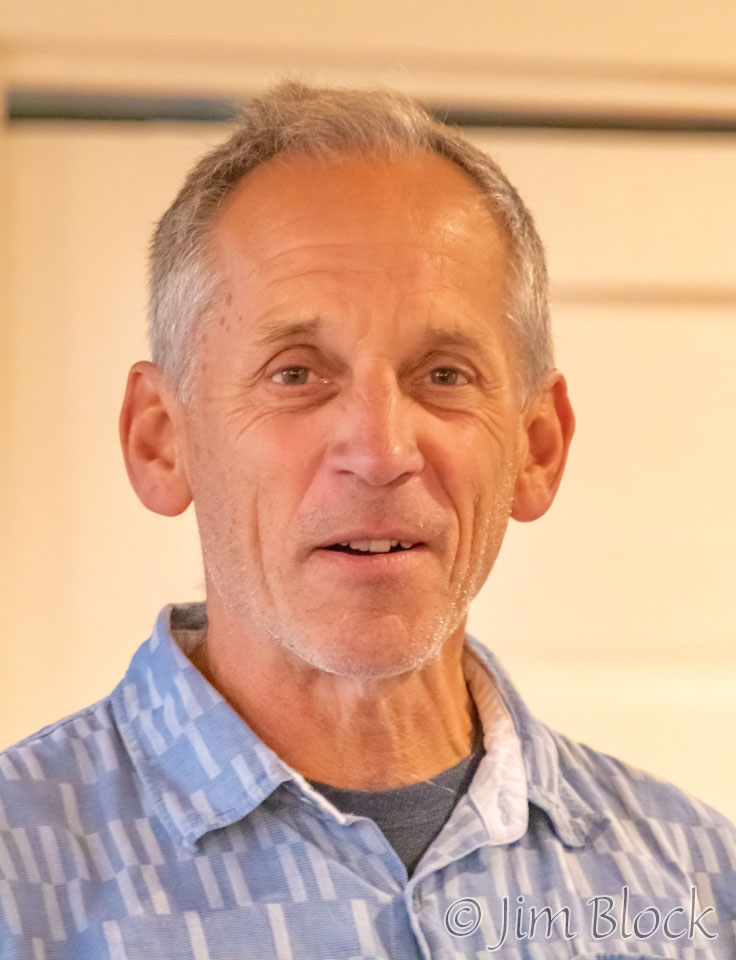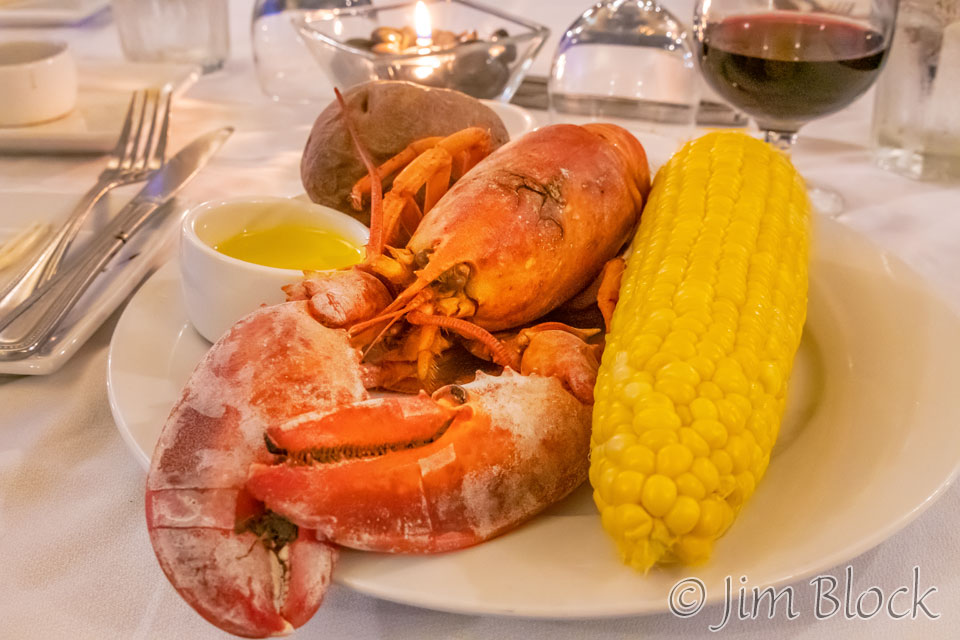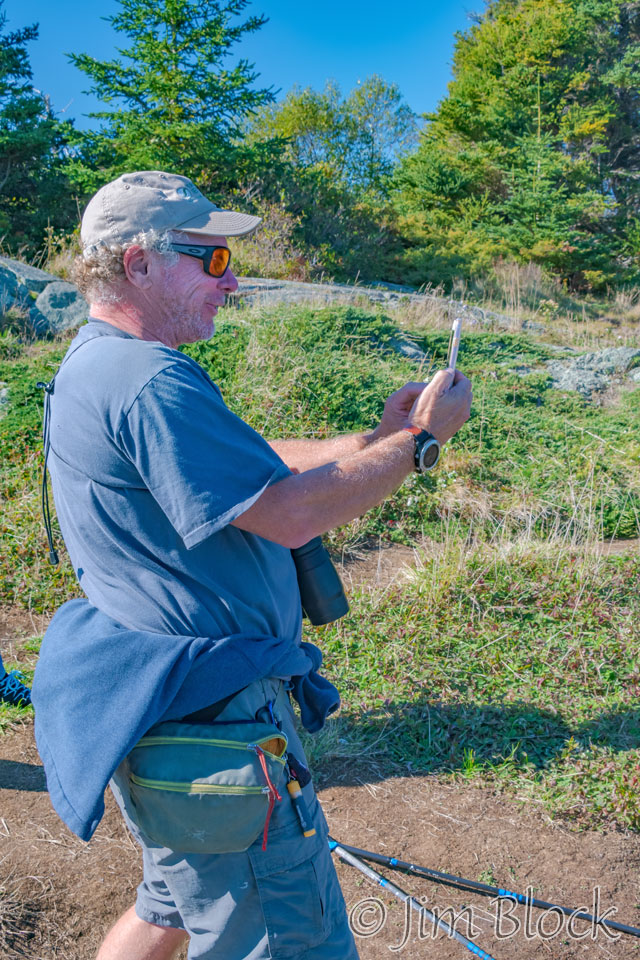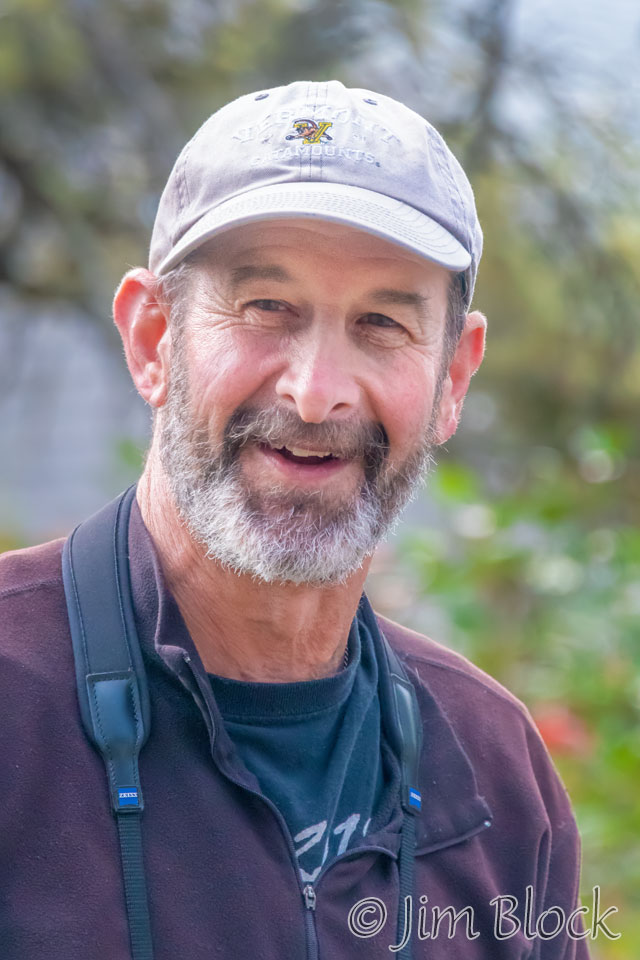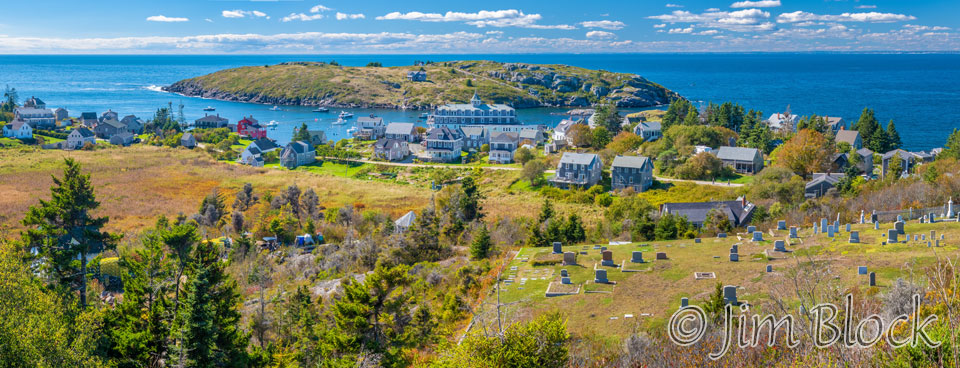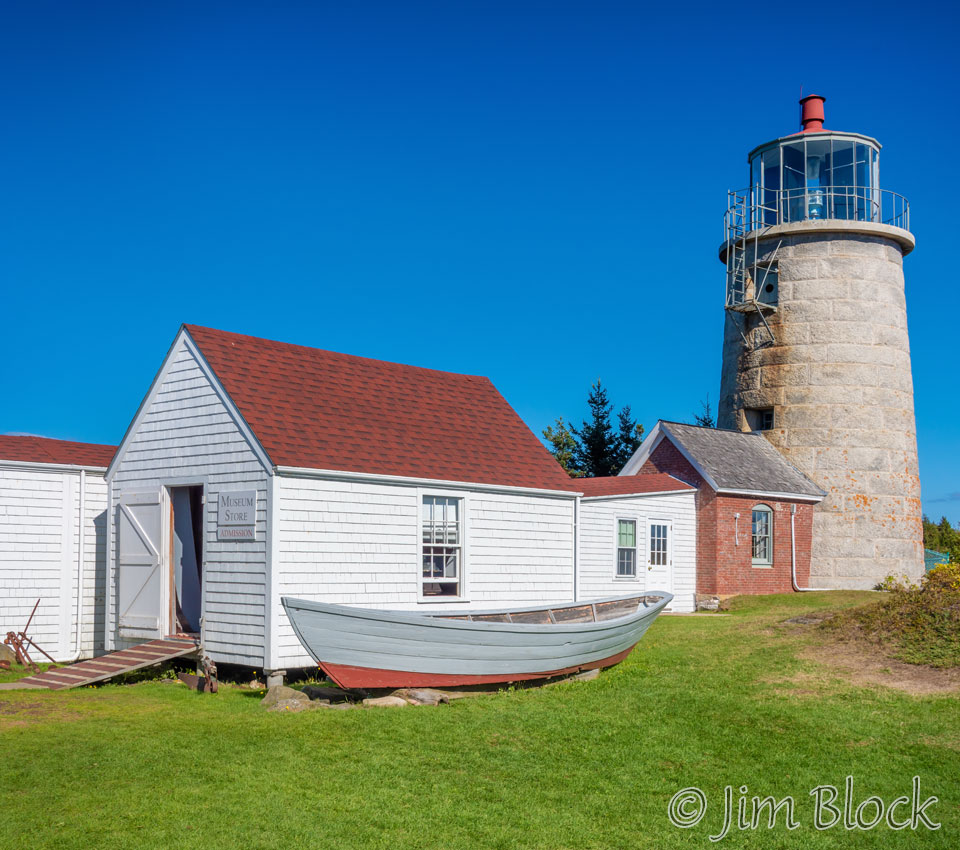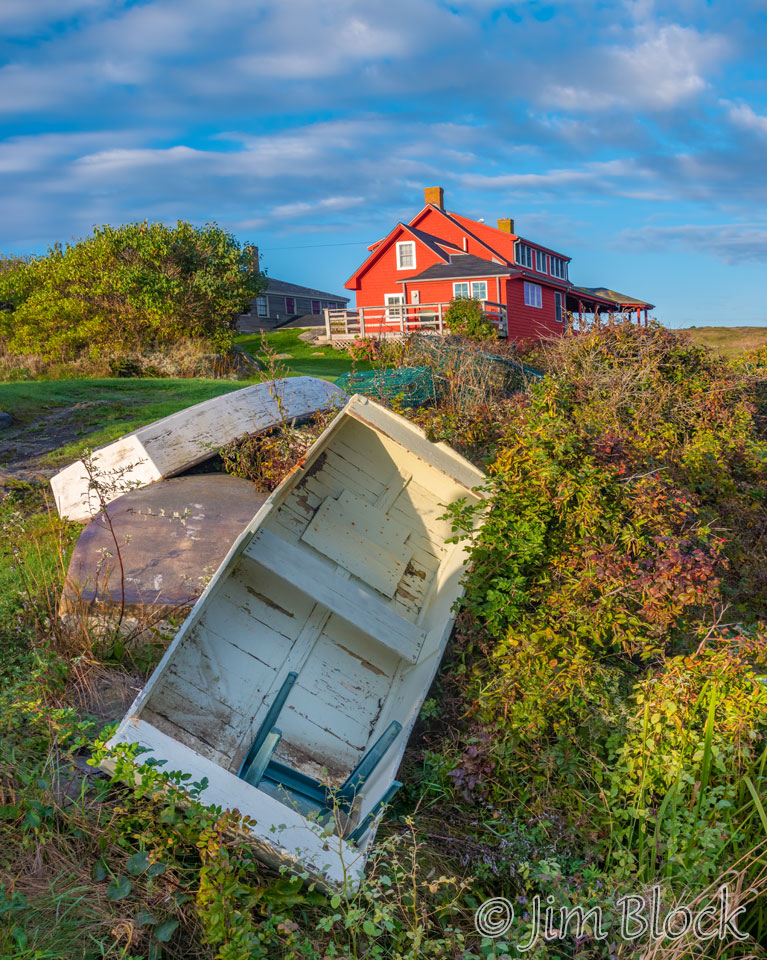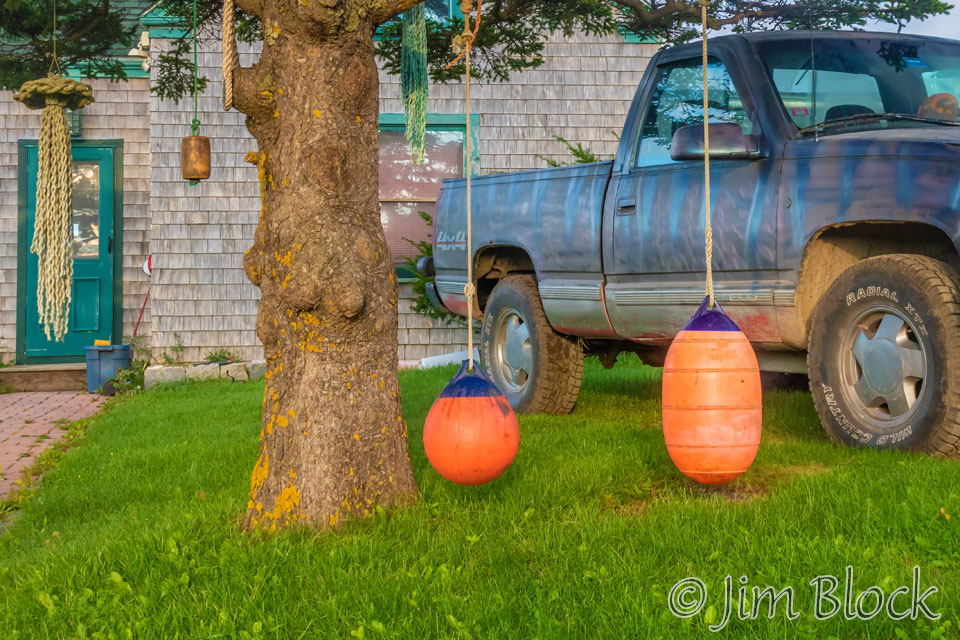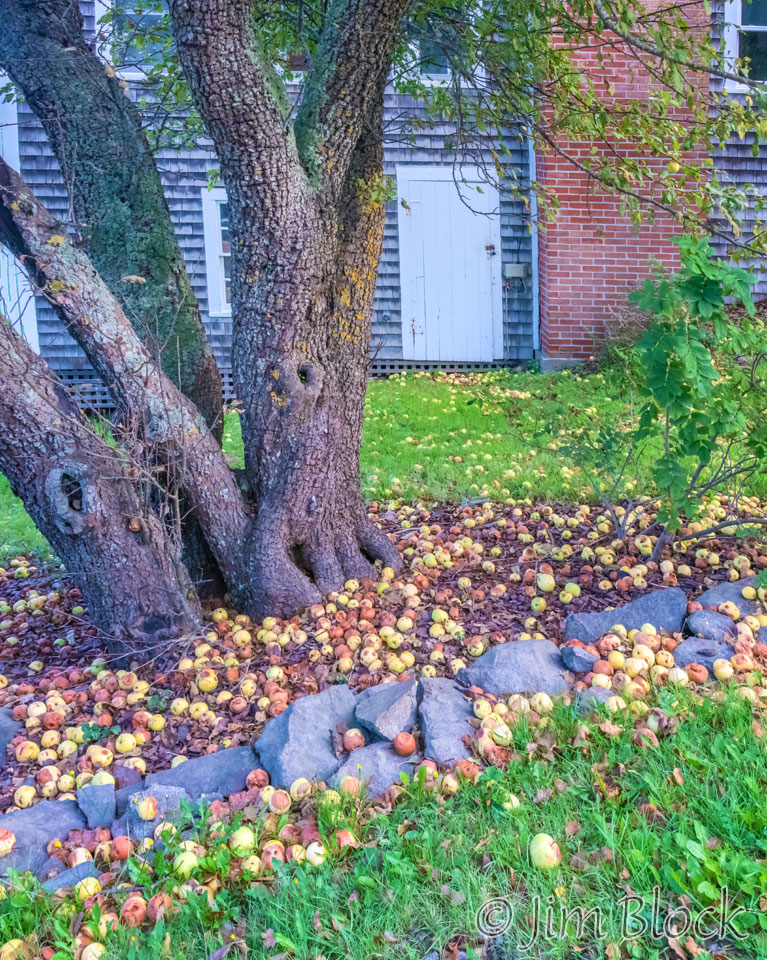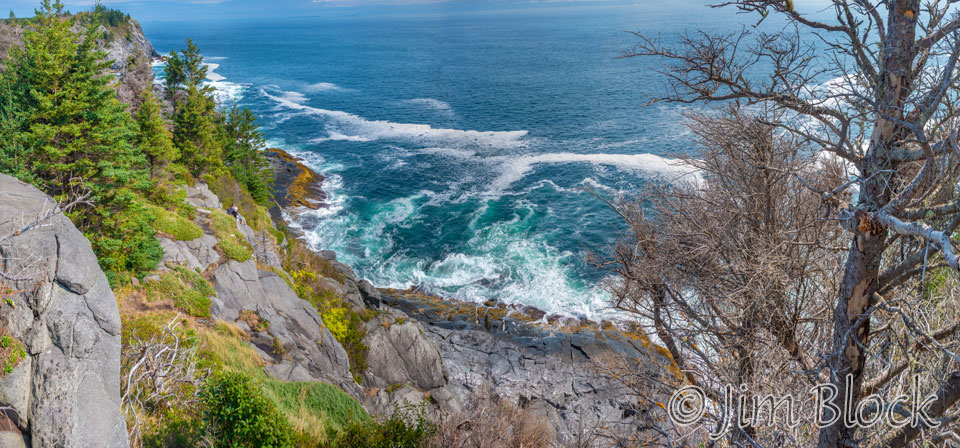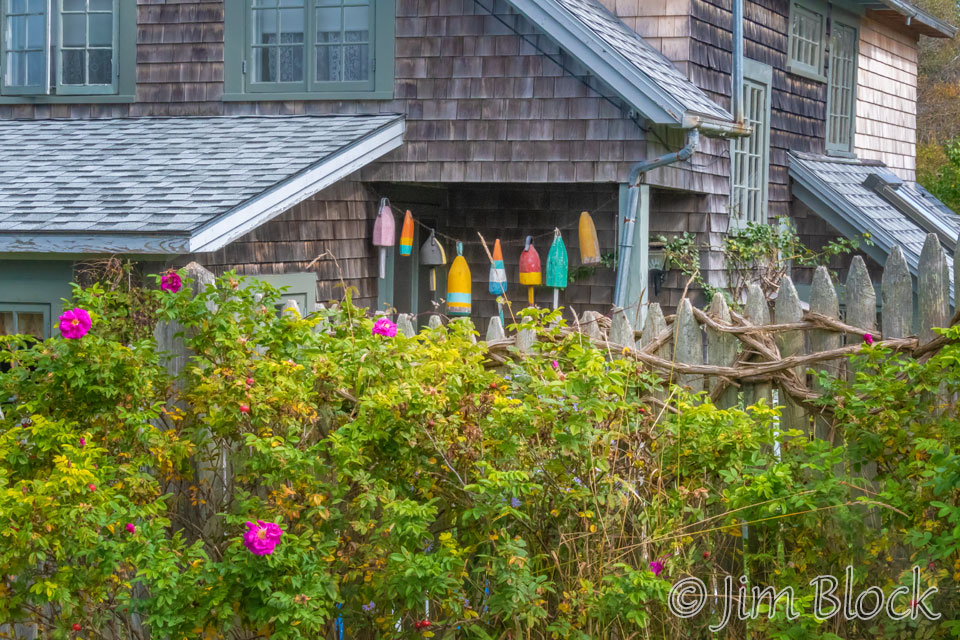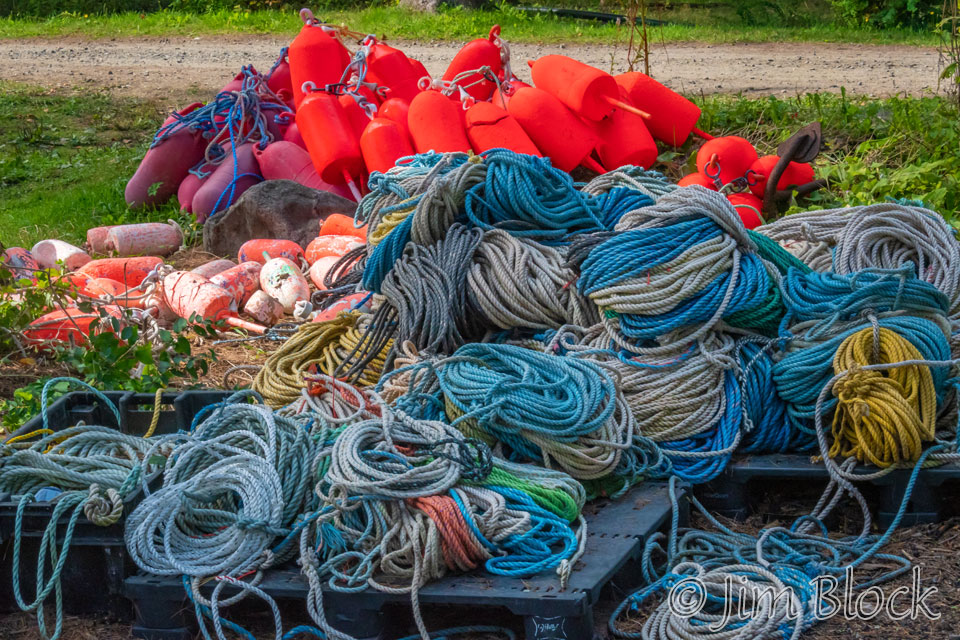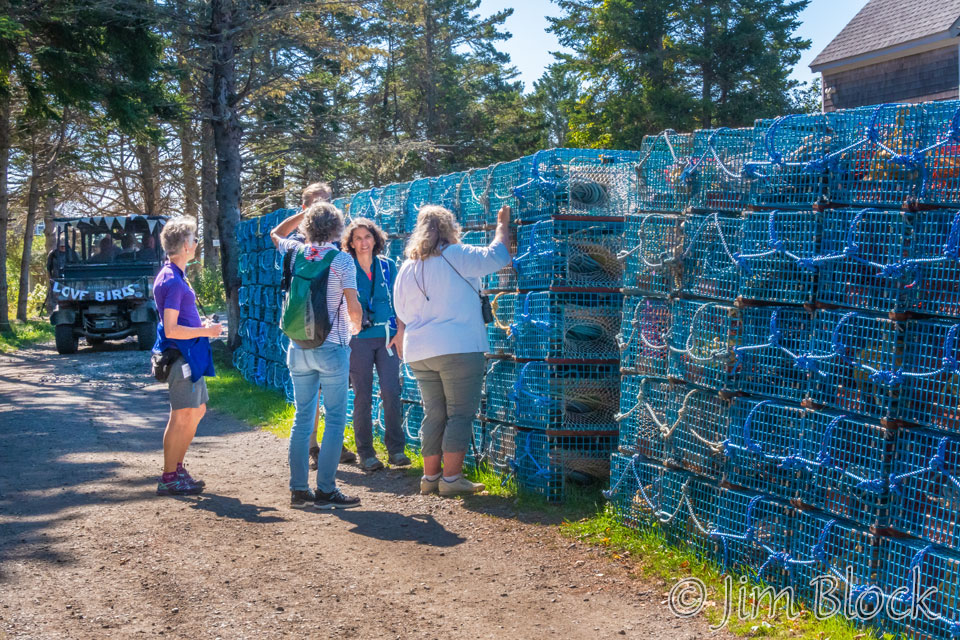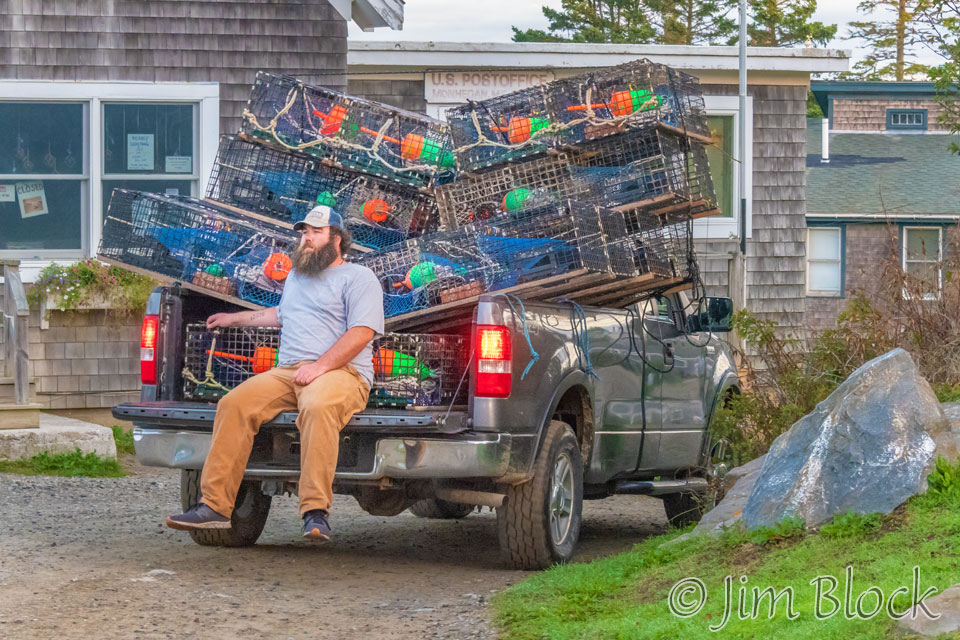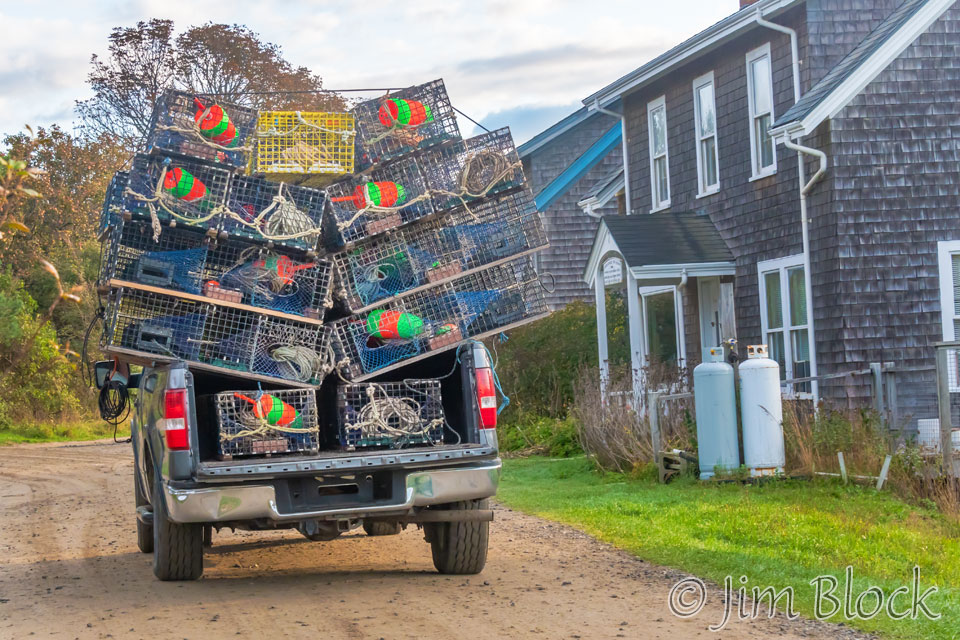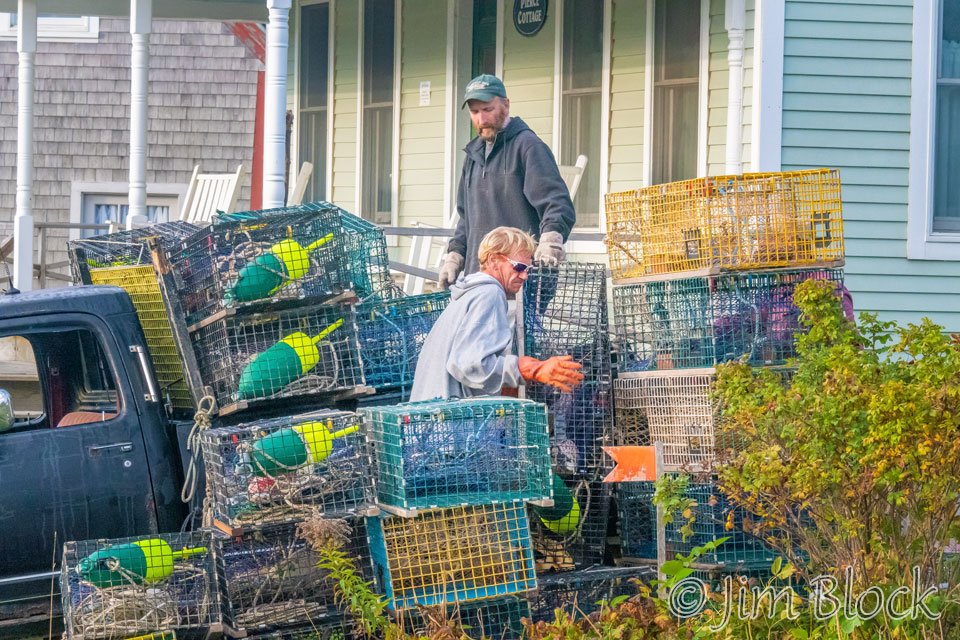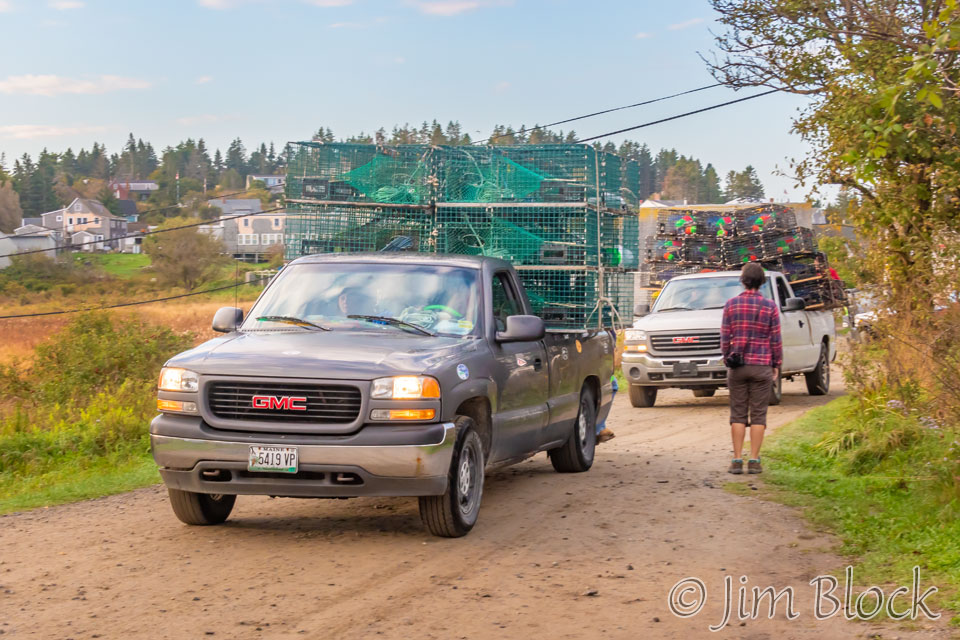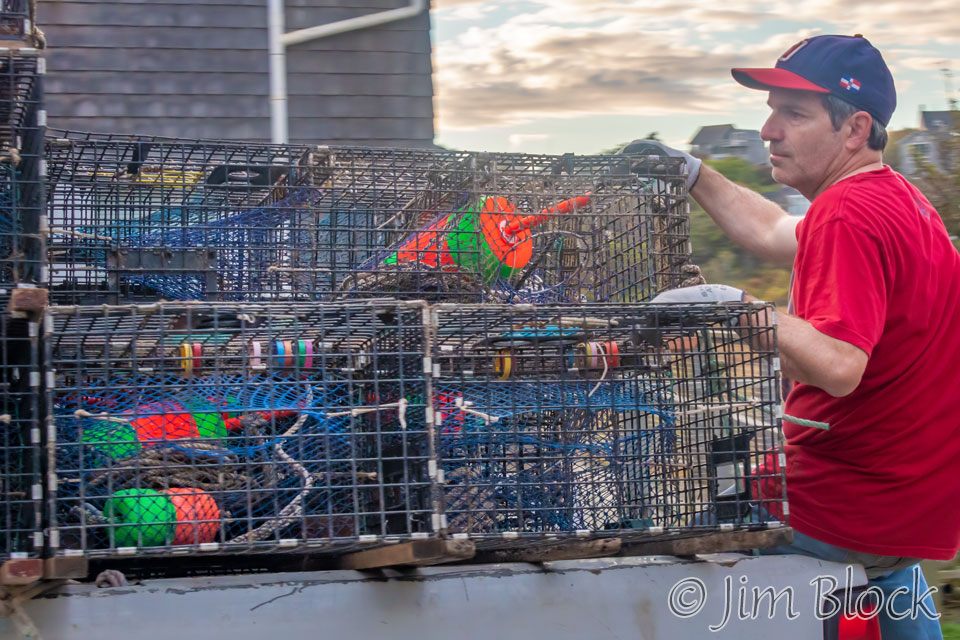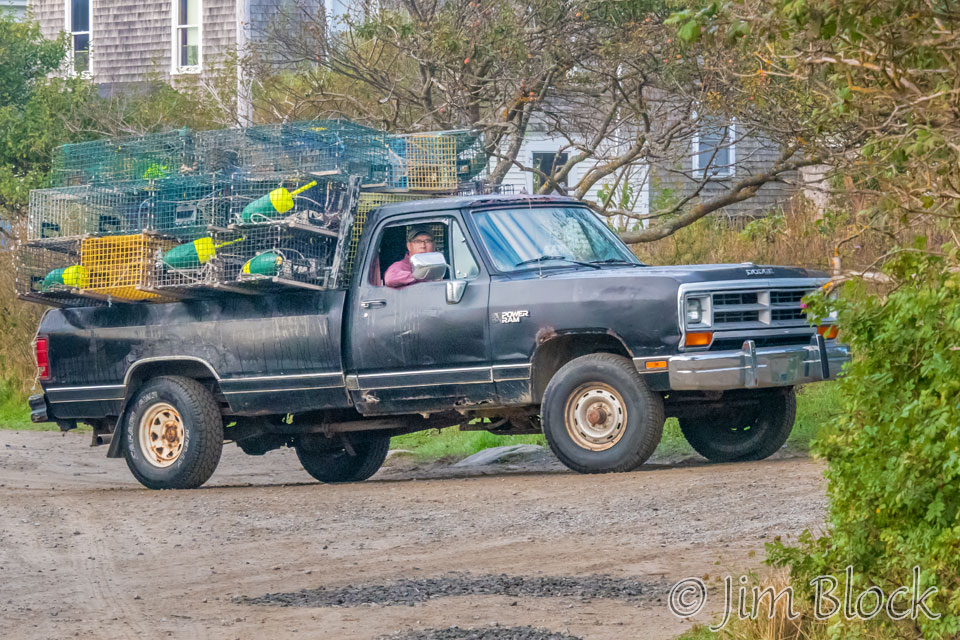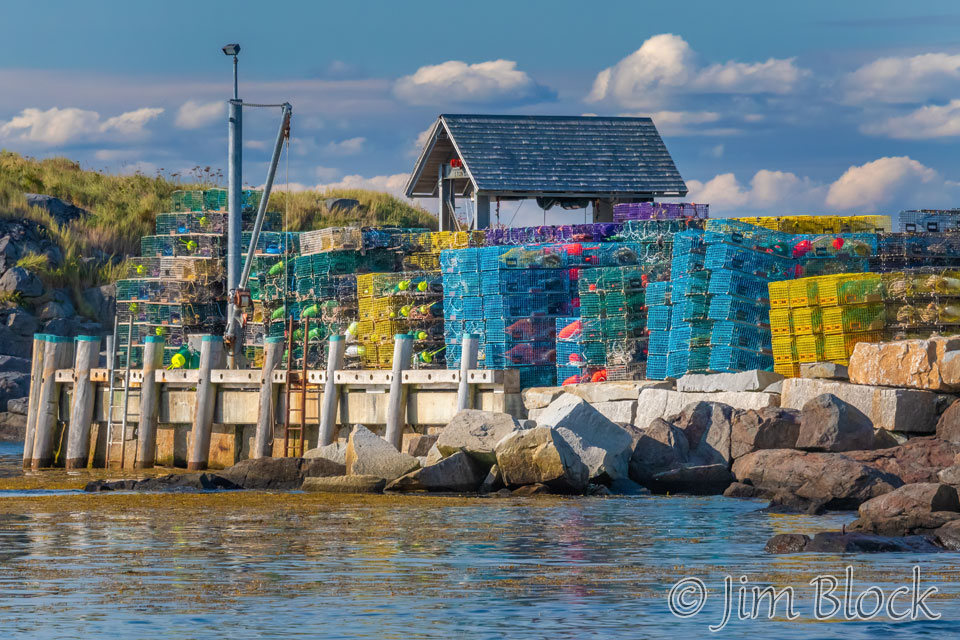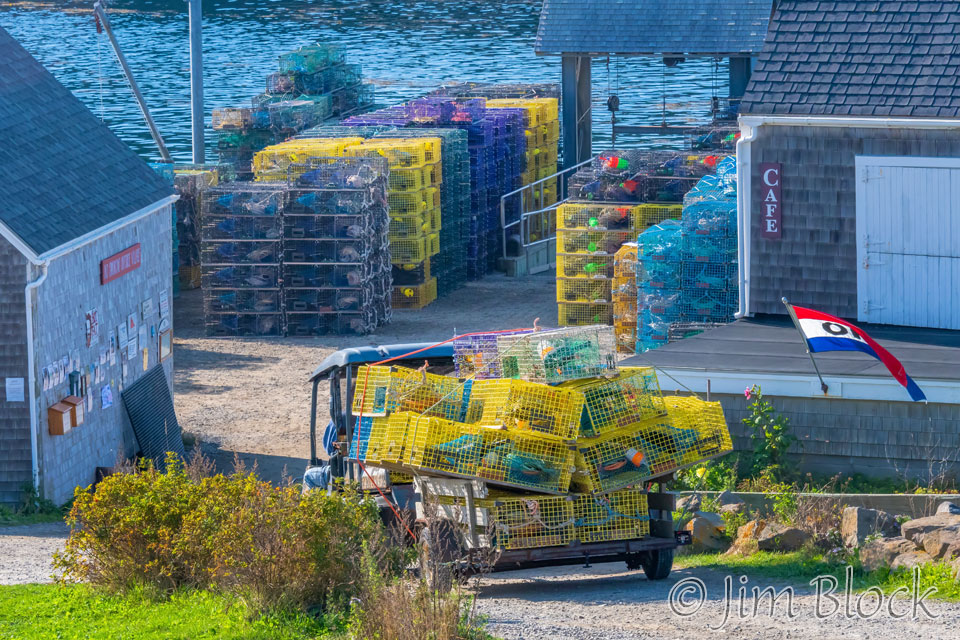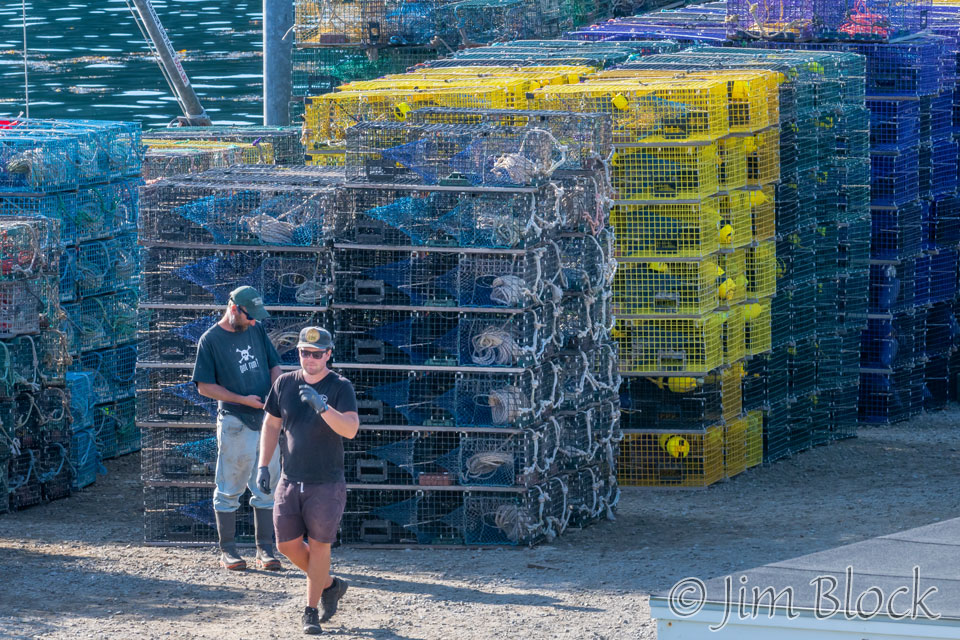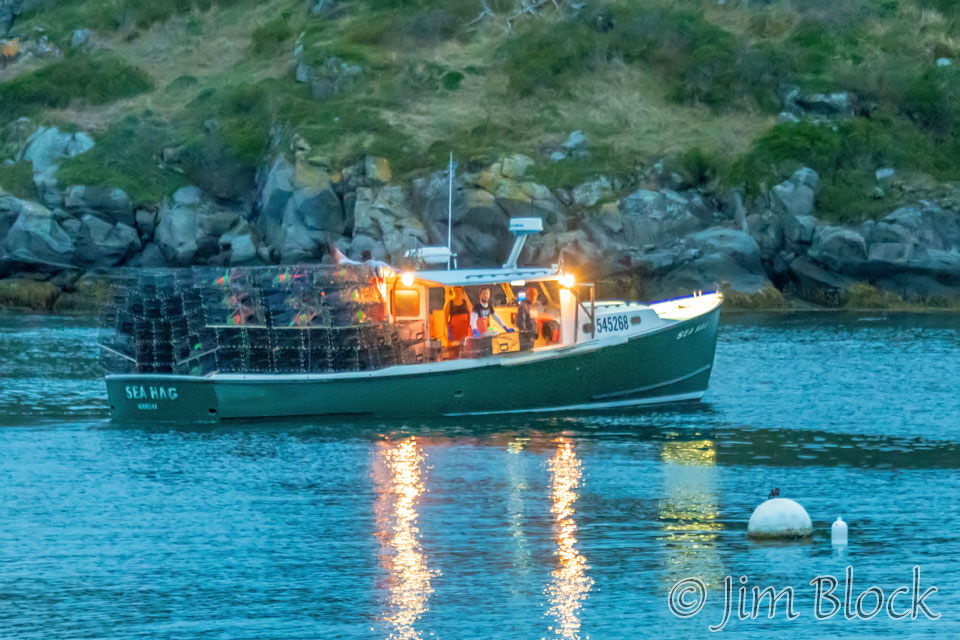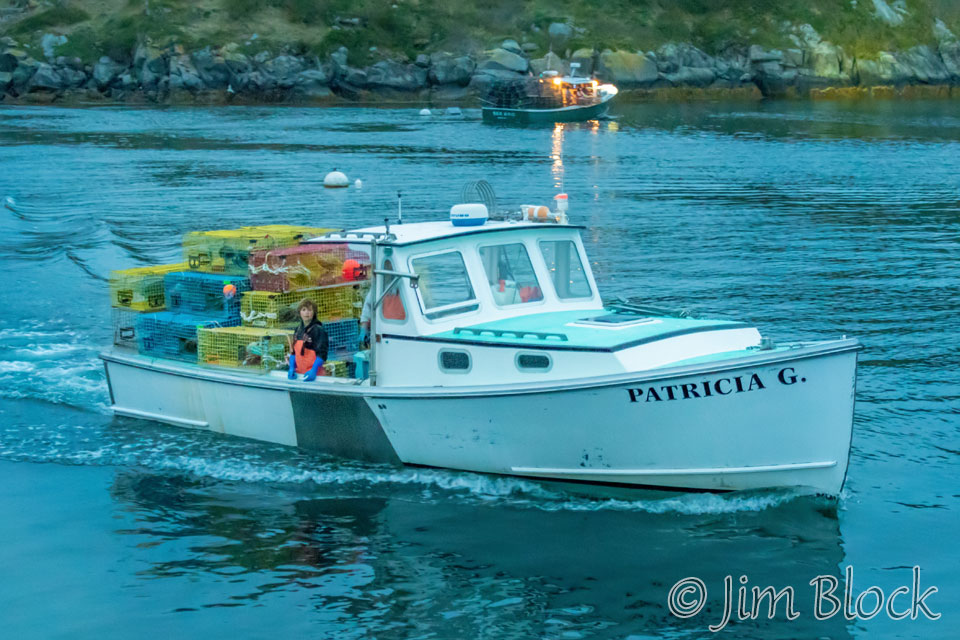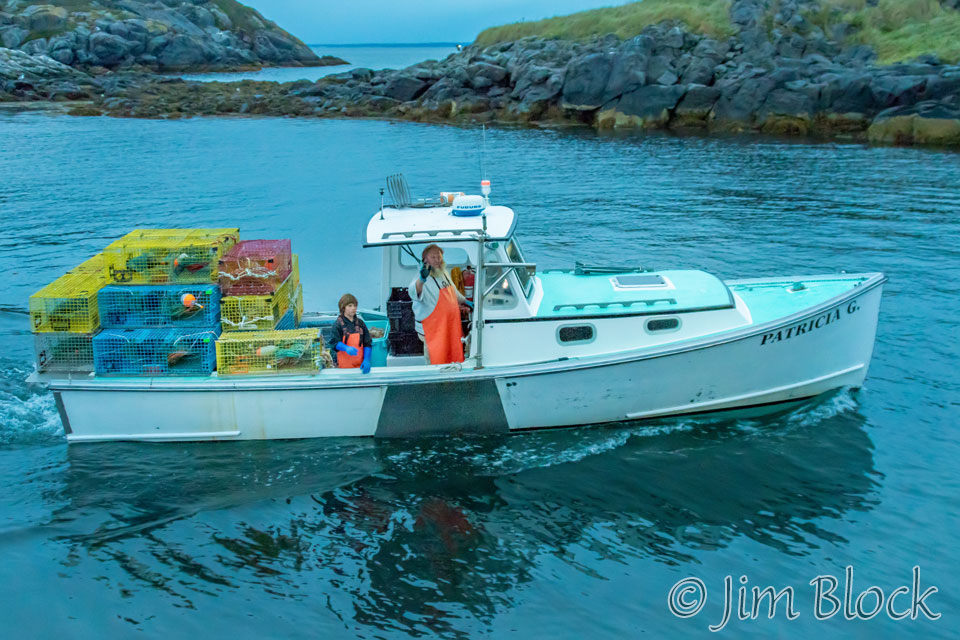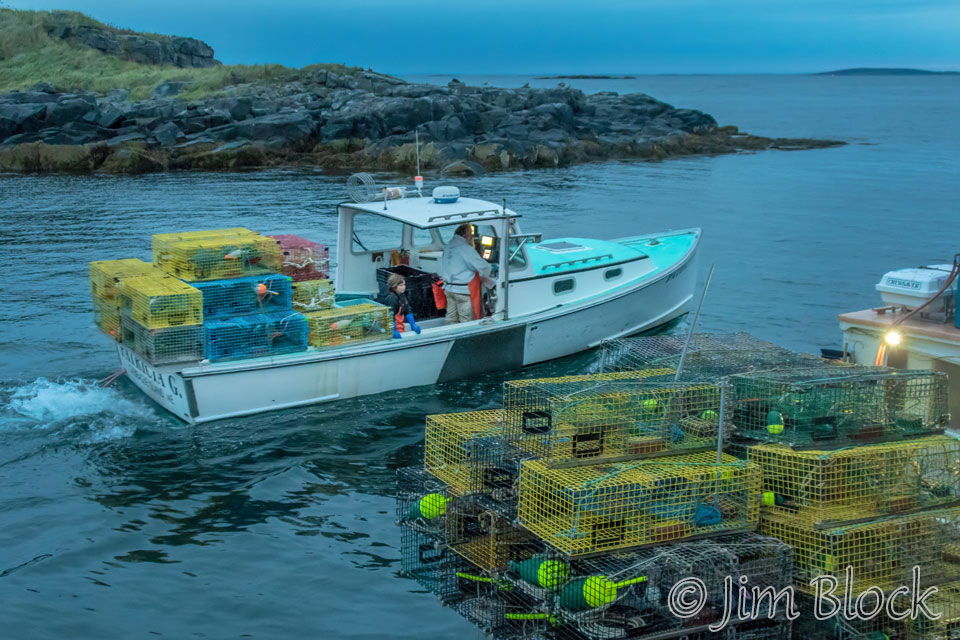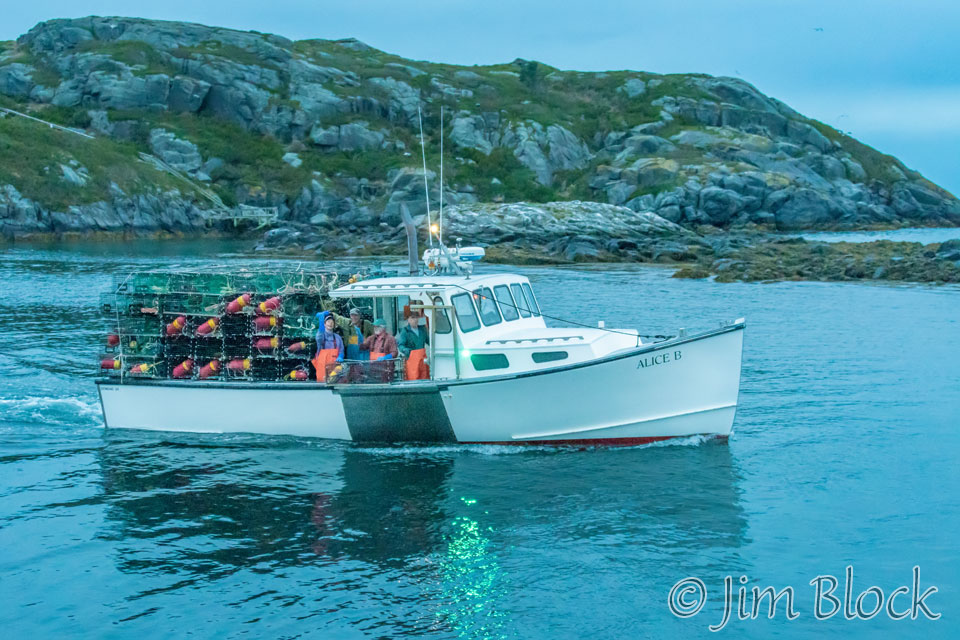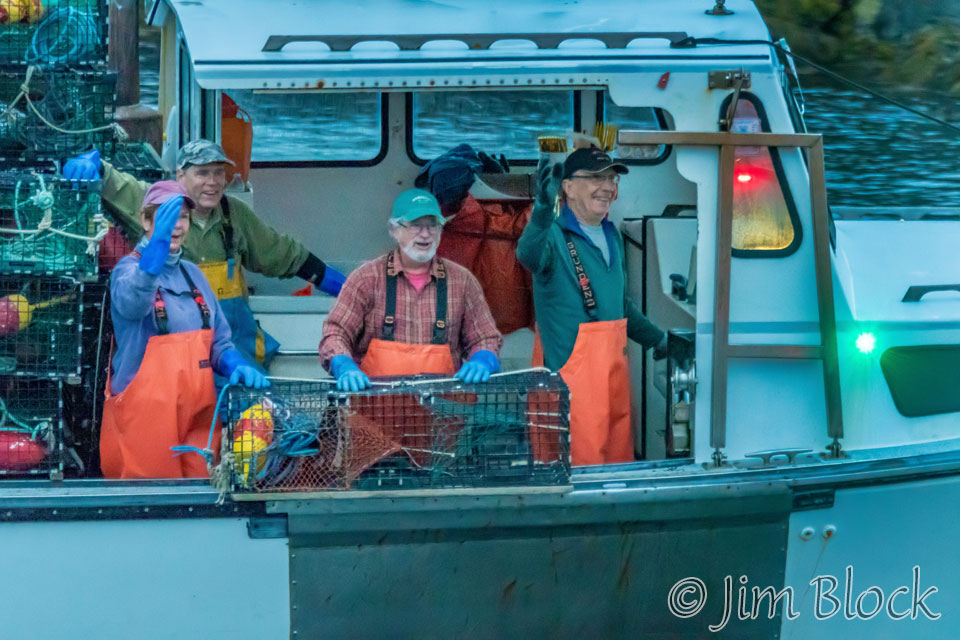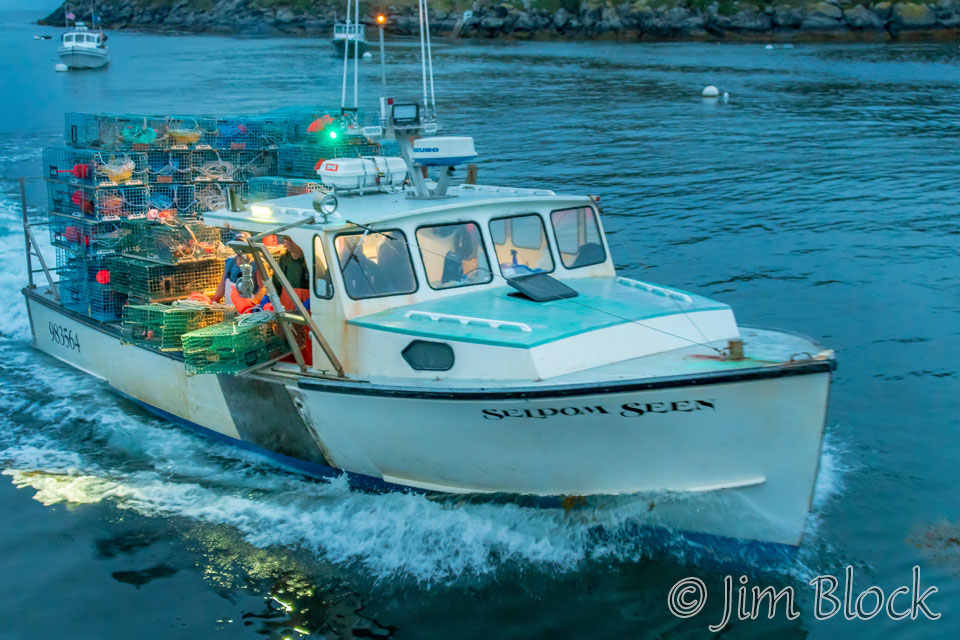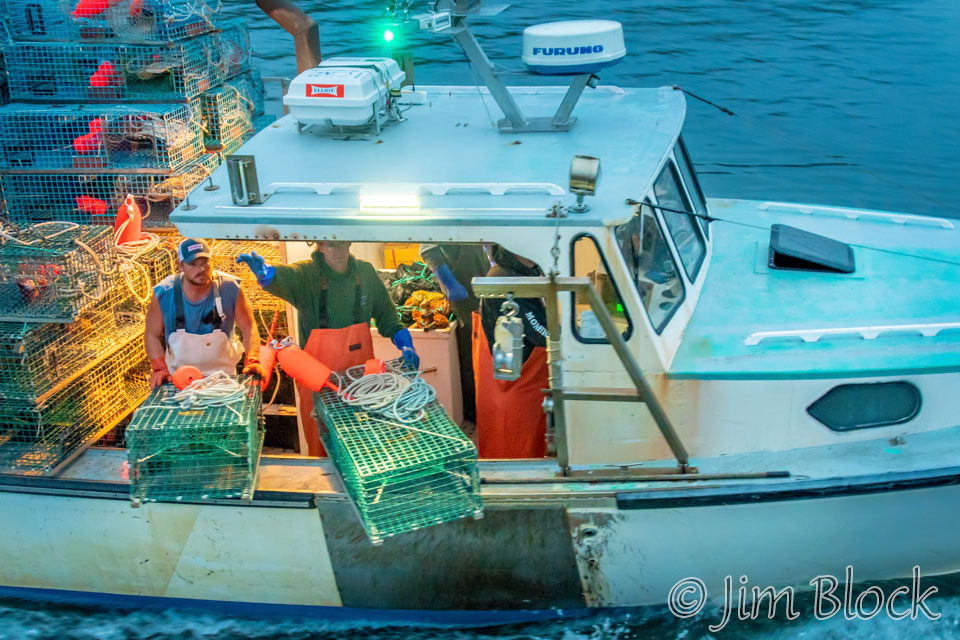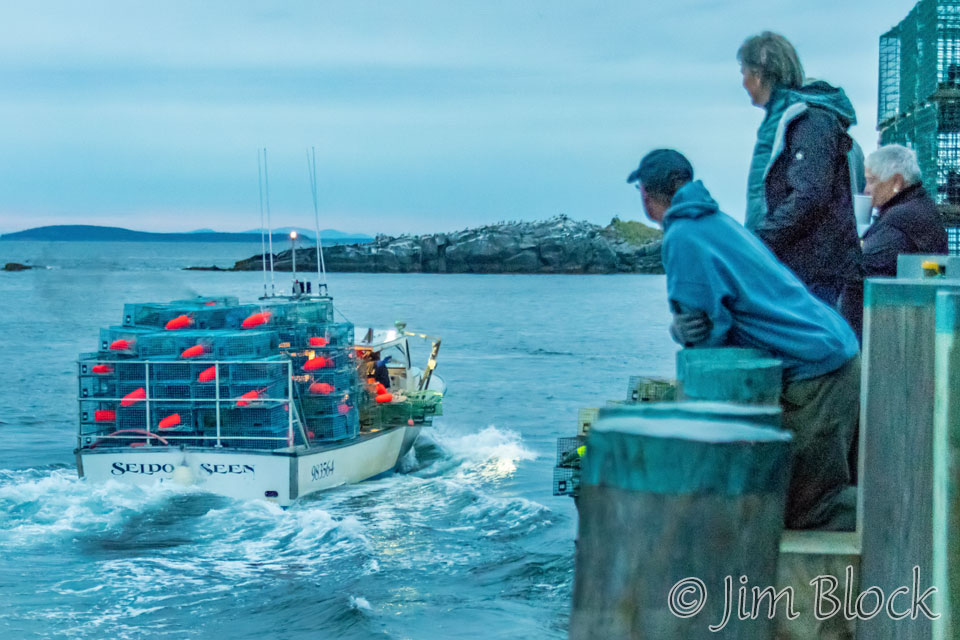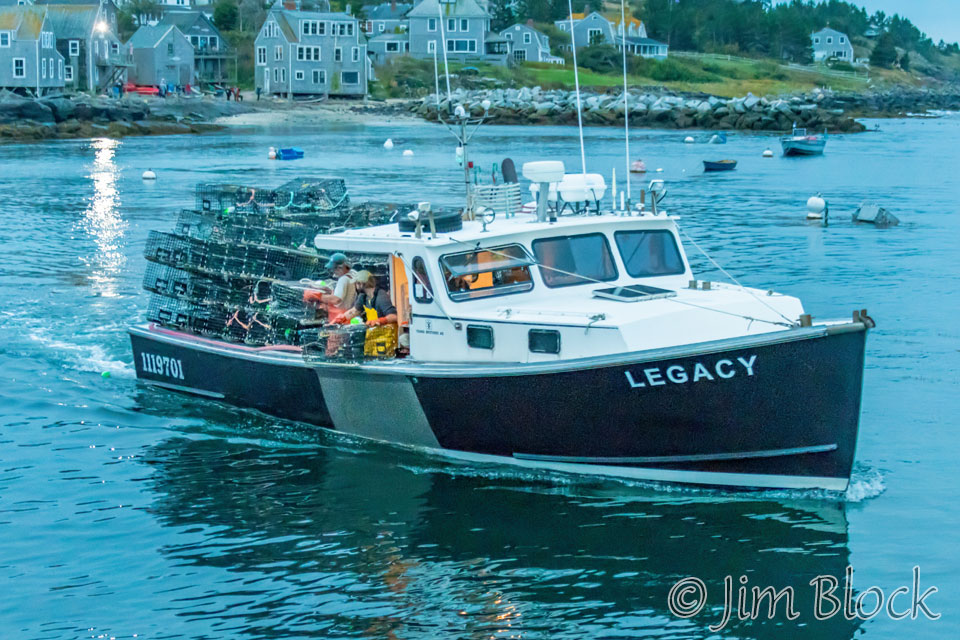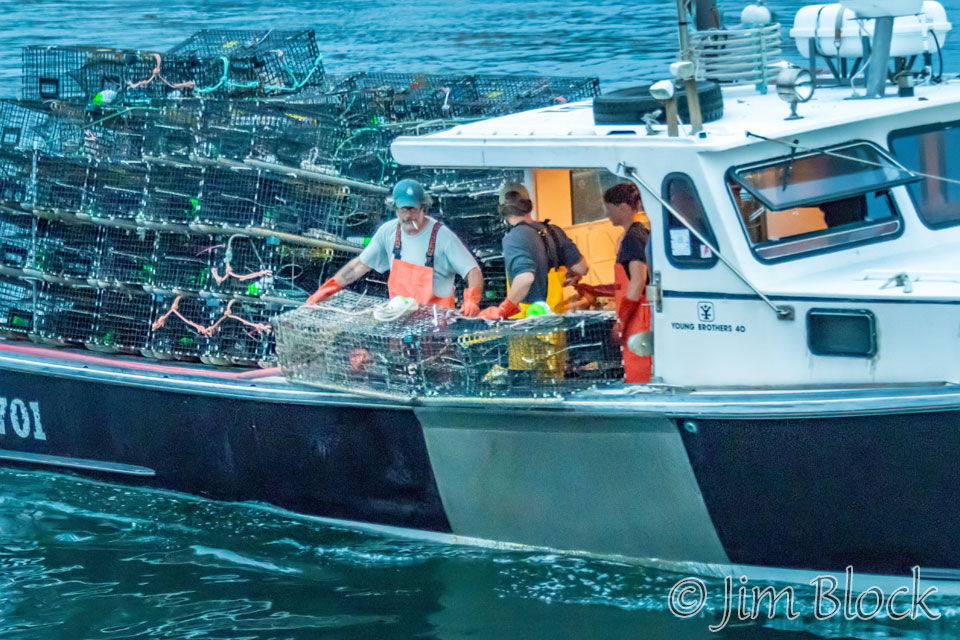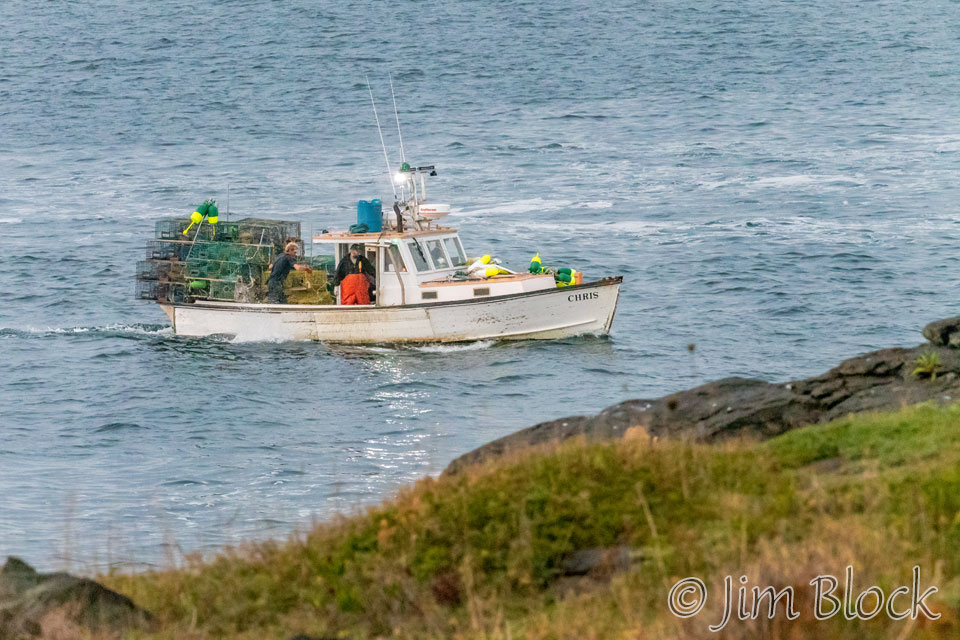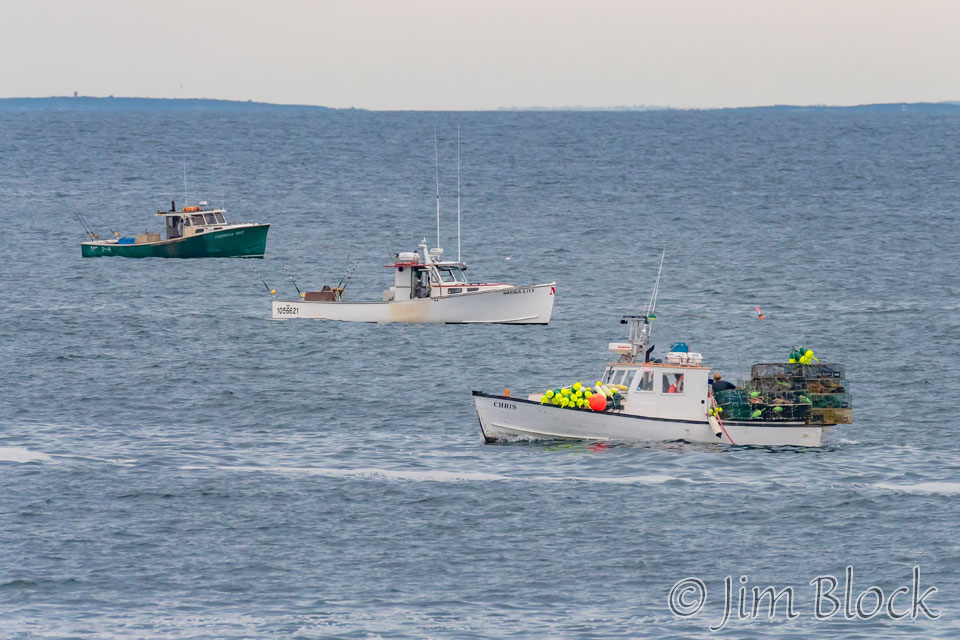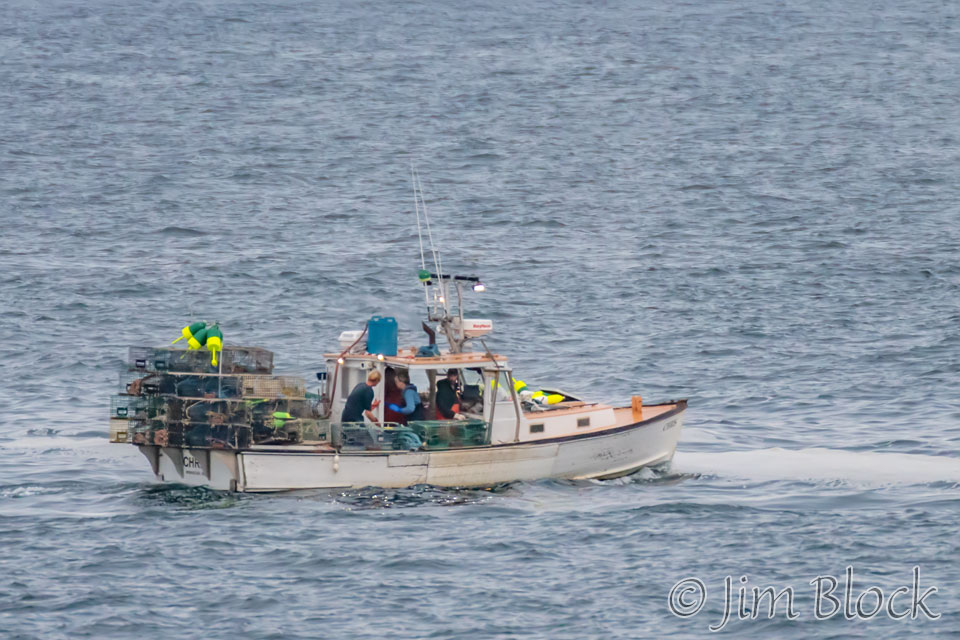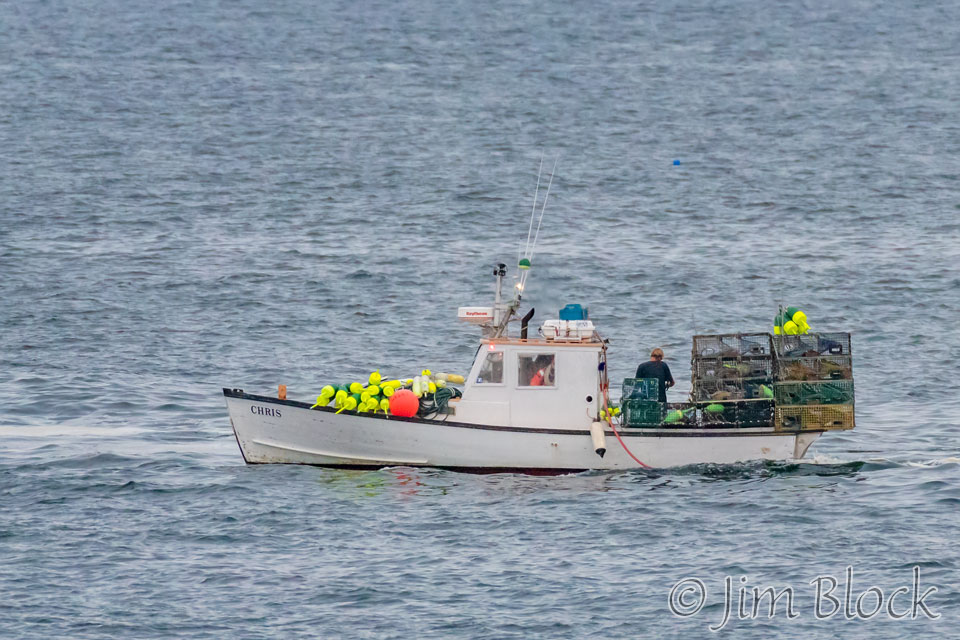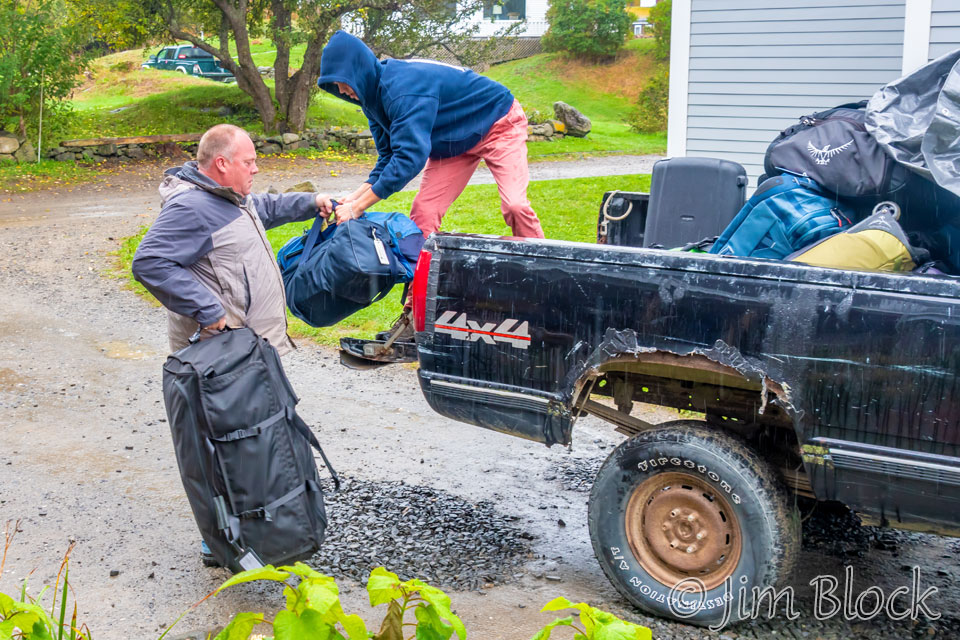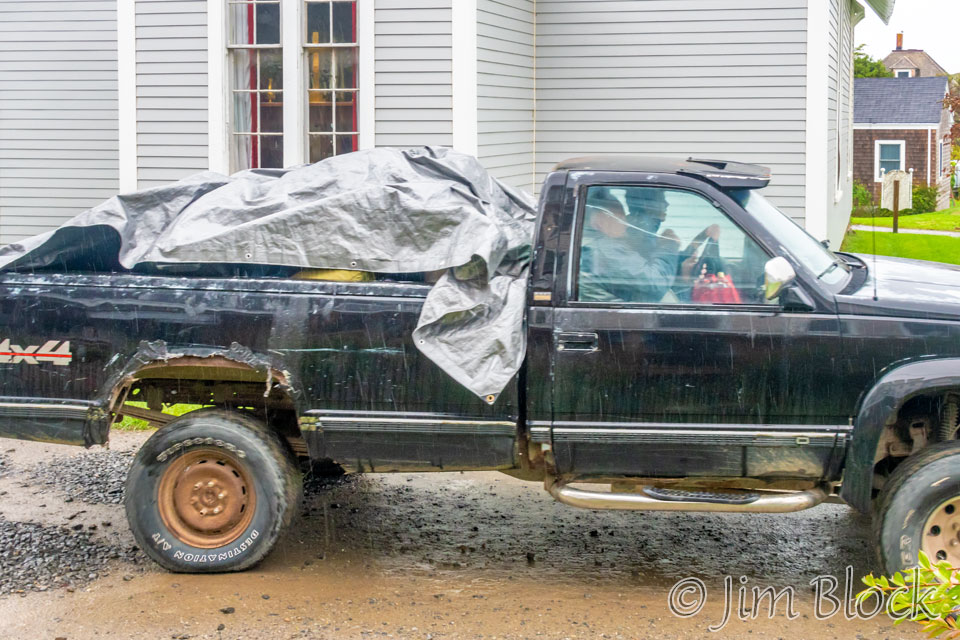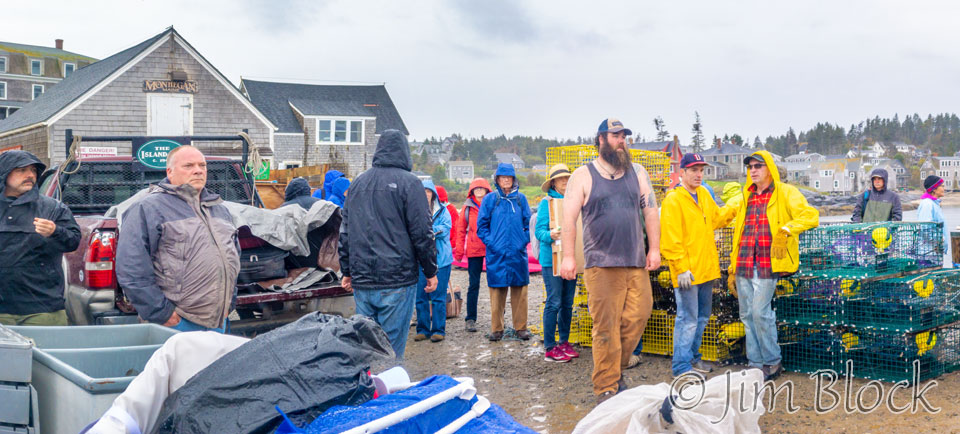Although I had been to Monhegan Island once before, my 4-day stay with the good folks from the Vermont Center for Ecostudies was an eye-opening experience revealing the beauty and bird life of the island. This page contains many photos of birds I took during my visit. It begins and ends with some non-avian photos.

The very first evening on Monhegan, I photographed some amazing iridescent clouds from my room in the charming Monhegan House. You can learn about this fairly common, but rarely seen, phenomenon, as well as other things you can see in the sky besides birds, if you CLICK HERE.
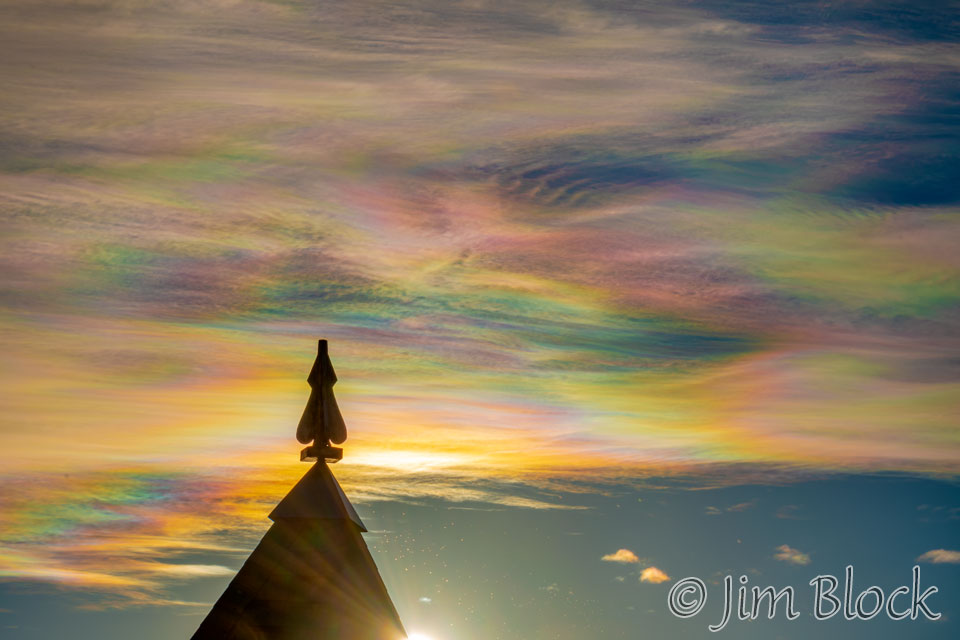
Before boarding the boat from Port Clyde to Monhegan, I had to pay a visit to the “Forrest Gump” lighthouse, the Marshall Point Light.
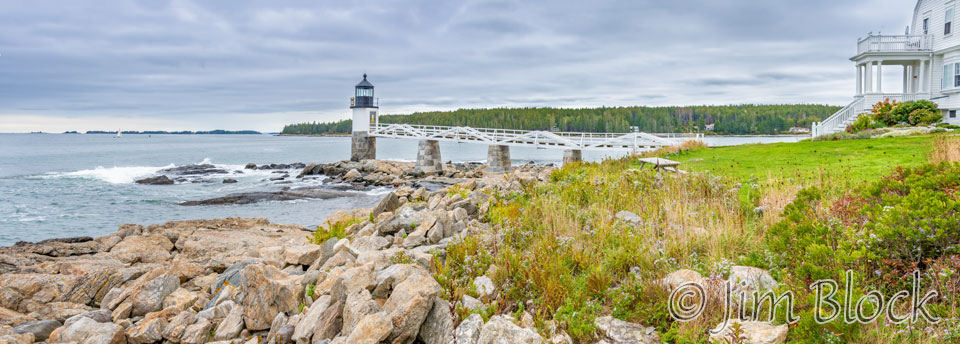
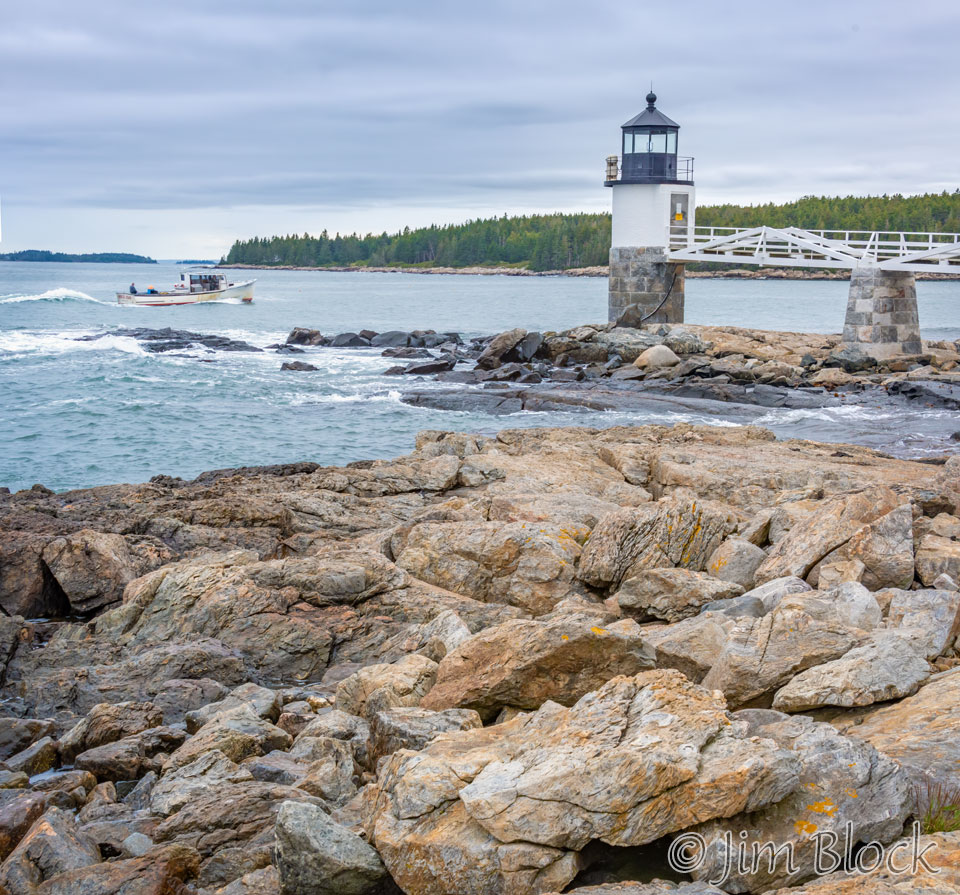
I also got some photos of local color in Port Clyde.
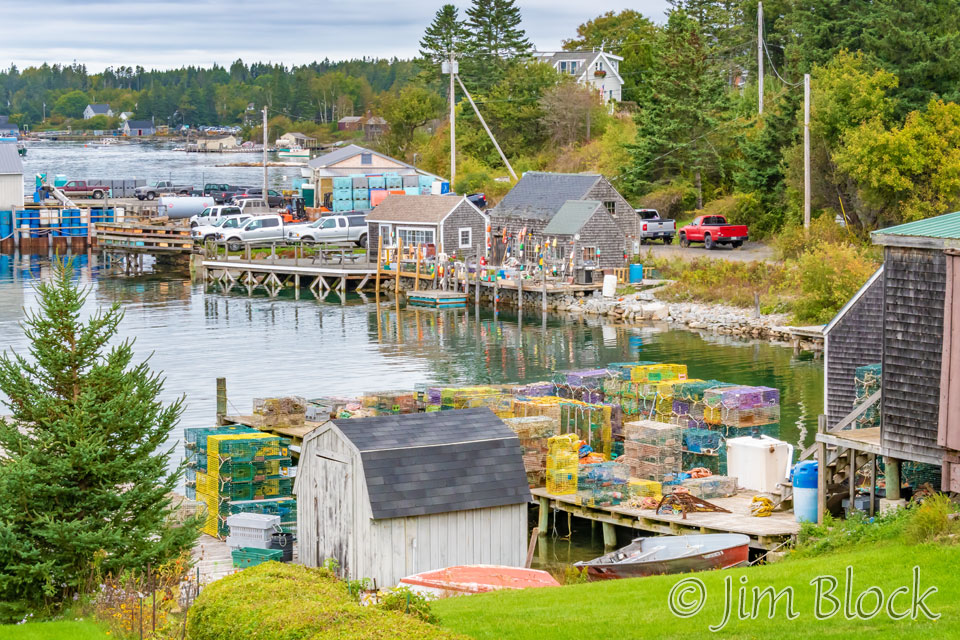
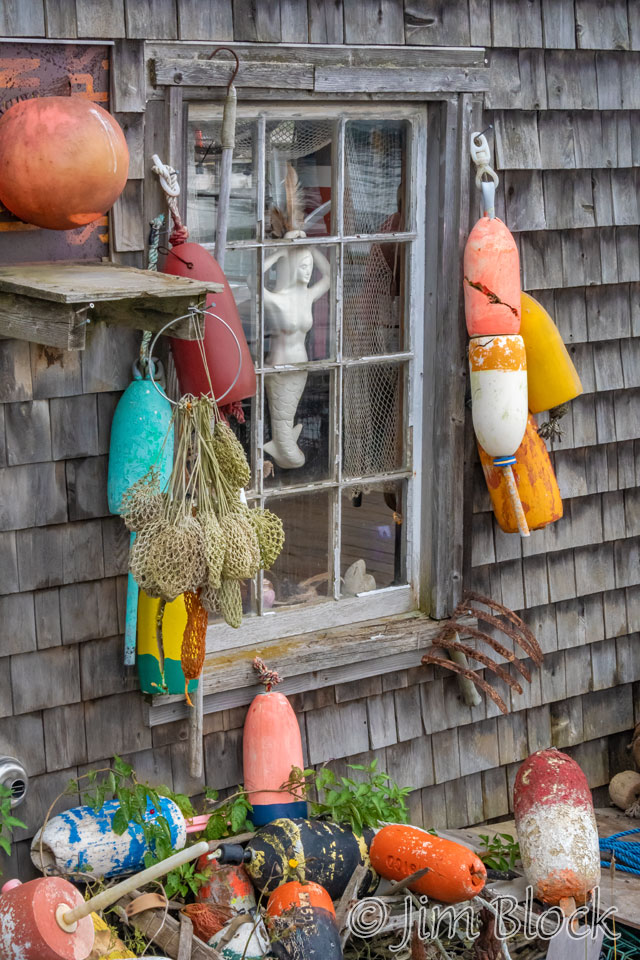
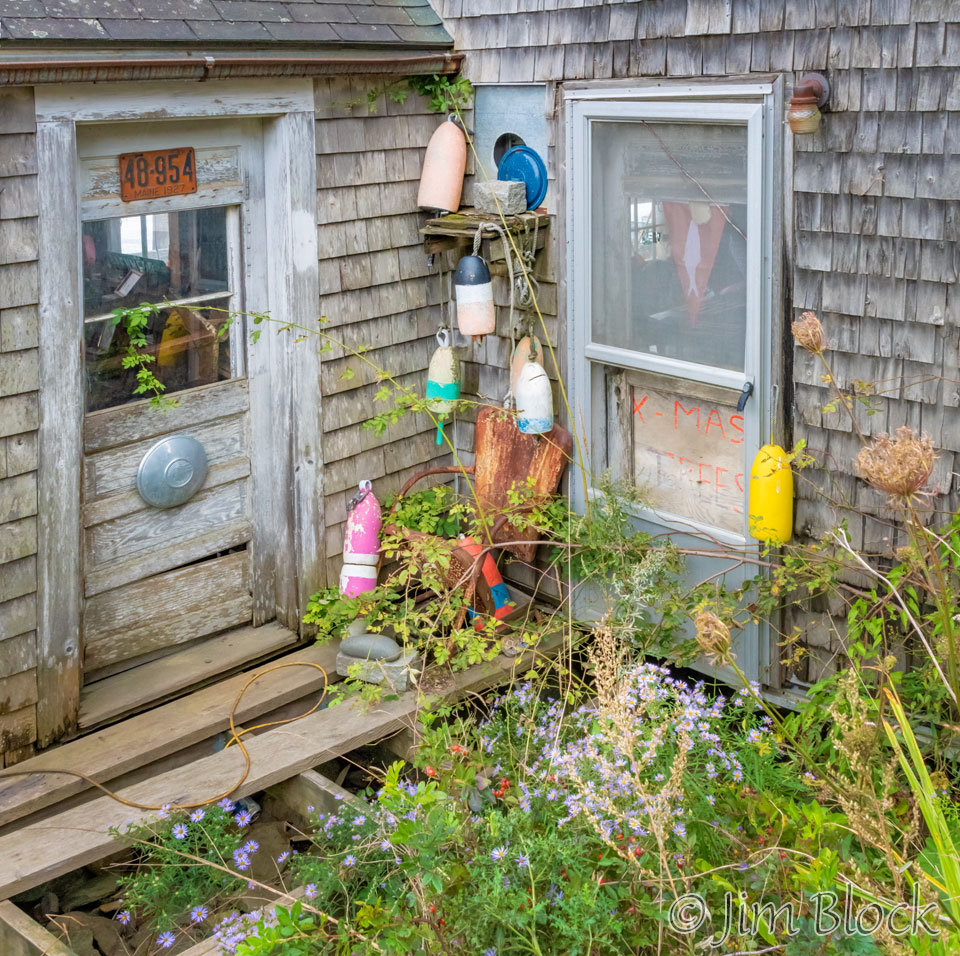
A tiny Eastern Calligrapher and an invasive but pretty Himalayan Balsam caught my eye. The Eastern Calligrapher is a fly, not a bee.
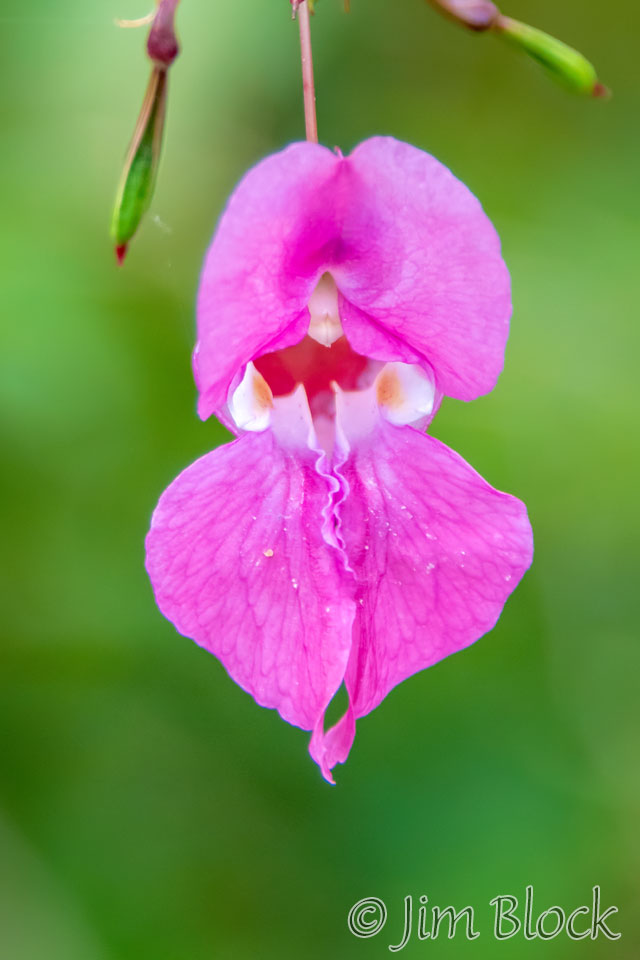
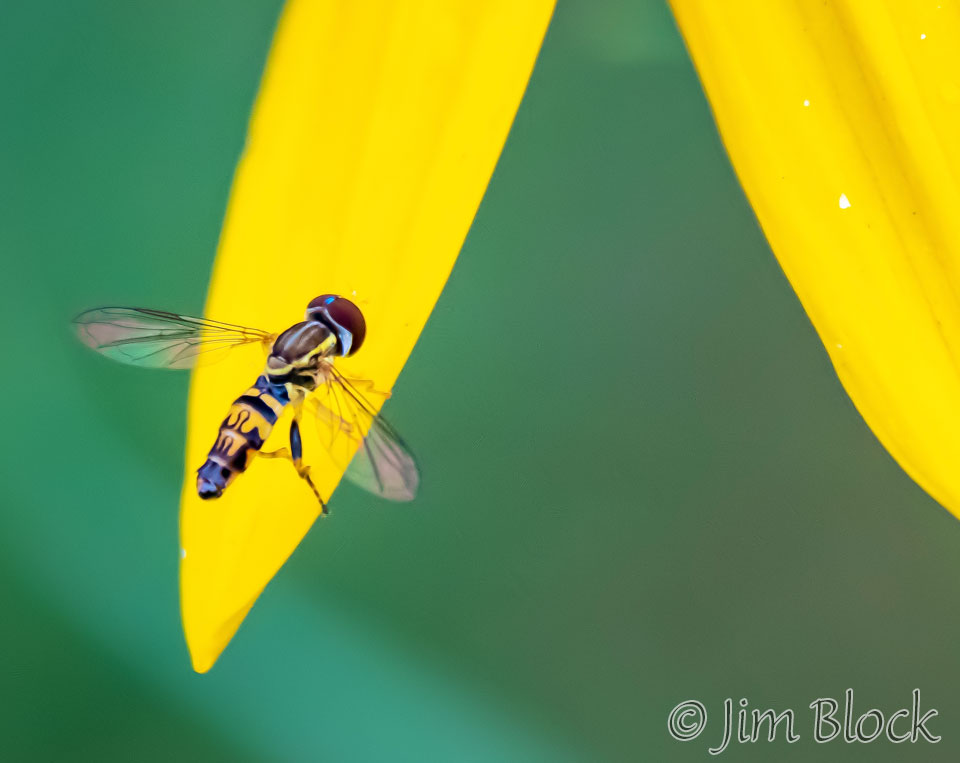
In Port Clyde I photographed my first land bird of the trip, a Gray Catbird.
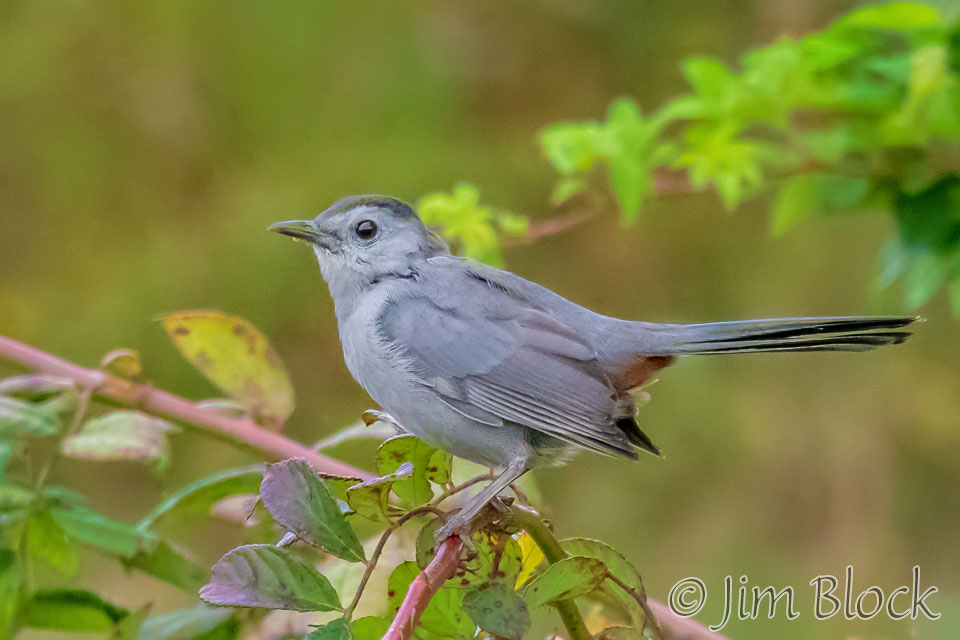
Here are a few birders that some of you will certainly recognize.
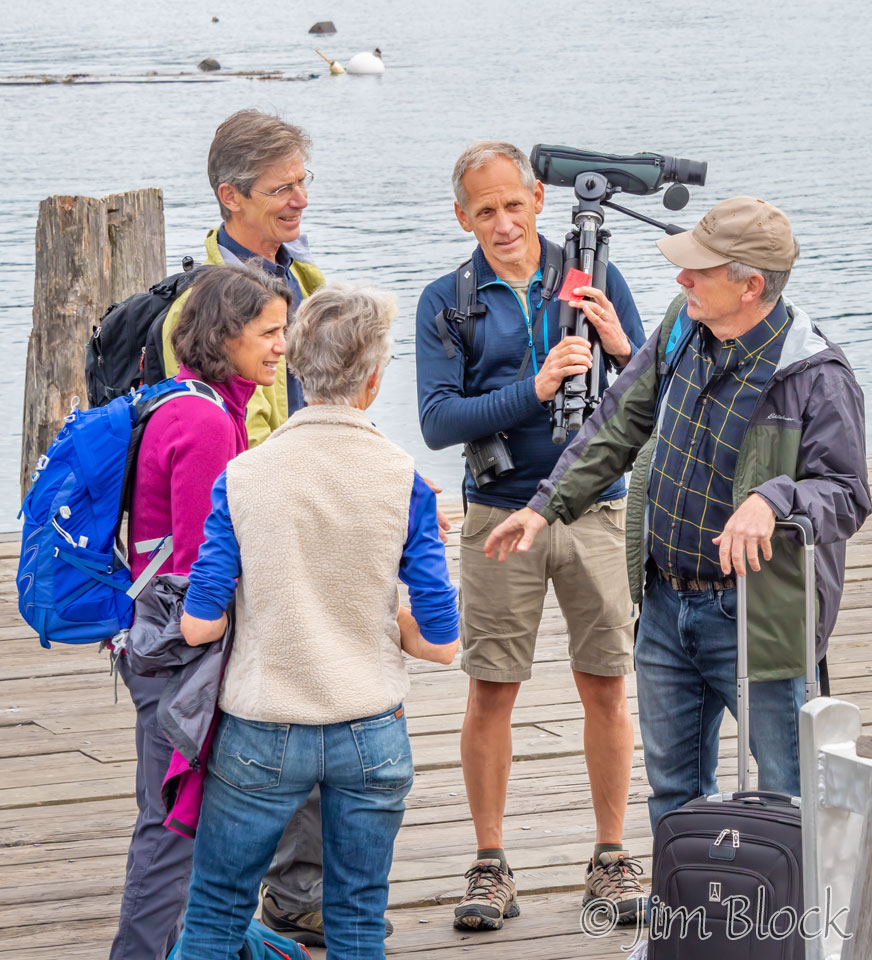
I took a photo looking back at Port Clyde as the boat departed.
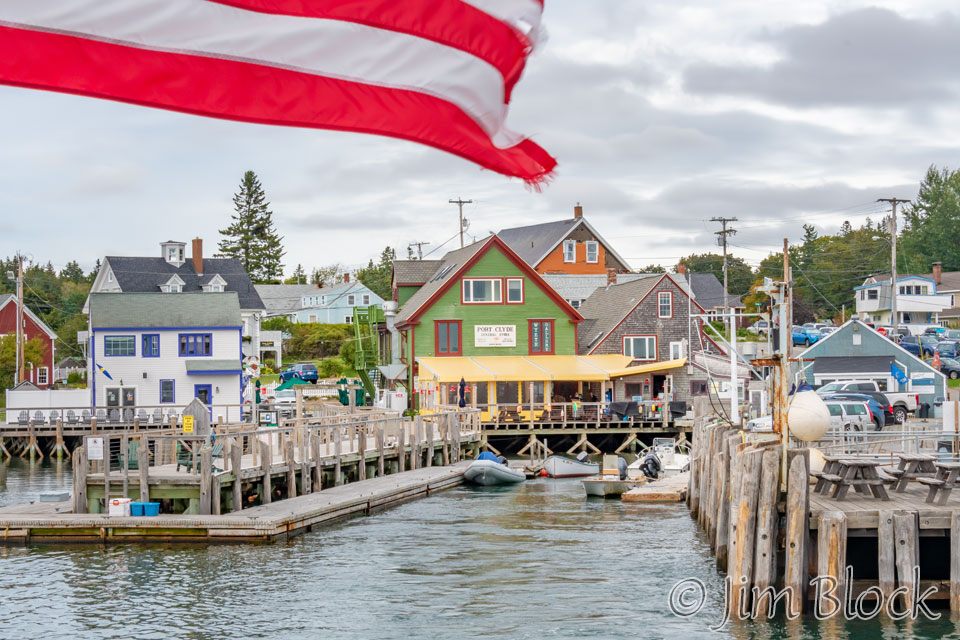
And I got one of the dock on Monhegan before we disembarked. You can see the trucks waiting to ferry bags to the various hotels. I let them carry my duffel, but I carried my camera backpack myself.
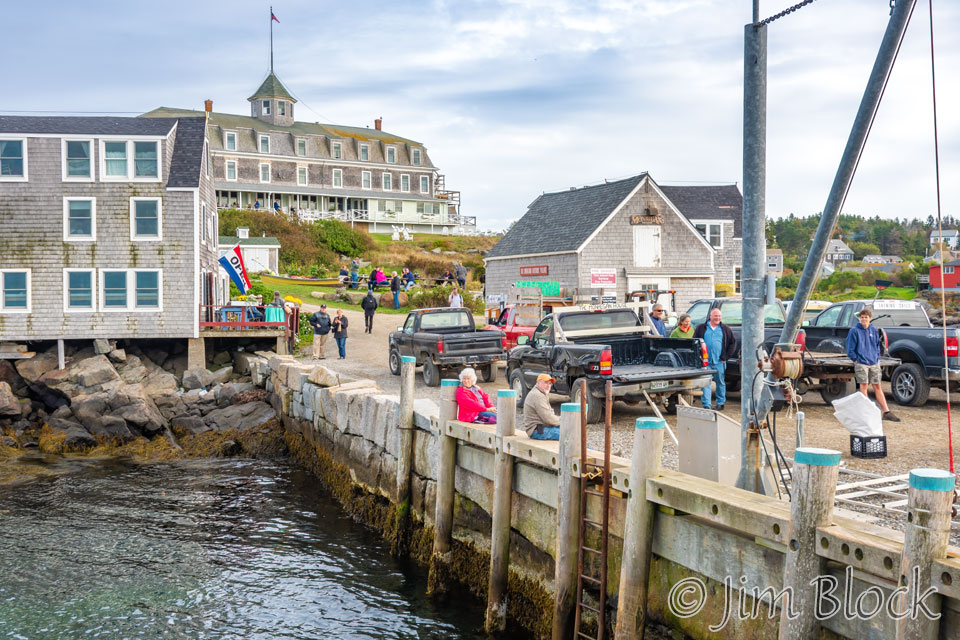
At the Monhegan House there was cold water and glasses waiting. Some folks used the glasses for BYO beer and wine. I highly recommend the Monhegan House as a place to stay on the island.
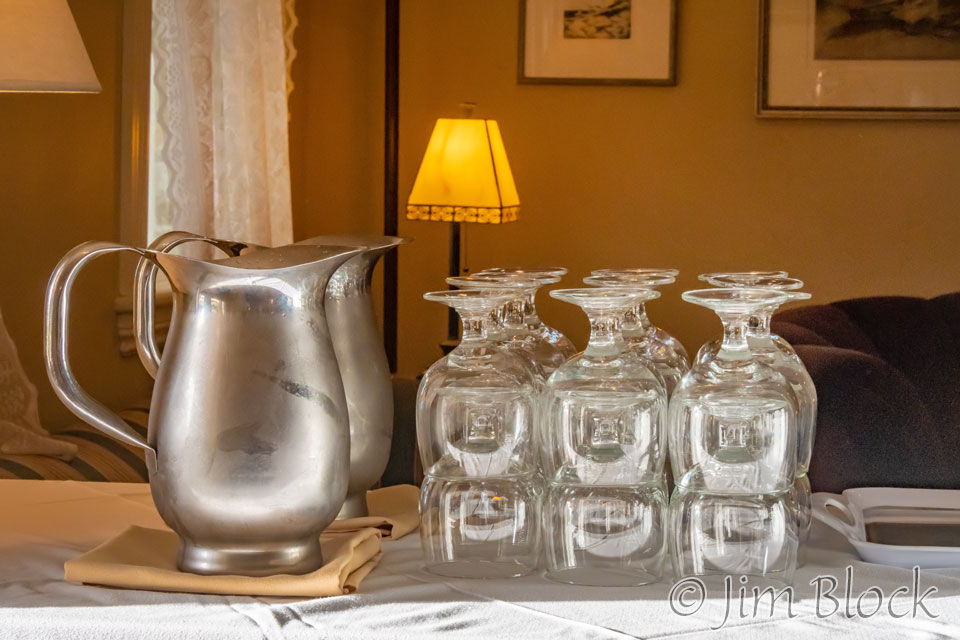
I had a nice room on the third floor. Here is a view to the west from that floor. Although I did much hiking around the island with a heavy lens and tripod, those scraggly trees down the lane proved to be THE best spots on the whole island for birds, in my opinion. They were well used by warblers, red-breasted nuthatches, and brown creepers.
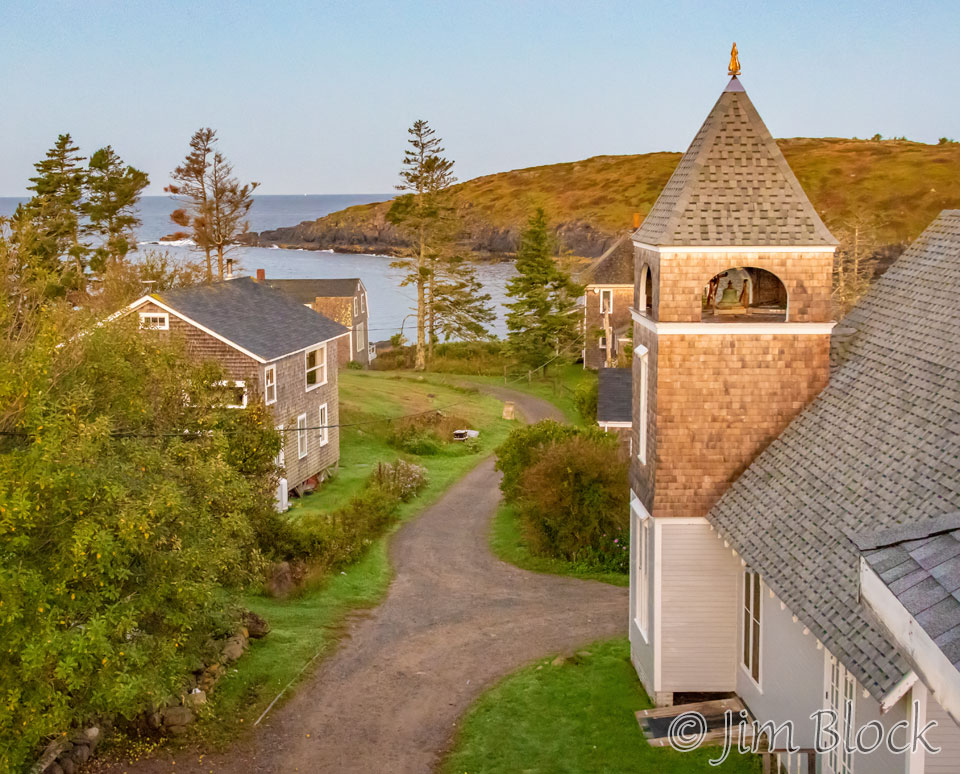
Not to be outdone by the iridescent clouds of the first evening, the sky lit up nicely at dawn the second morning.
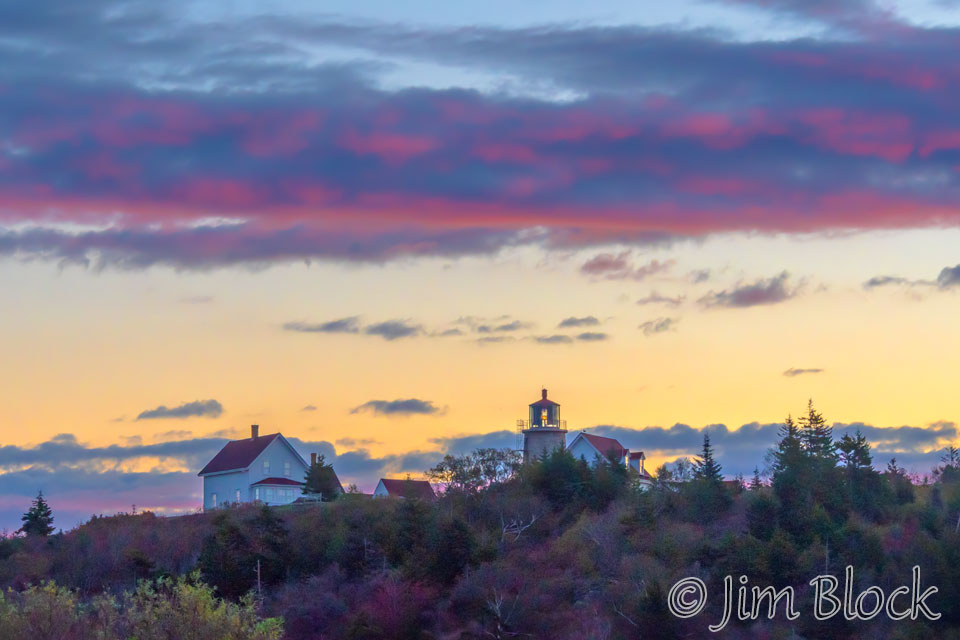
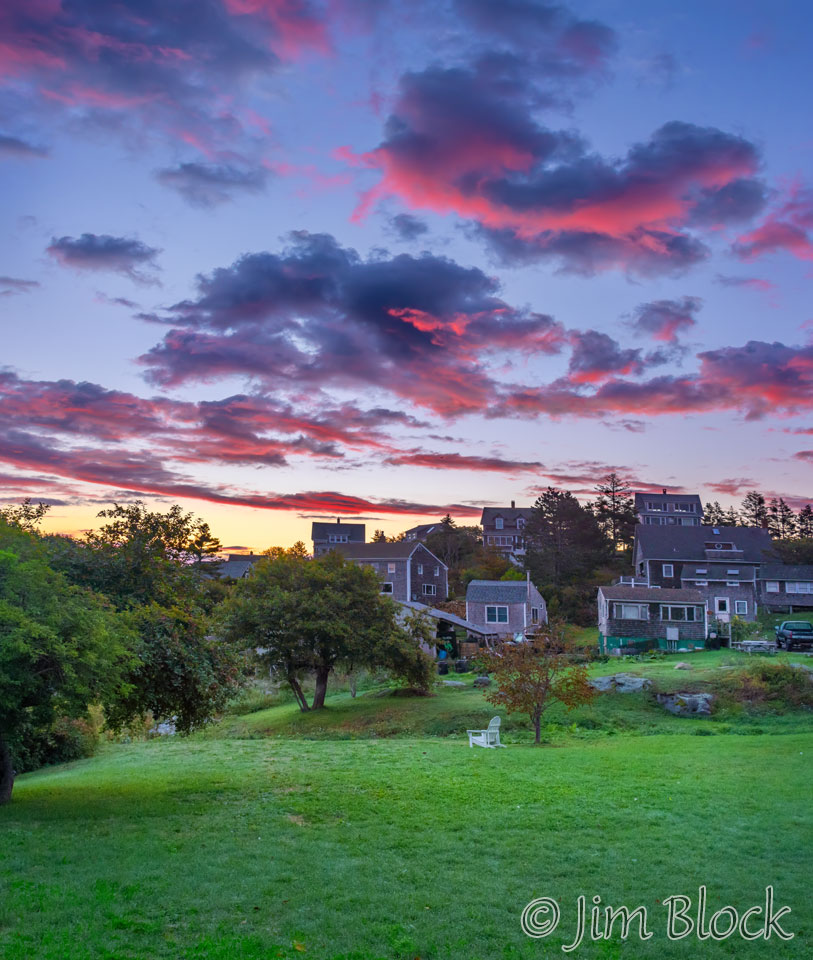
The colors were even nice to the west, as seen below from the third floor. The building on the right is the Monhegan Community Church.
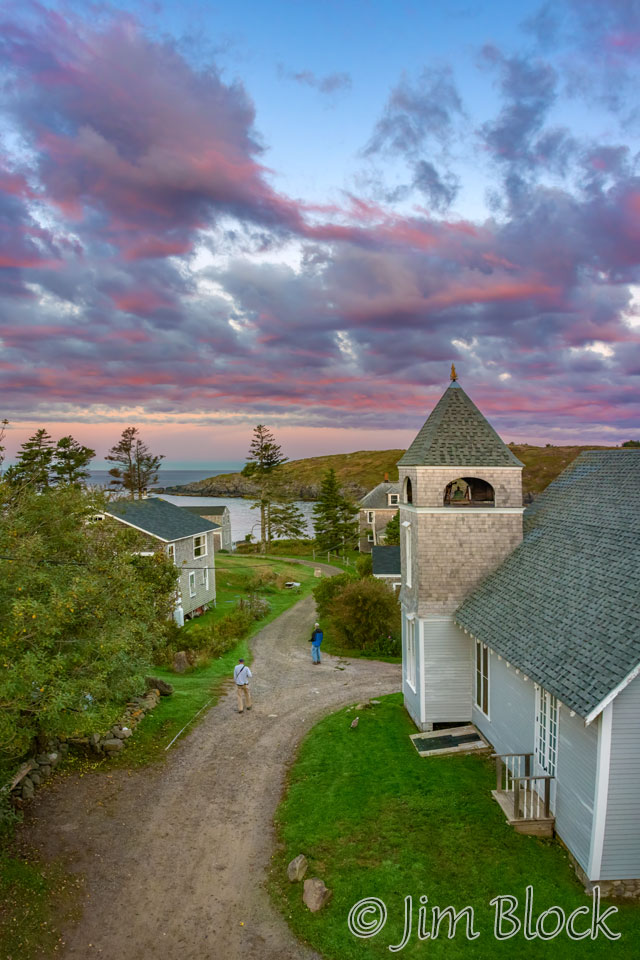
Even the sky to the north had some color over the village.
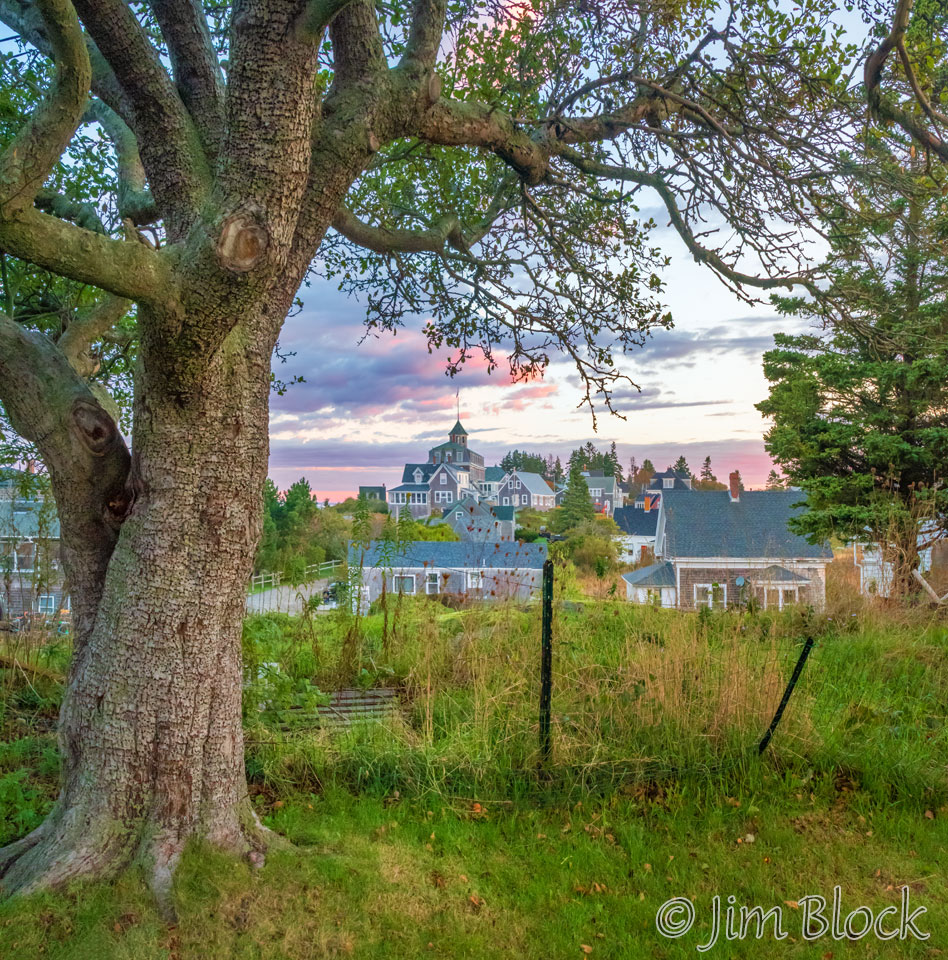
After 15 minutes the colors were not as intense, but they still showed well over the Monhegan House.
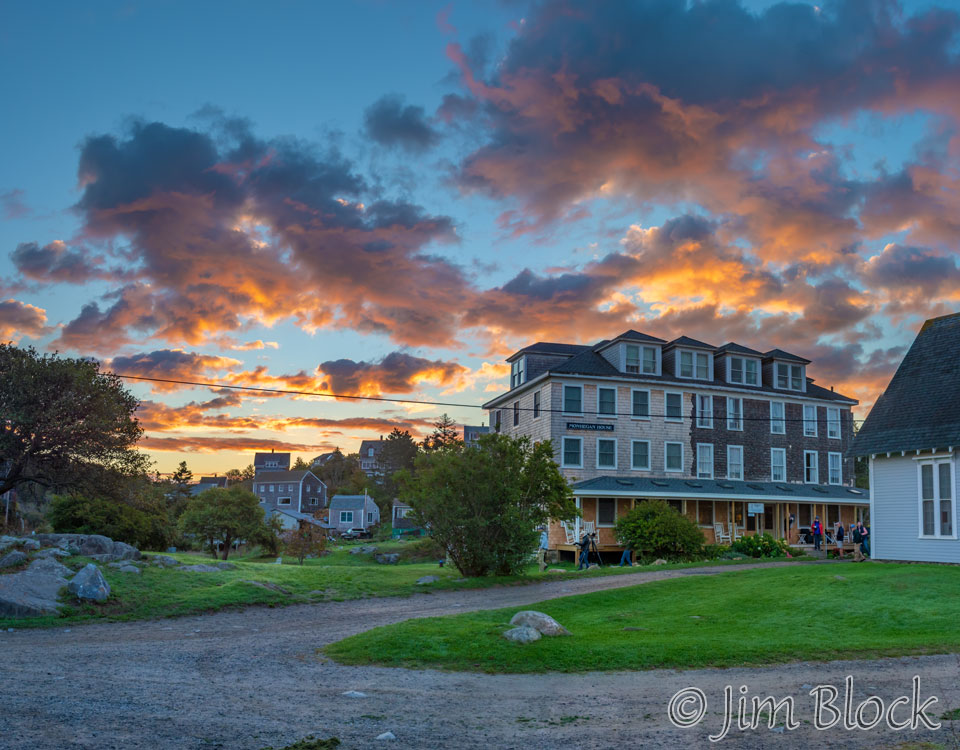
That evening I photographed more iridescent clouds from my room. You can even see a faint sun dog on the right edge. This photo also illustrates why people rarely see iridescent clouds — you have to look almost directly at the sun to see them.
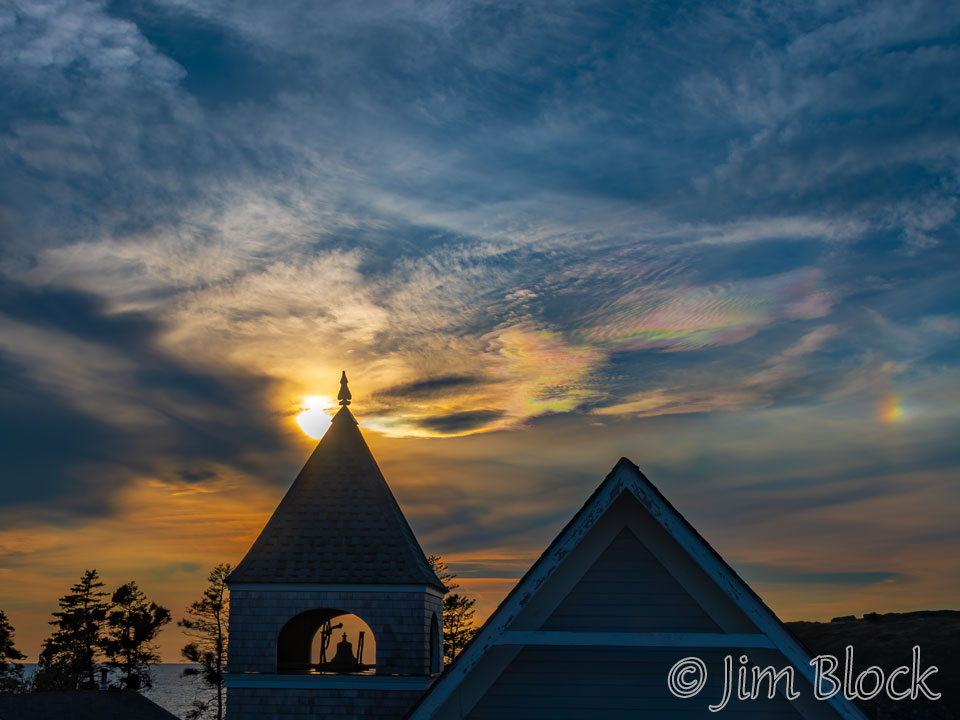
On to the birds.
I start with my four favorites from the trip — Dickcissel, Brown Creeper, Wilson’s Warbler, and Cape May Warbler. Of these, the Dickcissel was the only species I have not previously photographed. We found Dickcissels down the lane from the hotel near the cul-de-sac.
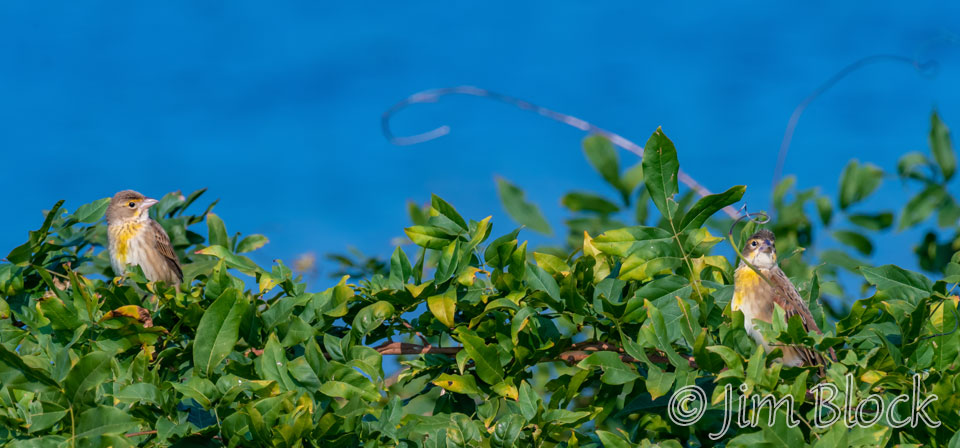
Dickcissels are birds of the mid-western prairie. They are very rare in the east, except during migration. Although the males were not in breeding plumage, they were still beautiful birds.
On Monhegan the Dickcissels seemed to hang around with Song Sparrows.
Monday morning was rainy, but I still managed to photograph a Dickcissel in the rain with my short lens.
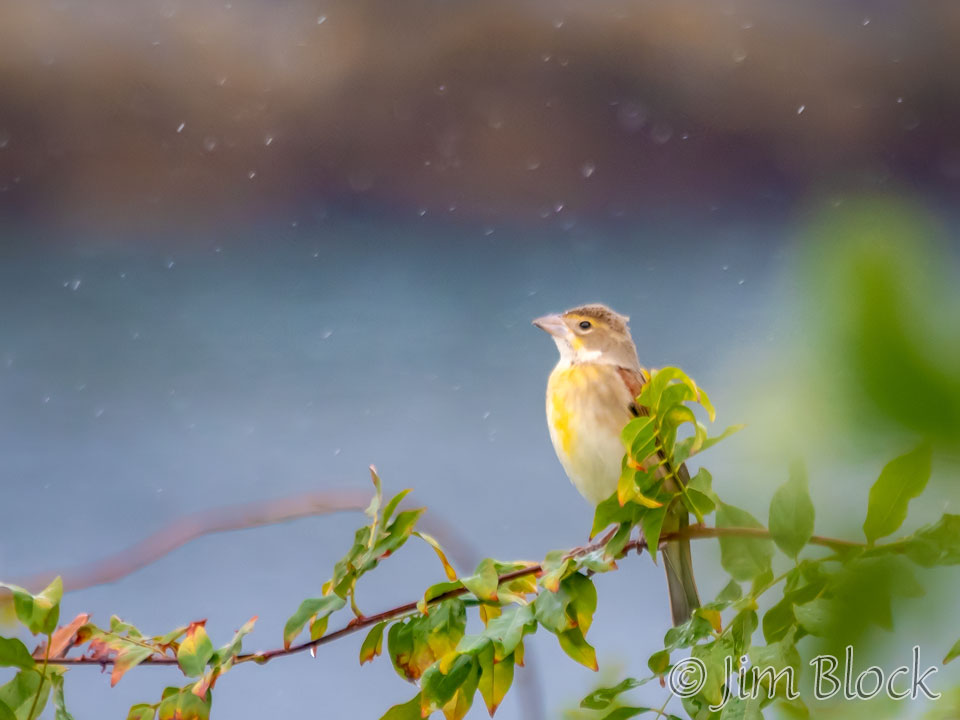
Another favorite bird of mine is the Brown Creeper, perhaps because they are so challenging to photograph. But on Monhegan I had good luck with them in two spots very near our hotel — the side yard and just down the lane to the west. The back of these birds is great camouflage.
Although I have gotten a number of nice photos of Wilson’s Warblers in my home town of Hanover, I was able to get many more photos of them on Monhegan. Here is a sampling.
During a rainy spell years ago, I got some photos of Cape May Warblers in breeding plumage in Norwich, VT not too far from the VCE offices. I enjoyed the opportunity to again photograph this species in fall on Monhegan.
Monday morning on Monhegan was rainy. After a frustrating few hours lugging a heavy lens and tripod around and getting little, I stowed that gear and walked around near our hotel with a “short” (300 mm) lens. That proved to be a very productive time. The photo below of a Cape May Warbler is uncropped. It was taken handheld in the rain at an ISO of 6400.
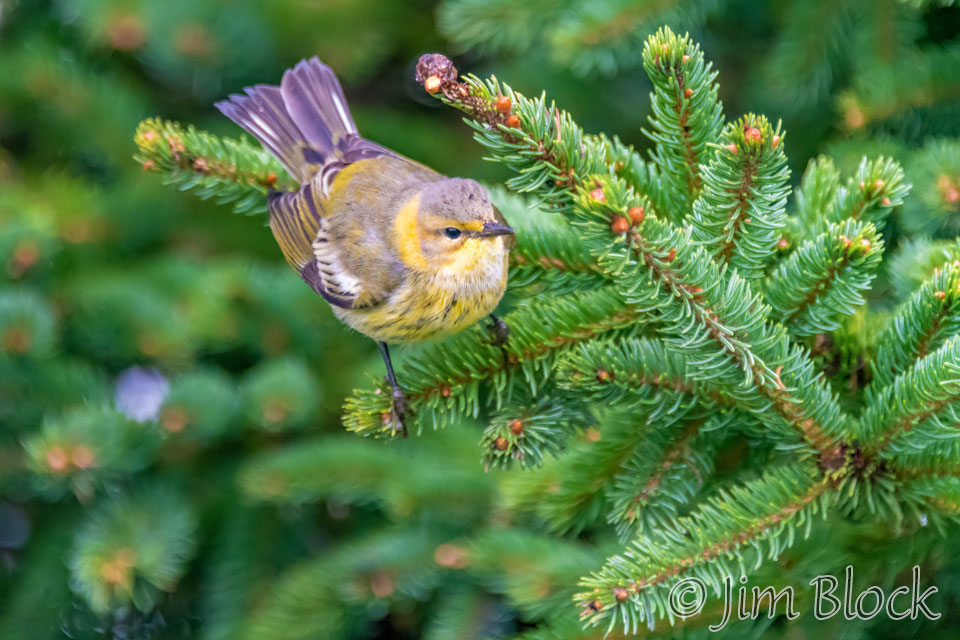
Here are some other photos I got of Cape May Warblers in the rain Monday morning.
Friday was overcast with some early drizzle. We had light rain Monday. But Saturday and Sunday were sunny and warm. Here are some Cape May Warbler photos I got those two sunny days.
I got a few photos of American Redstarts, but the best one was taken Monday morning in the rain with my shorter lens.
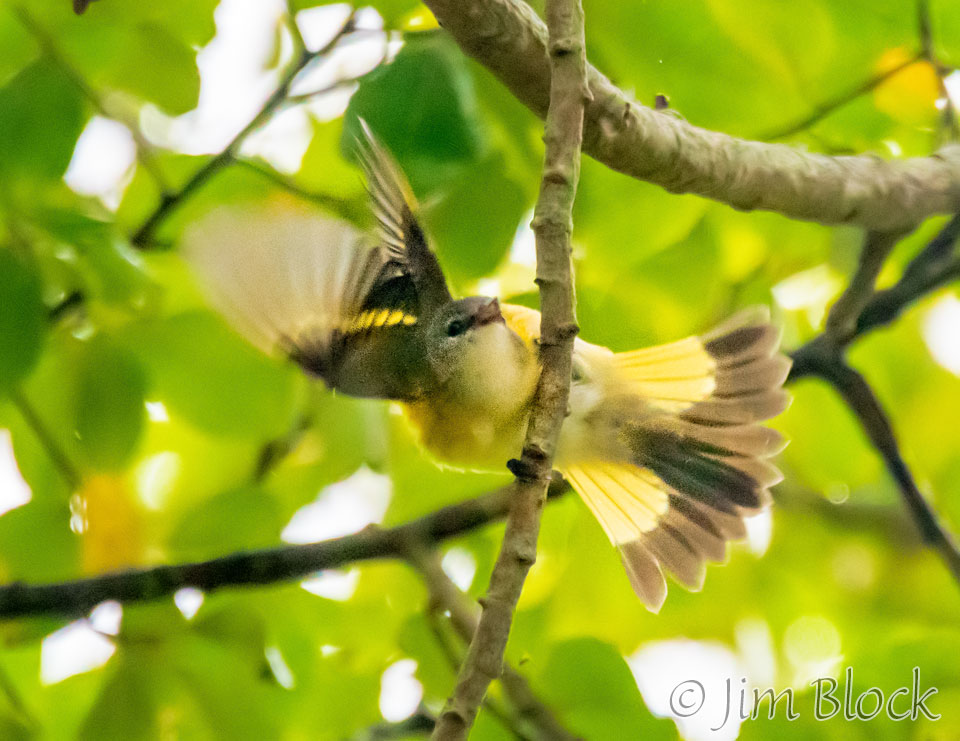
I found the warblers in “confusing fall plumage”, well, confusing. I believe the photo below shows a Blackpoll Warbler. If this or any ID is incorrect, please let me know.
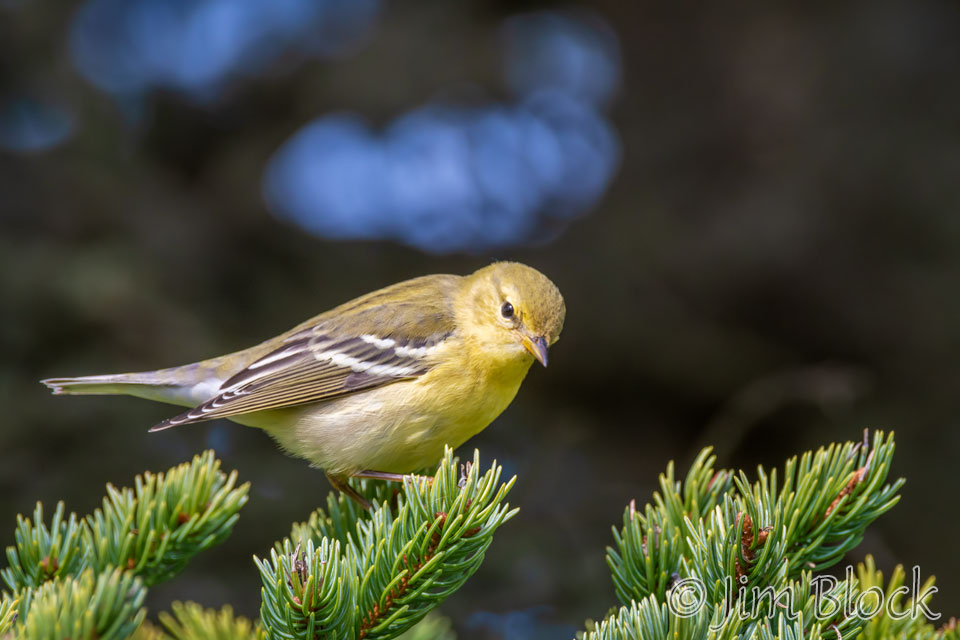
I believe this similar-looking bird is a Bay-breasted Warbler.
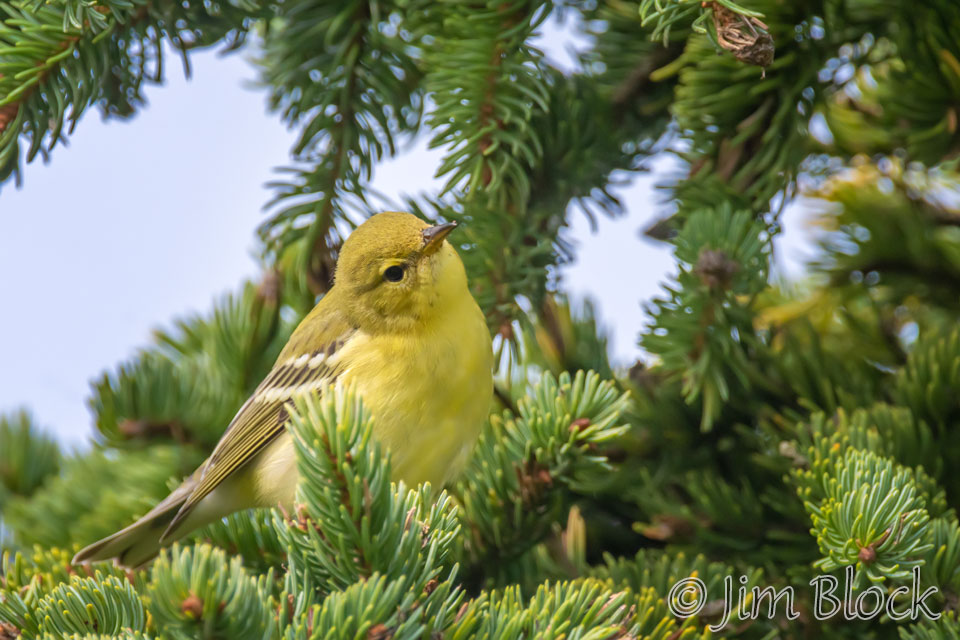
I already had many photos of Black-throated Green Warblers, but it was nice to get a few more. Here are two.
Rusty Blackbird was another species I photographed in the rain with a short lens. You can see the rain in this photo, which was taken very near the Monhegan House.
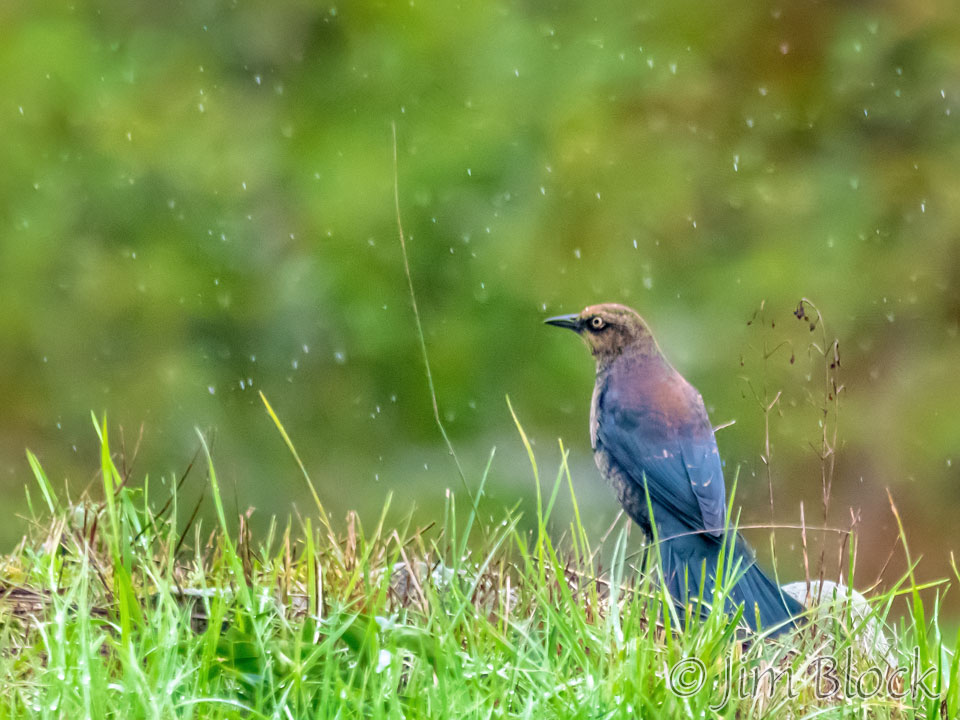
The Blue Jay is a common species that appears to not get much respect from birders. Yet it is a beautiful and seemingly smart species. Here is one photo I got.
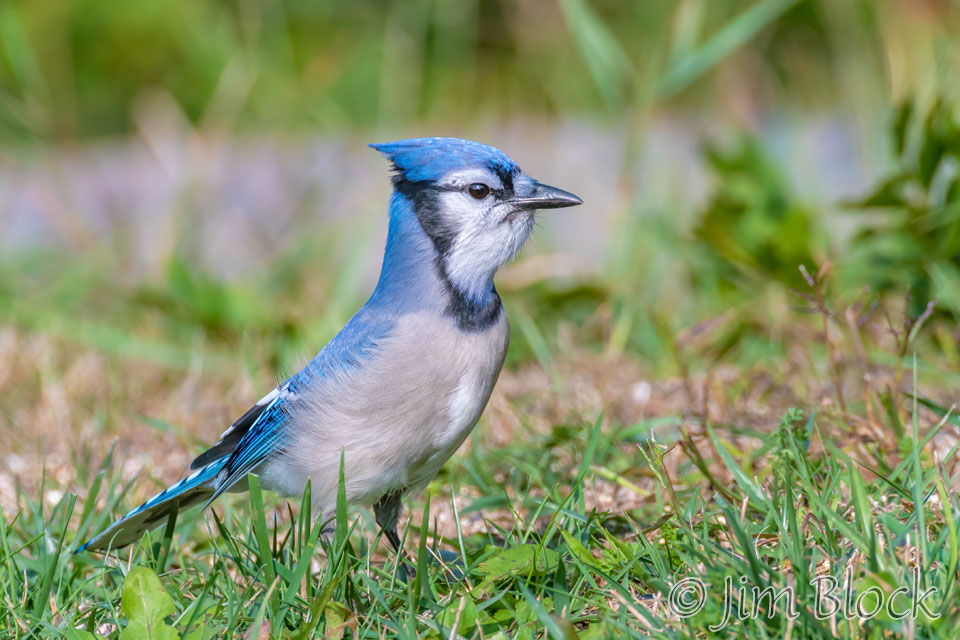
I took a somewhat narrow trail toward Burnthead that Jason recommended. It was challenging to photograph along this path, but I did get a shot of a Blue-headed Vireo. I was surprised by how yellow its underparts looked.
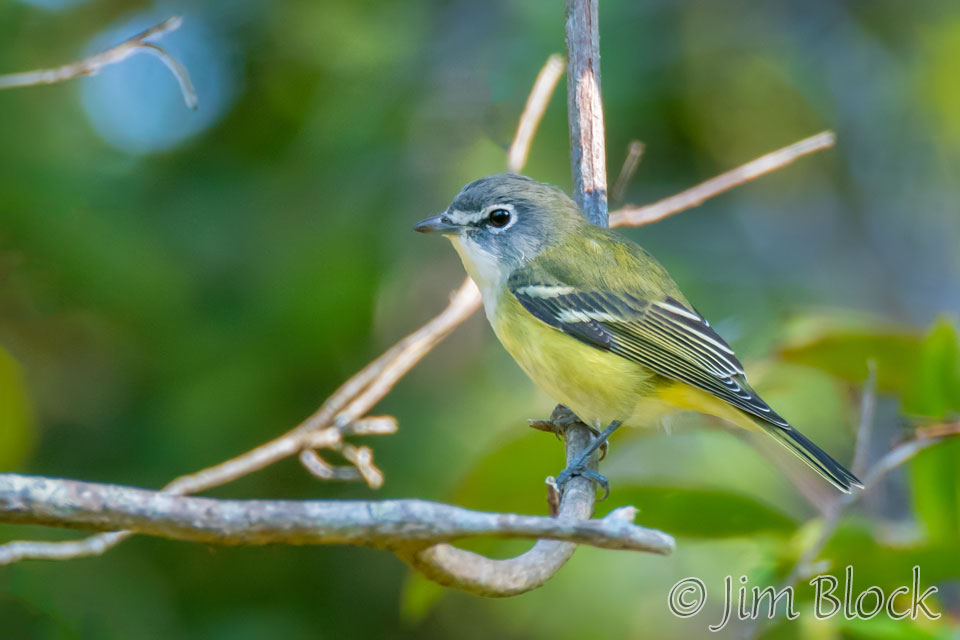
Juvenile Cedar Waxwings bear enough resemblance to the adults to identify, but they are not as pretty, in my opinion.
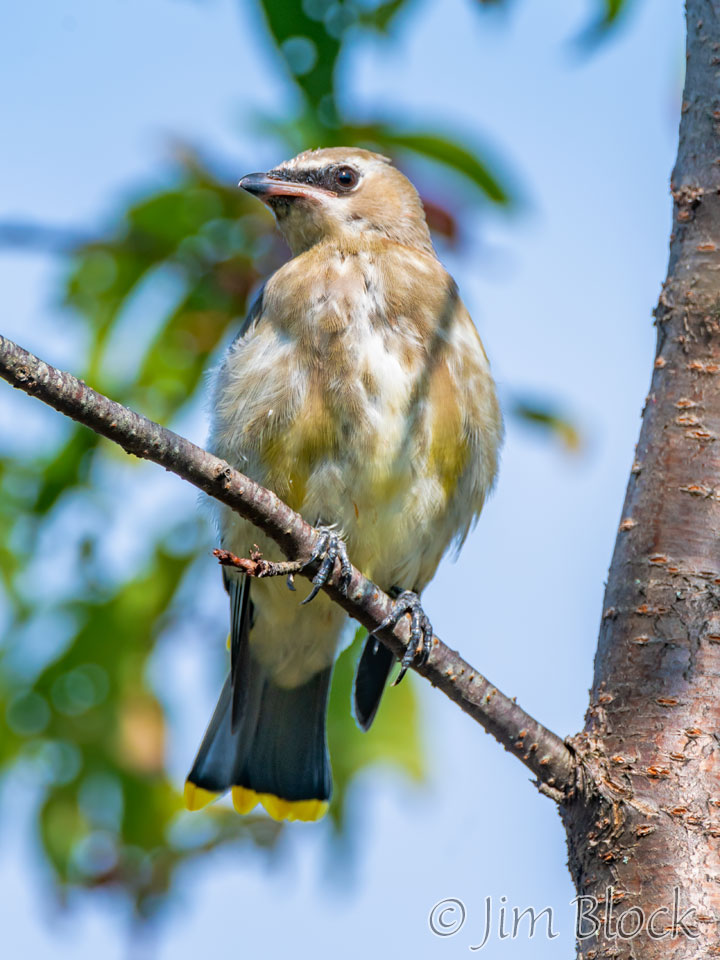
Below is the single Common Grackle I was able to photograph.
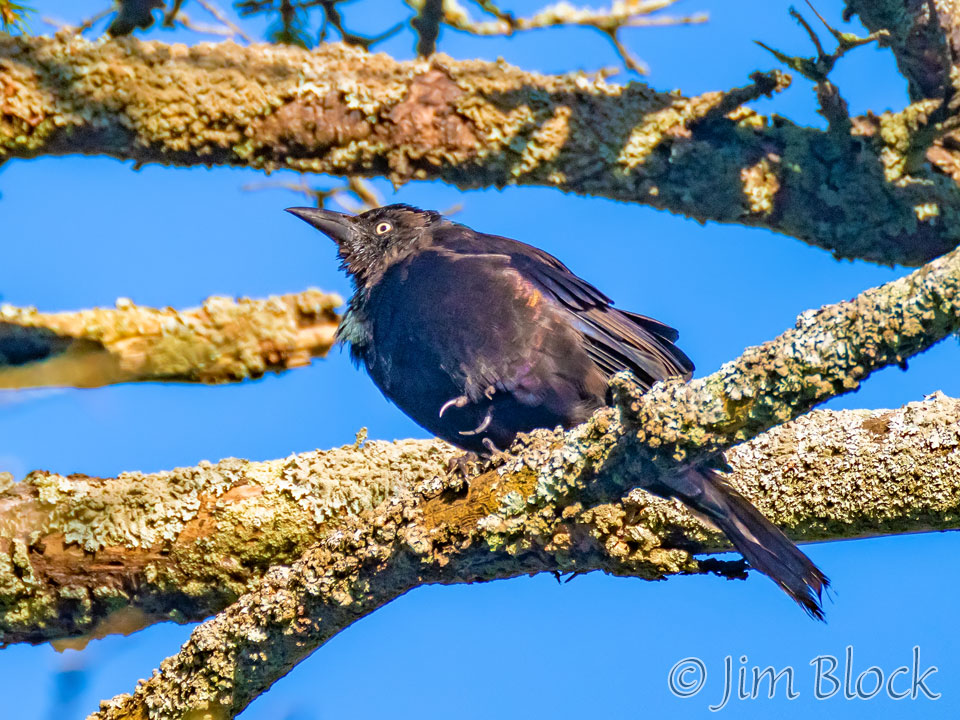
At Whitehead there were Double-crested Cormorants down near the crashing waves.
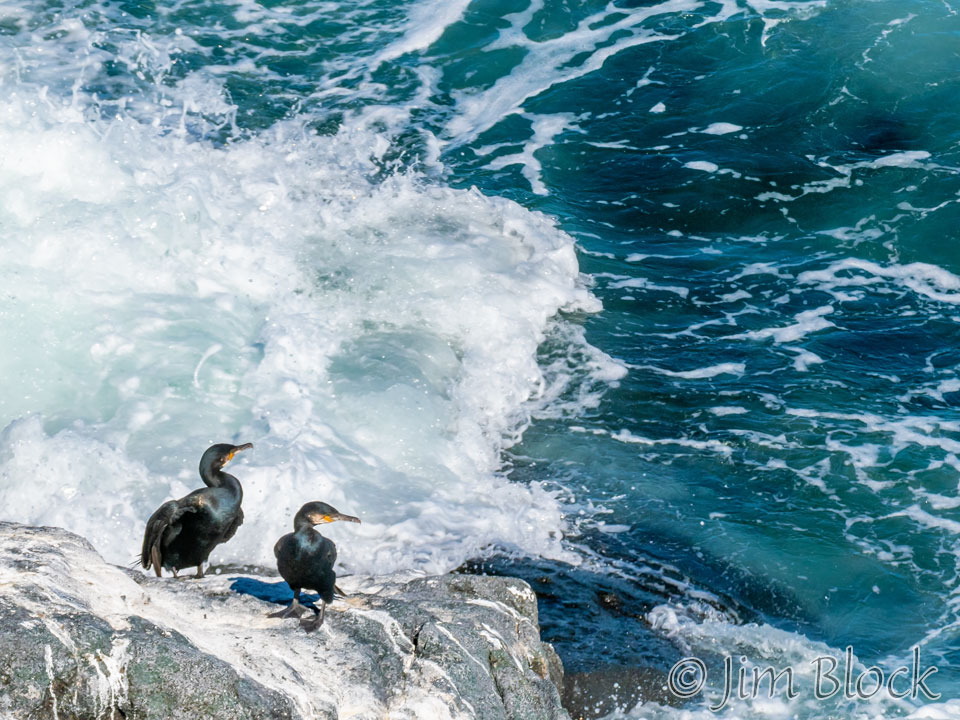
Another common species that is quite beautiful is the Mallard. This pair was in Ice Pond.
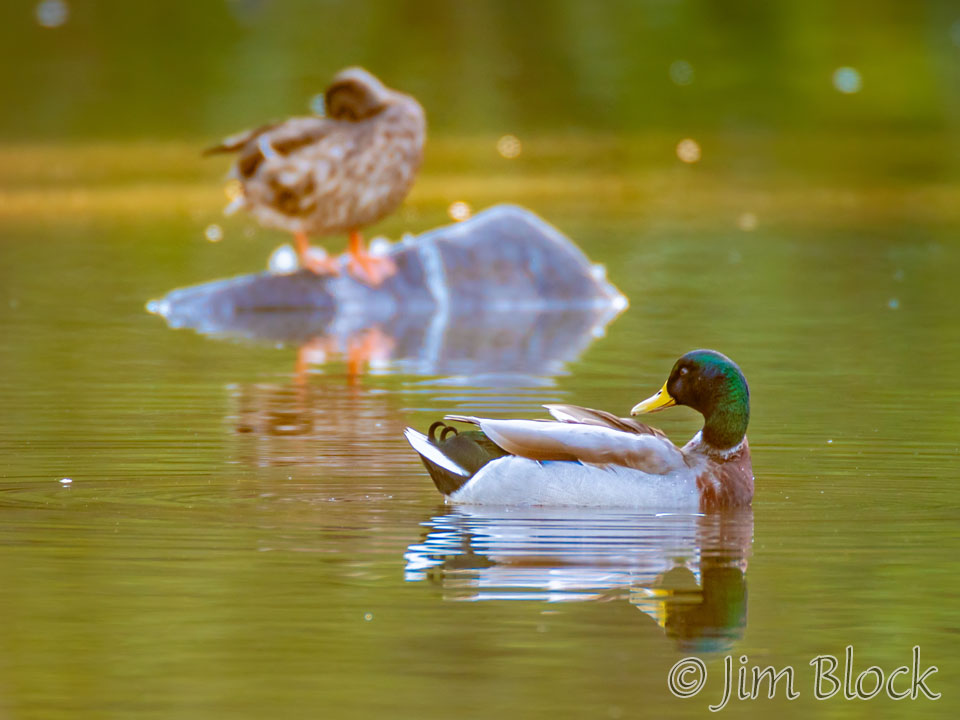
Some European Starlings were perched high above us. I wonder what they are looking at.
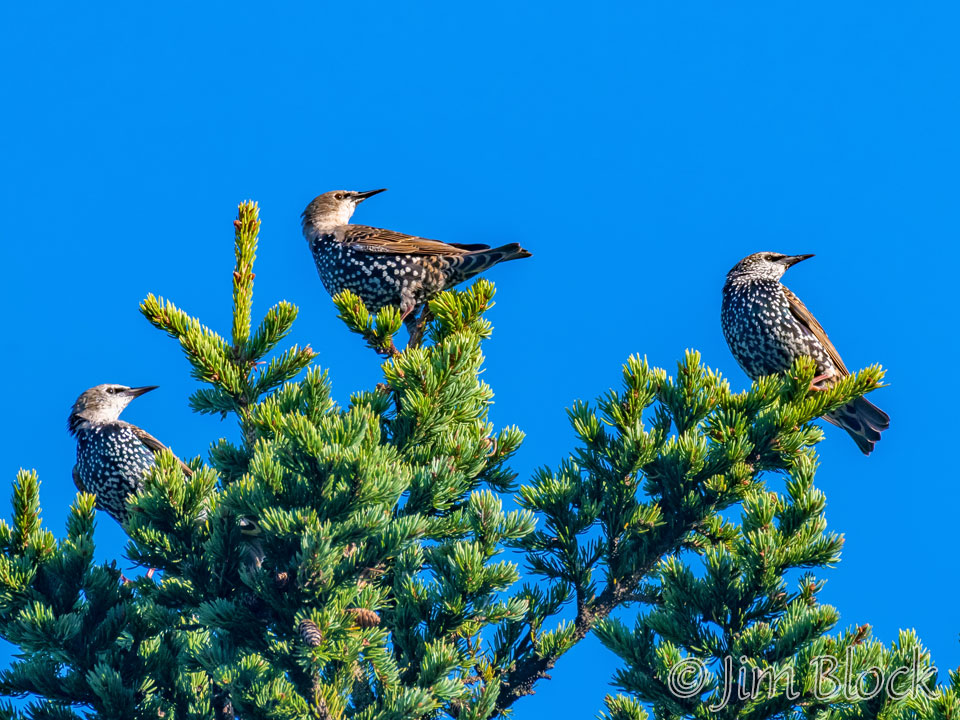
Working the seaweed far below was a Great Blue Heron. This photo does not show this species well, but I find interesting what it does show.
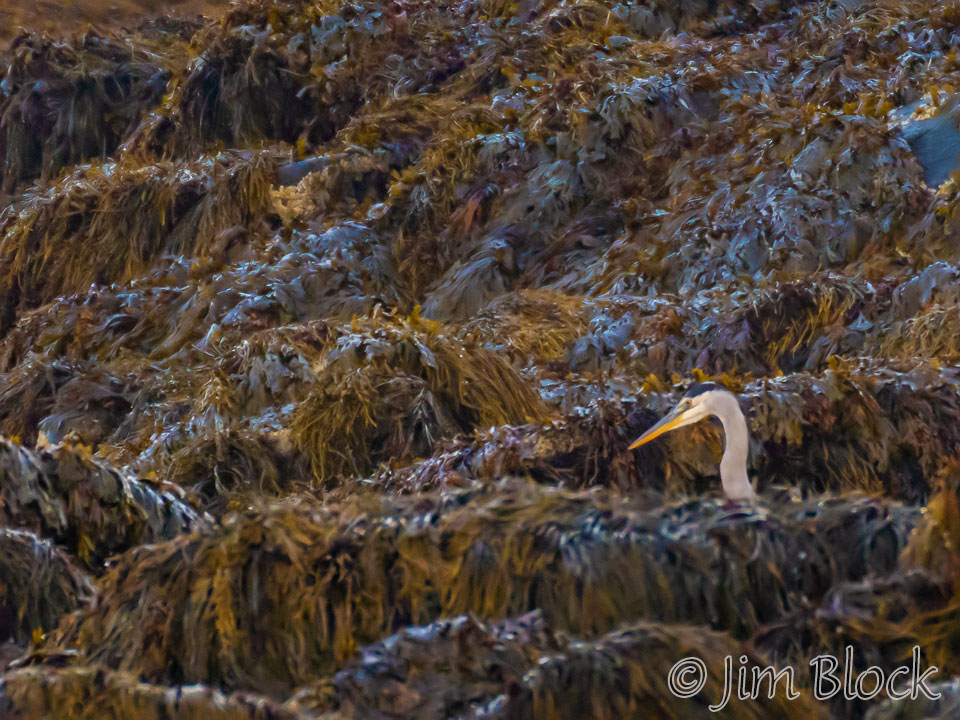
Gulls were “everywhere”. Here is a Herring Gull eating a fallen apple. It did not seem to care that I was very close.
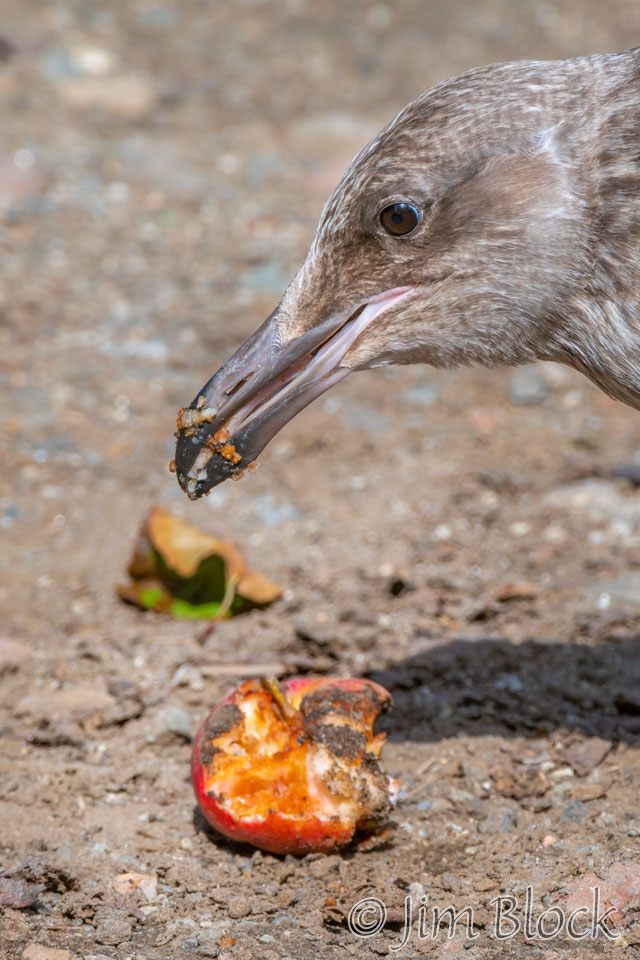
Flying high over the island was a Sharp-shinned Hawk. A better birder than I quickly identified it. I just aimed my camera and got a few shots.
I got a few shots of a fast moving Golden-crowned Kinglet, but they are not good enough to show. Here is a Ruby-crowned Kinglet.
We saw a Merlin on a distant branch. I left the group to walk a side road to get a closer shot.
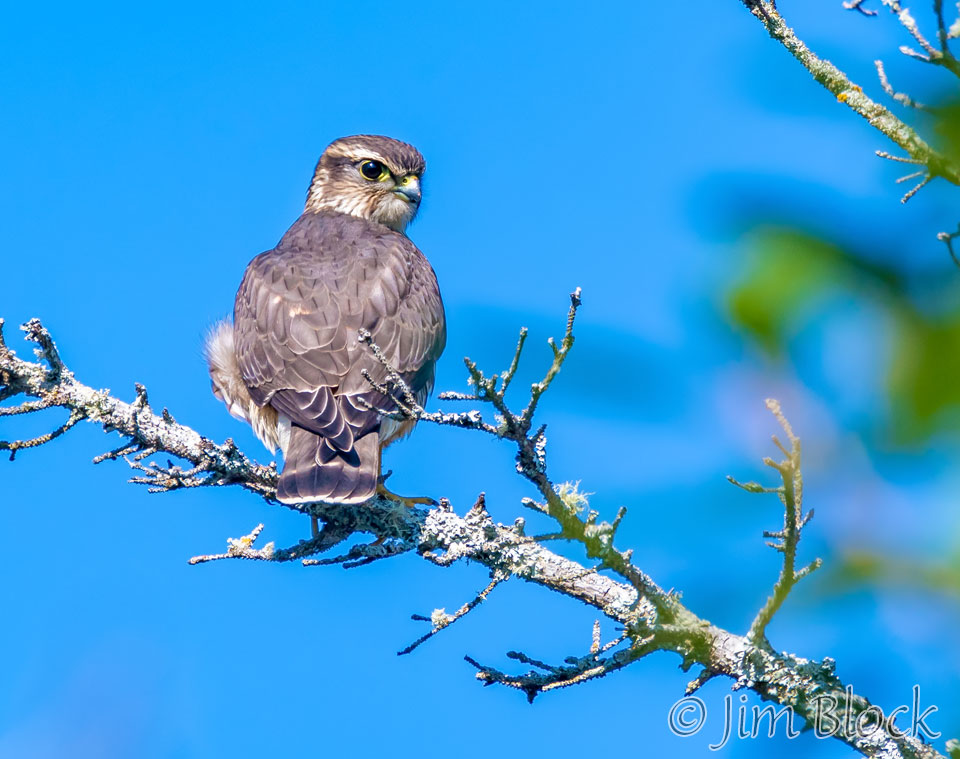
The Northern Parula is a beautiful bird that I have photographed many times. Here is one from Monhegan.
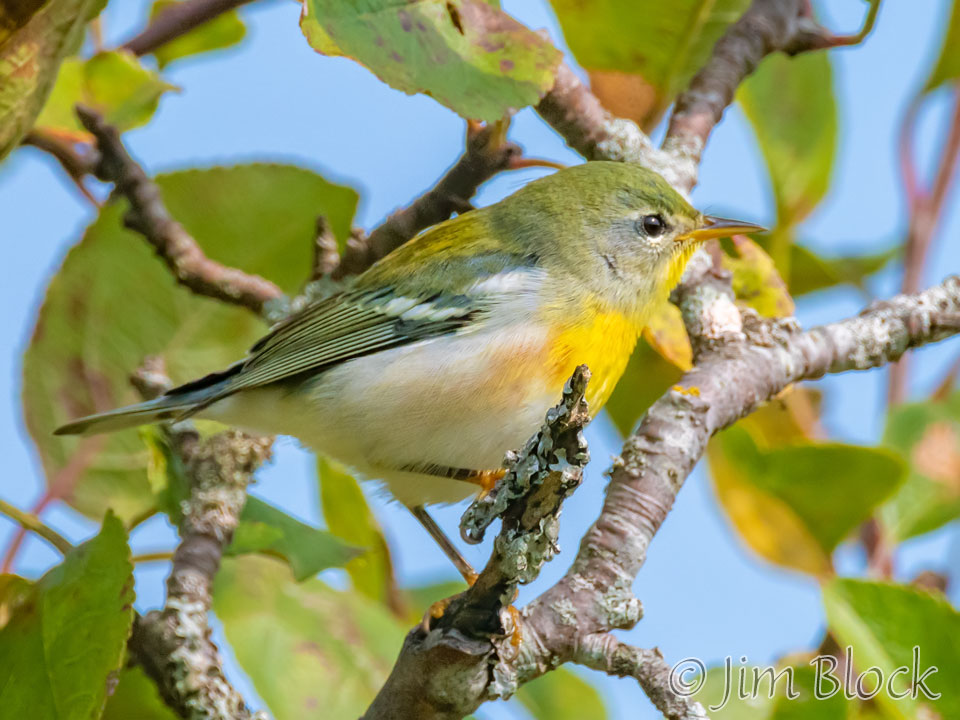
Red-breasted Nuthatches seemed to be constantly working the trees west of our hotel. Here are a pair.
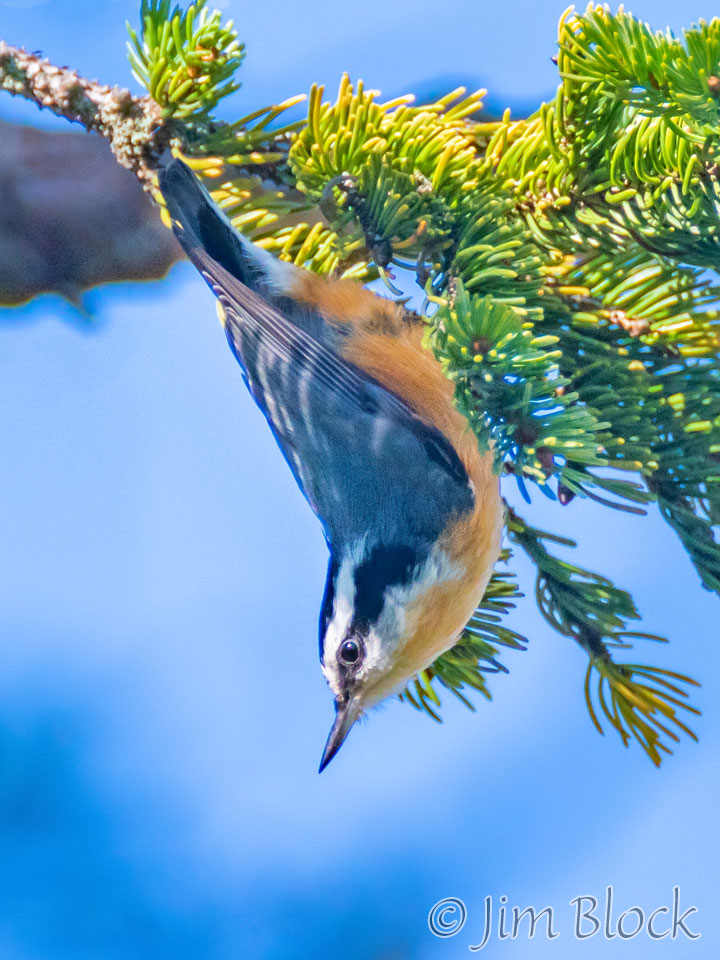
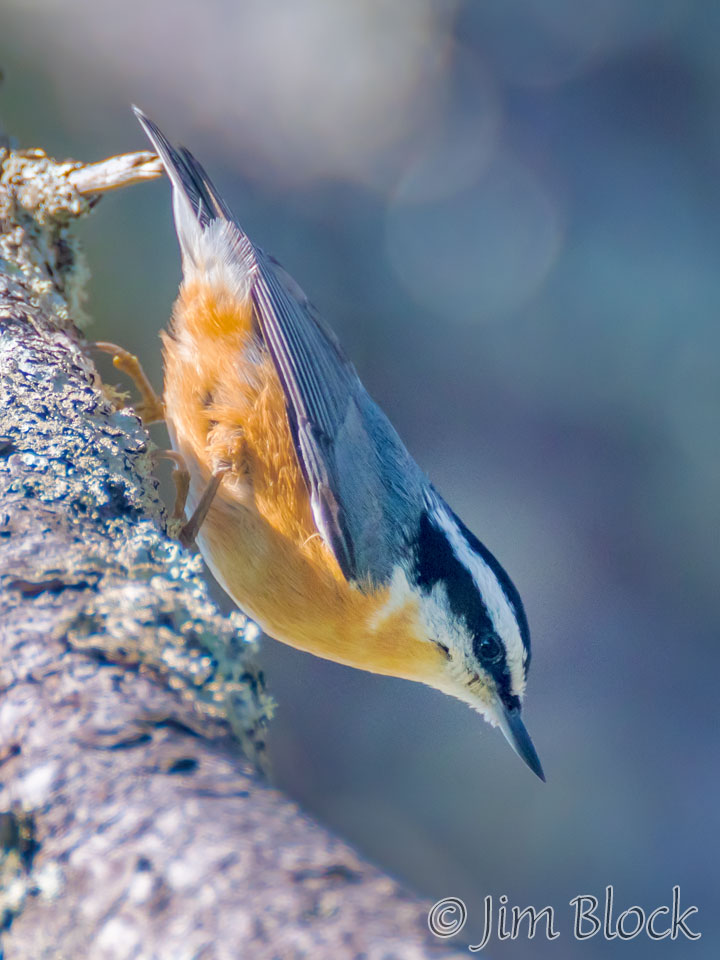
Below are a group of photos I believe are of Palm Warblers.
I believe this set of photos all show Pine Warblers.
I photographed Red-eyed Vireos at two very different locations on Saturday and Sunday. Here is the first bird. A second flew in to join it, but I was not fast enough to capture both together before they departed.
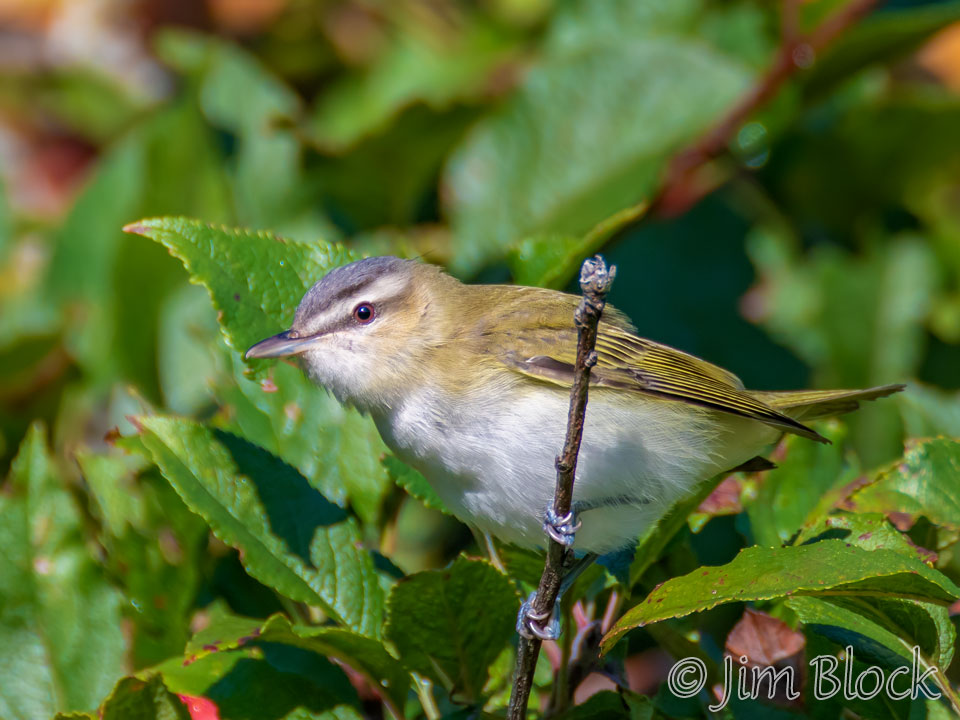
The second Red-eyed Vireo I photographed was in the cul-de-sac below our hotel. It put on a great show catching and consuming insects. Here are two sequences of photos with the bird flying between them.
I got just a few photos of Yellow-bellied Sapsuckers.
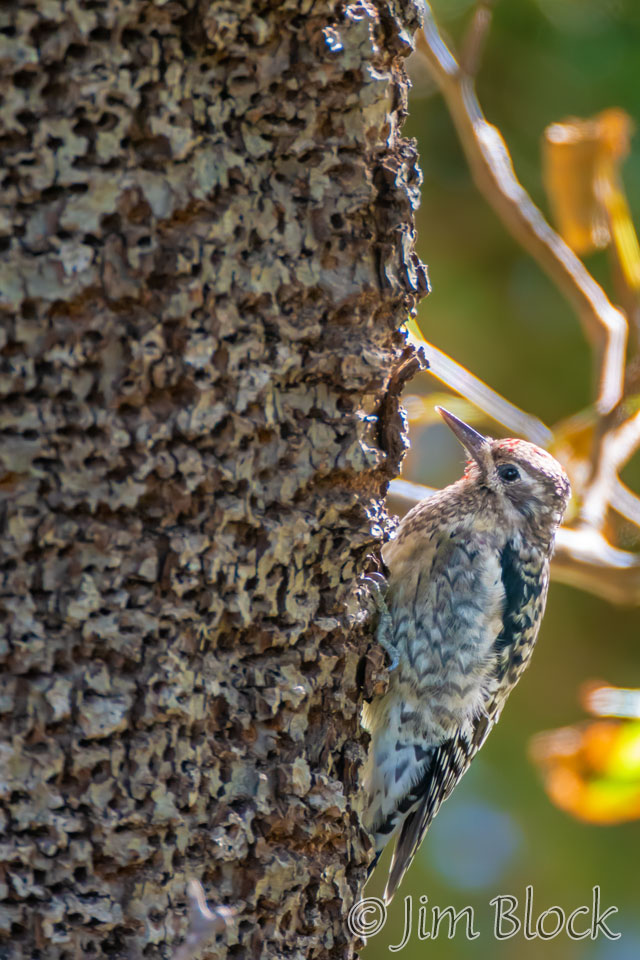
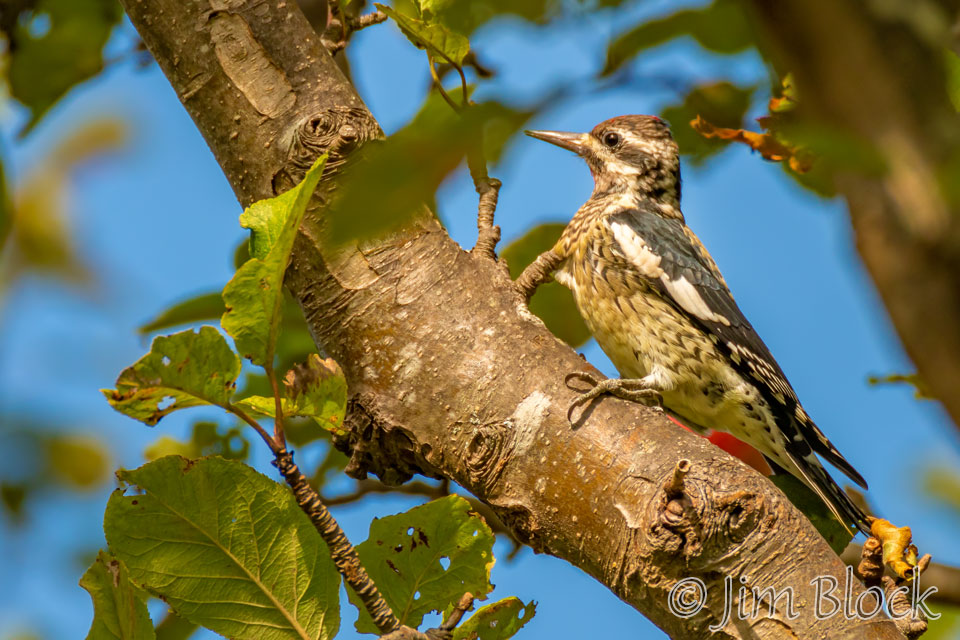
This Song Sparrow appeared to be gathering nesting material, which sure seemed like a strange thing to do at the end of September.
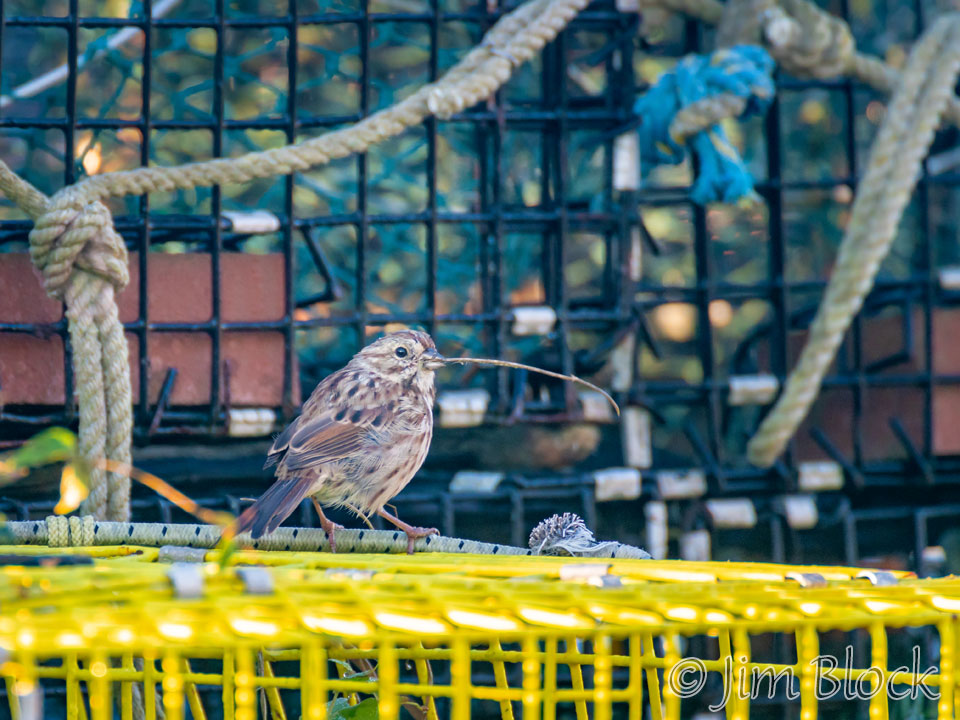
One of the prettiest sparrows is the White-throated Sparrow.
Back in Etna I have photographed many Yellow Warblers in spring. Here is one from Monhegan in fall.
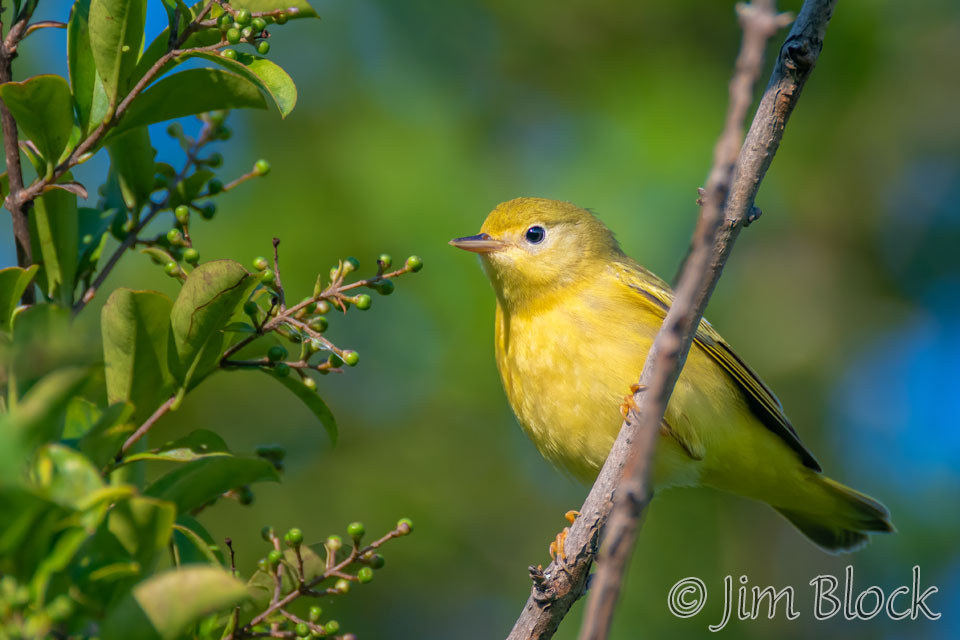
Male Yellow-rumped Warblers can be very colorful in spring. Both genders are less so in fall.
Of course birds were not the only thing flying around. There were numerous Monarchs. It is good they are making a comeback. Here are two photos of these once-very-common butterflies.
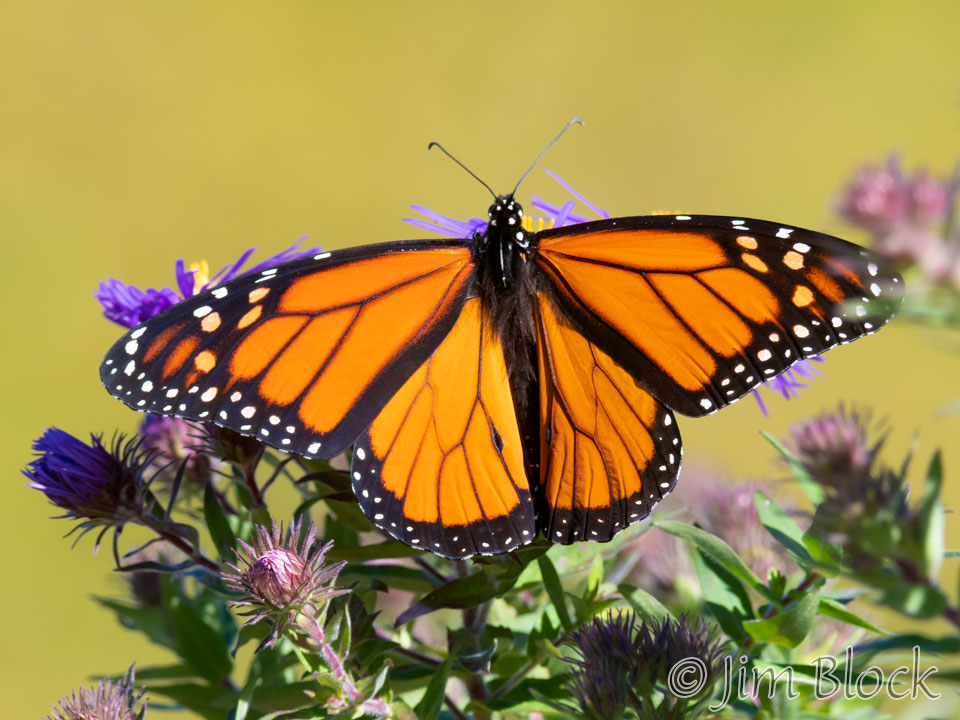
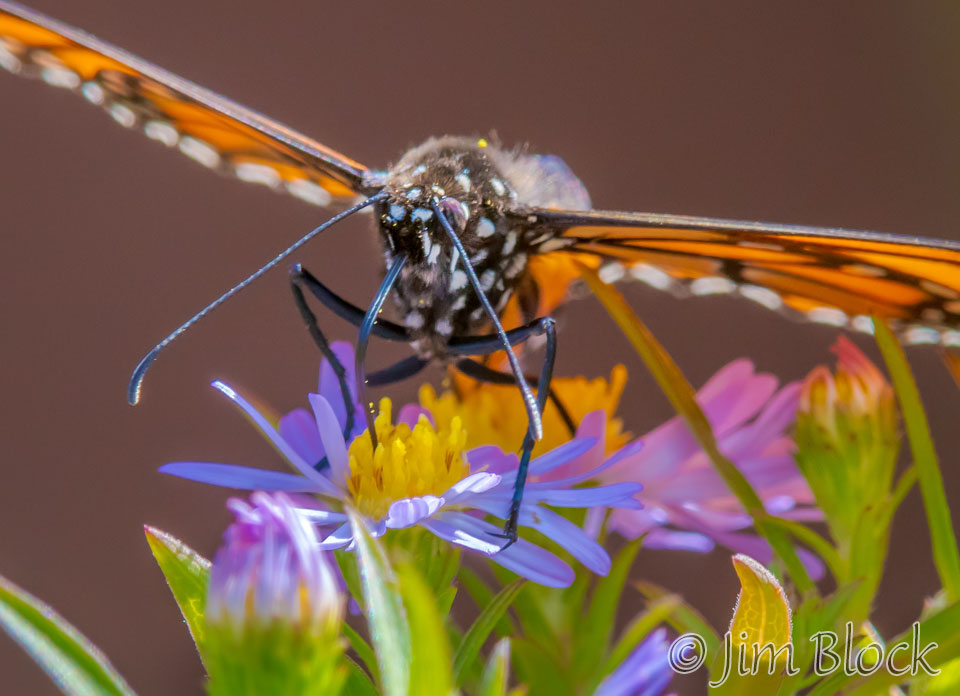
There were also Monarch Caterpillars.
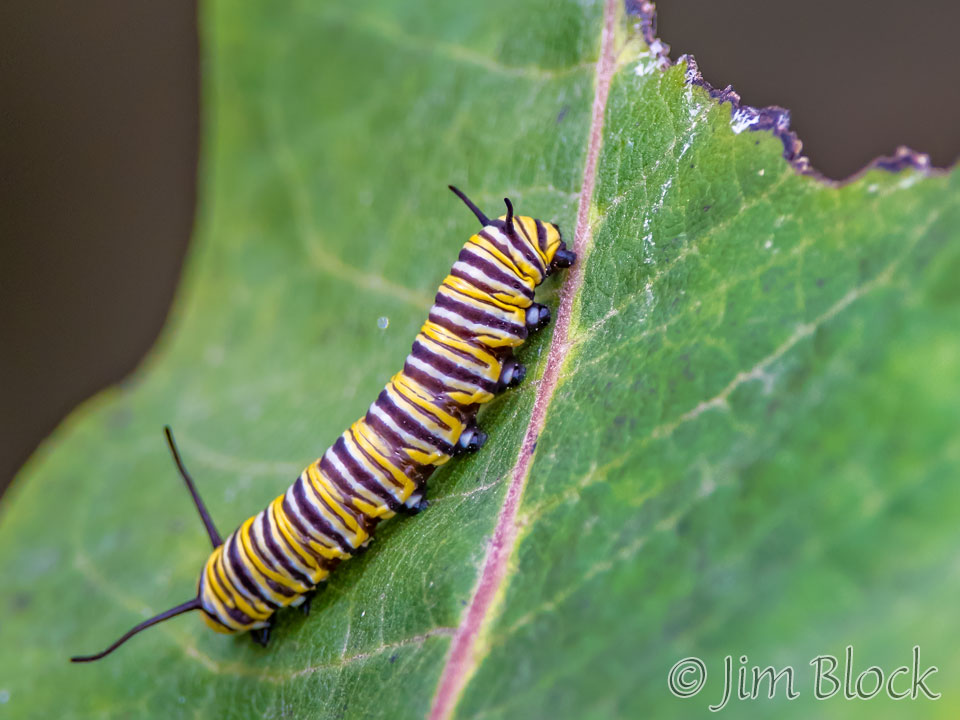
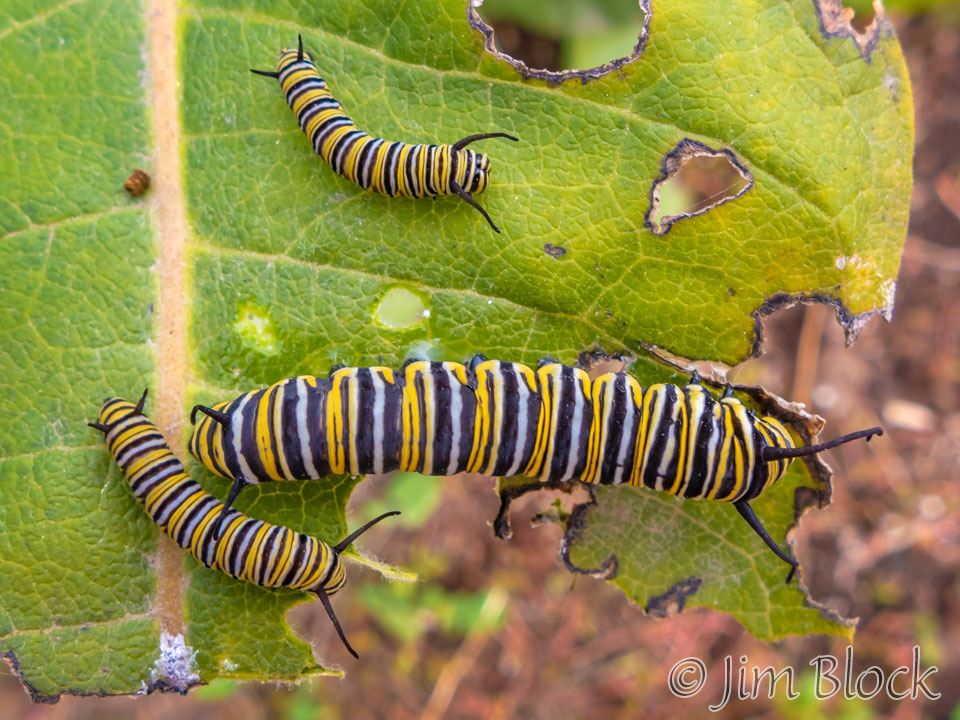
And even a Monarch Chrystalis.
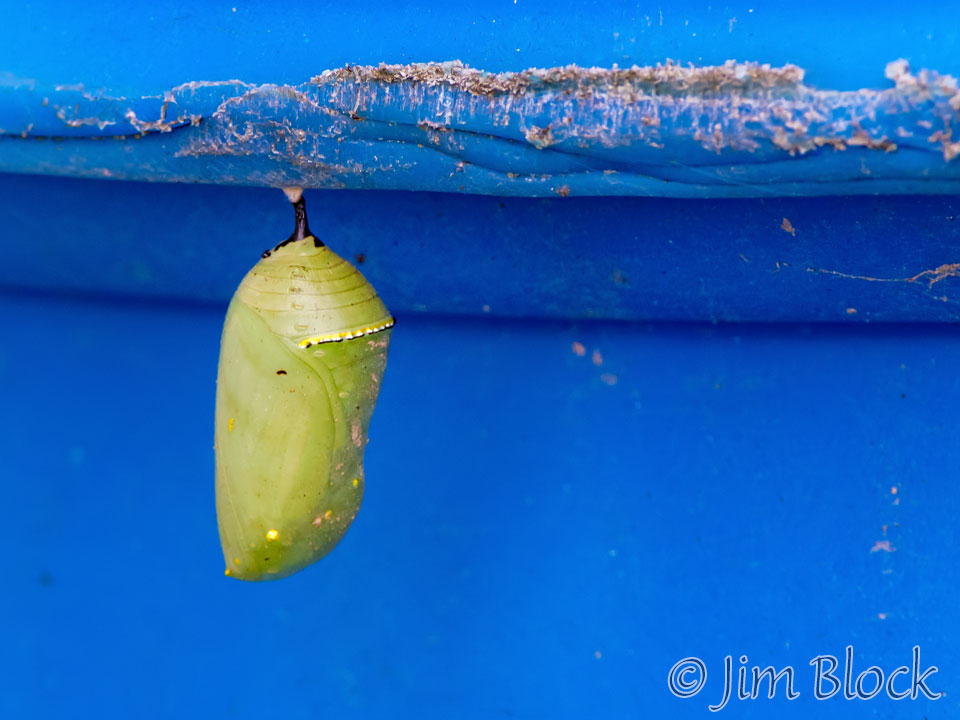
This being a Vermont Center for Ecostudies birding trip, there were, of course, many birders. Here are a few photos I took of my fellow bird enthusiasts.
We had a great hors d’oeuvre reception and three wonderful evening meals culminating with lobster the last evening. The breakfasts were great too — juice, coffee, granola, yogurt, and fantastic muffins at 6 AM, followed by a full breakfast between 8 and 9 AM. I skipped lunch each day.
At dinner we had informative presentations by Susan, Jason, and John. I did not get a photo of all of them, but here are a few I took at dinner.
Monday, October 1, was Trap Day. But before we get to that, here are some of the other photos I took while wandering around Monhegan looking for birds to photograph.
On Trap Day, when the lobstering season on Monhegan starts, all the boats launch together at dawn. In preparation, the traps that were stacked neatly in yards are hauled down to the dock the day before. This takes most of the day with loaded trucks passing us often, especially along Main Street.
Here are some of the traps stacked along Main Street before being moved to the dock.
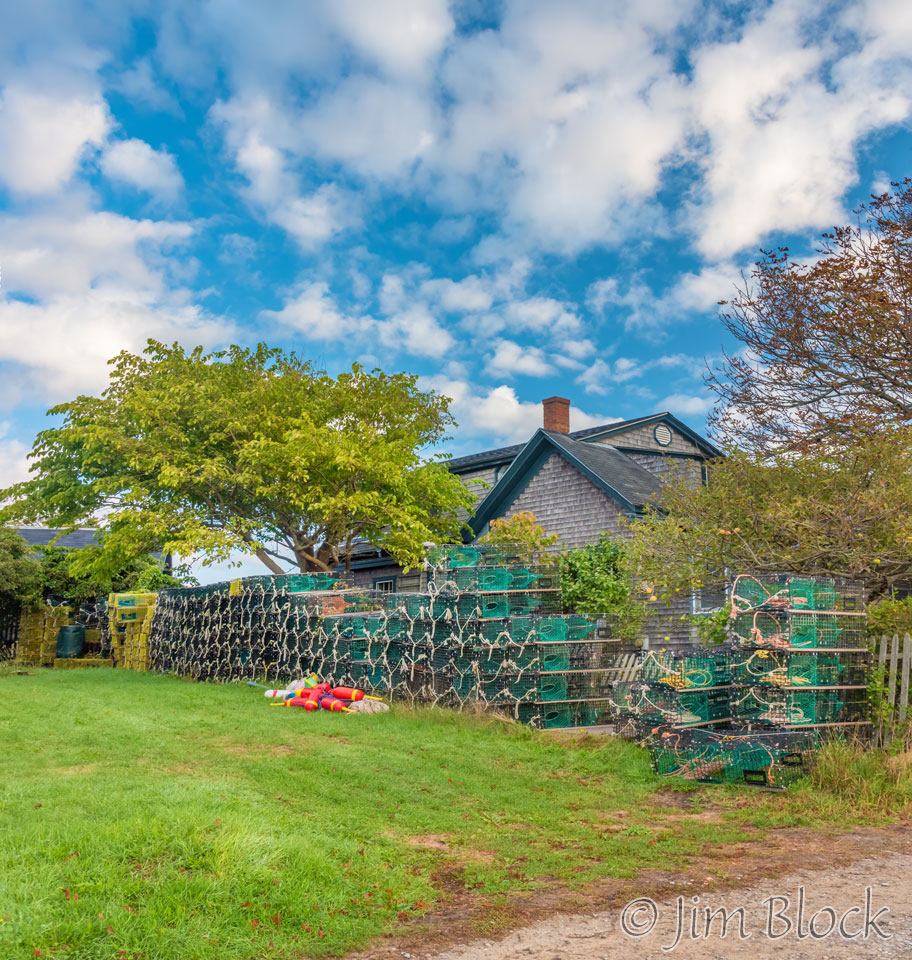
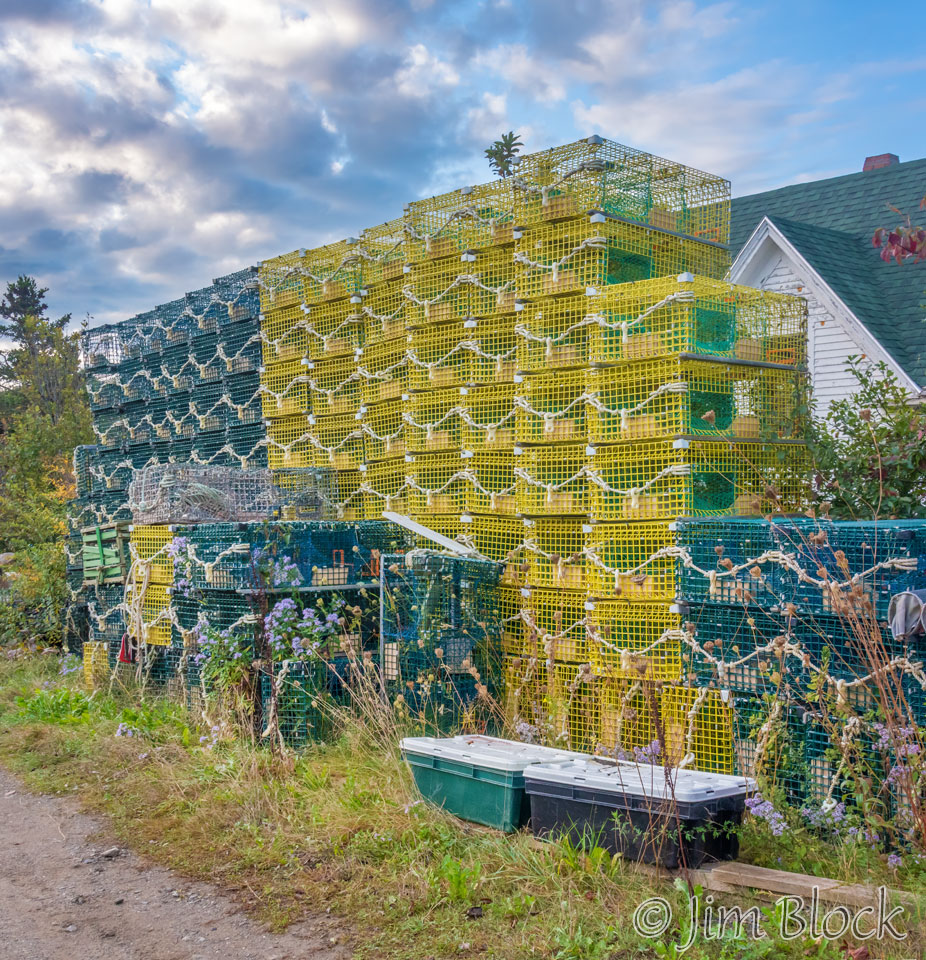
In front of the Monhegan Brewery was a very long row of traps. I took this photo Saturday.
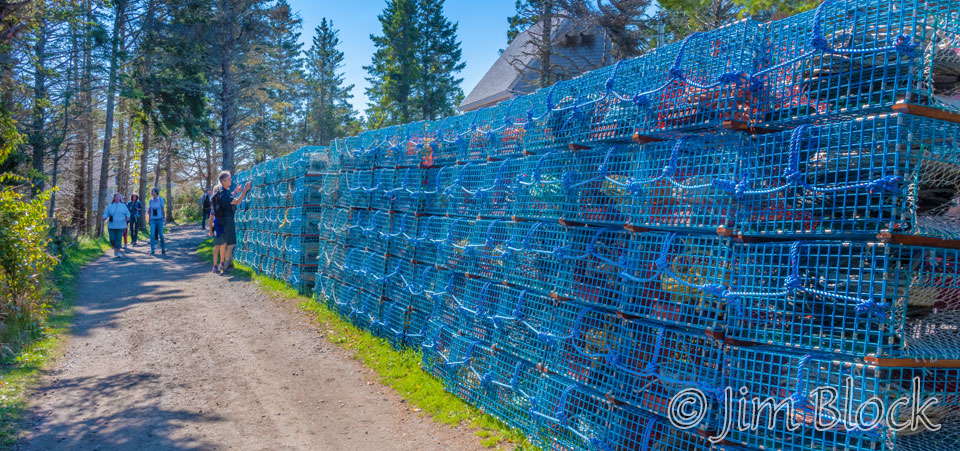
By 2:30 PM Sunday, the same spot looked like this.
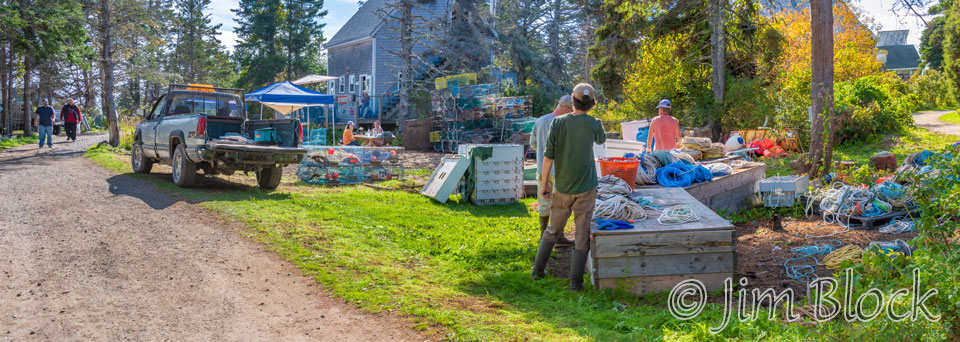
Here is some of the trap-moving action on Sunday.
Early Monday morning, many of us headed down to the dock. By 6:15 AM, most of the boats were ready to go.
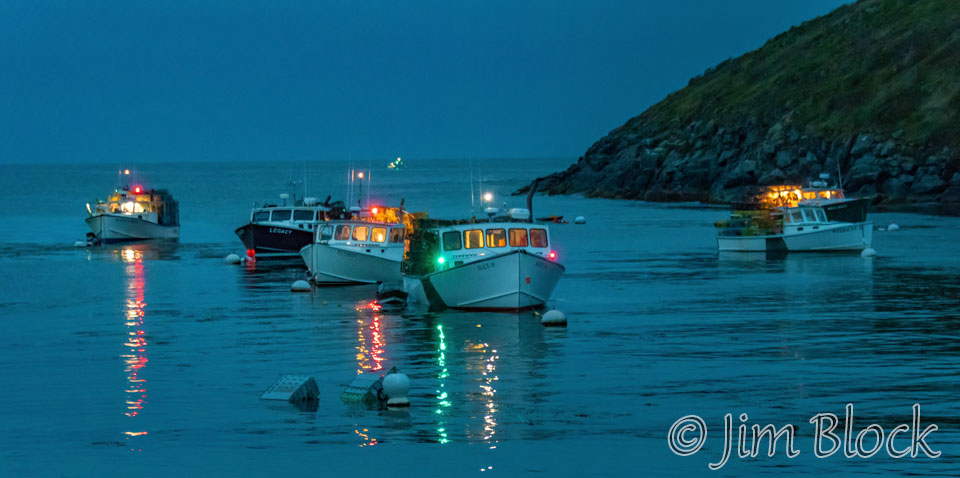
Around 6:30 AM, a cannon was fired and the boats were off in unison. I’m told that the tradition is “if they all cannot go, none go”. By 6:34 AM, this was the scene looking in roughly the same direction as the photo above.
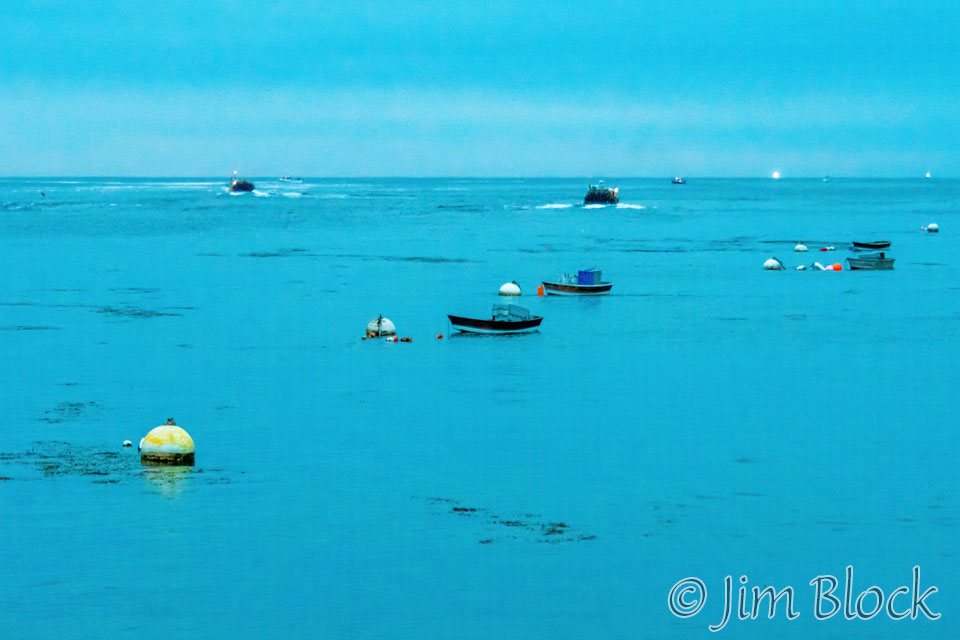
Here are some of the boats heading out and some of the lobster men and women.
There were still many lobster traps on the dock. The boats came back every hour or so to load and set more traps. Here is “Chris” setting some traps off Lobster Cove.
Finally it was time to leave. Our bags got transferred to the dock in the rain.
Here my red duffel and tripod are being carried to the boat. I carried my cameras and lenses myself in my backpack.
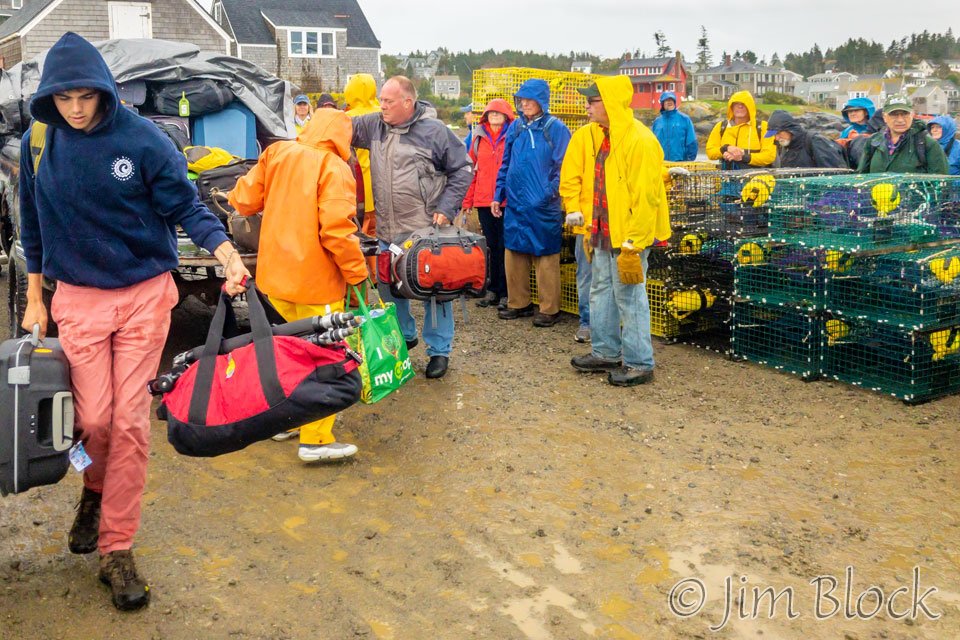
There were still lobster men and women at work Monday afternoon.
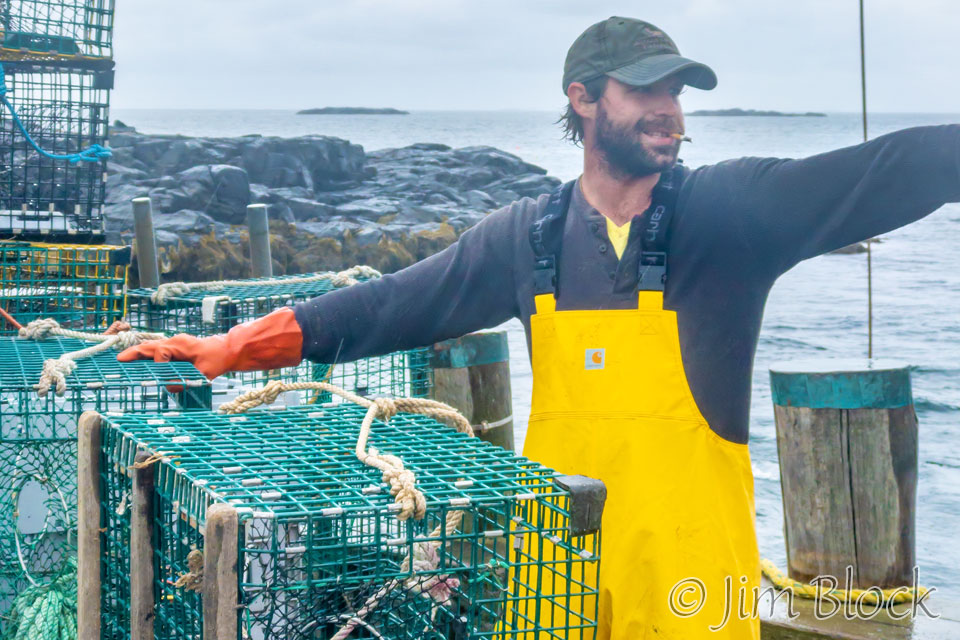
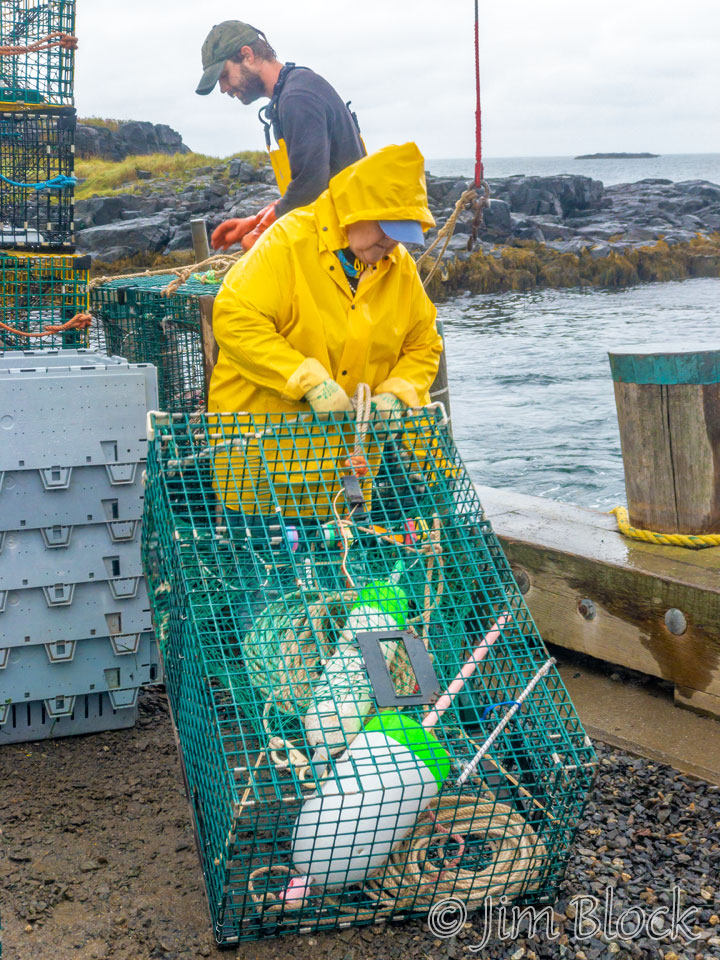
Unlike the trip to Monhegan where almost everyone rode on the upper deck, on Monday everyone crowded the lower cabin — it was cold and rainy. I took a photo through the fogged cabin window. It came out “artsy”.
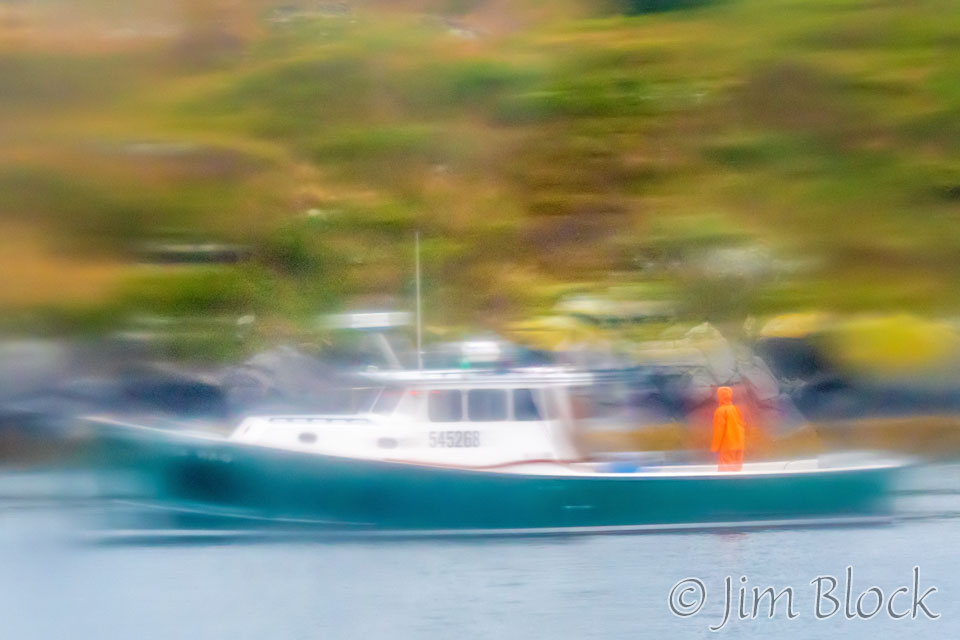
I wanted to get a few more decent photos of the island as we departed, so I went to the back deck where I could photograph without shooting through a window. Here is a photo of the lighthouse and museum up on the hill.
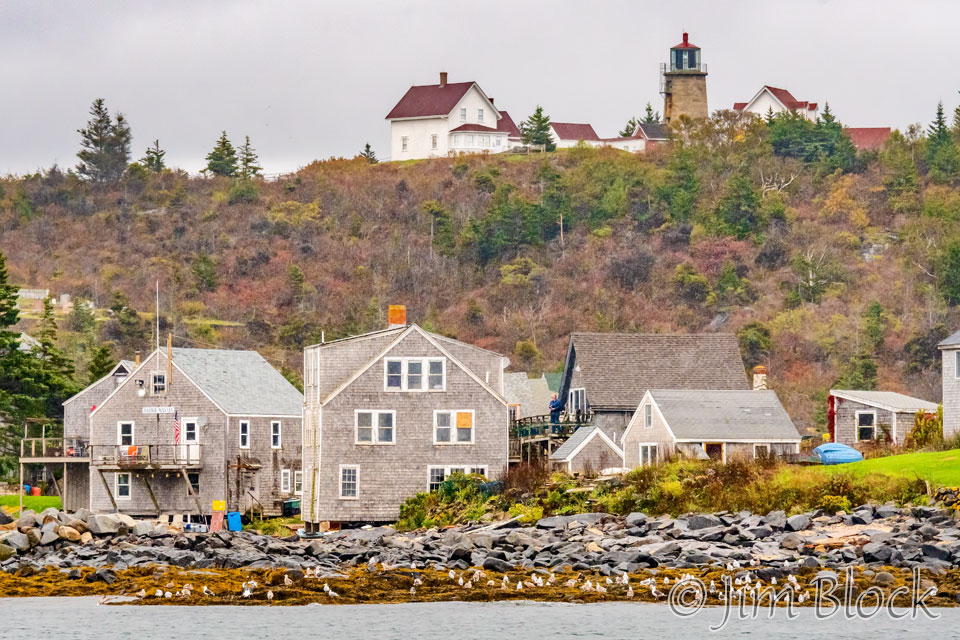
And finally a 12-shot panorama as we sailed past Monhegan.

It was a great 4 days. Thank you, VCE and fellow birders.

